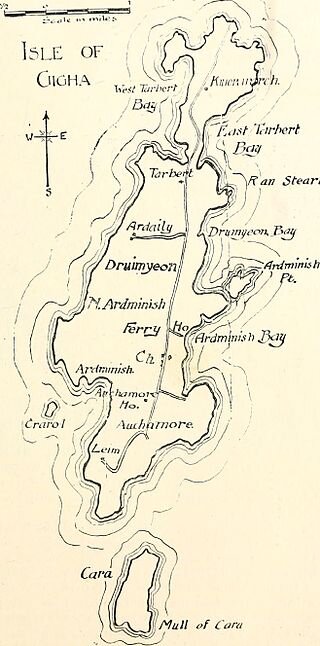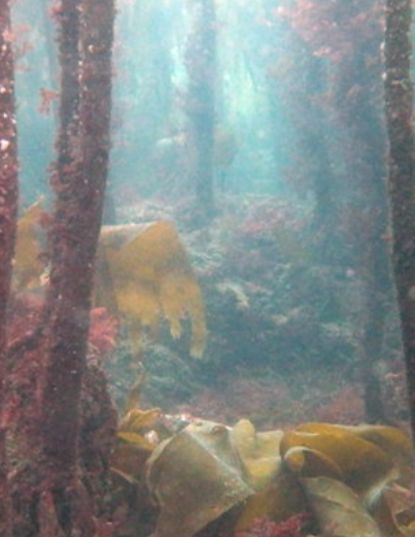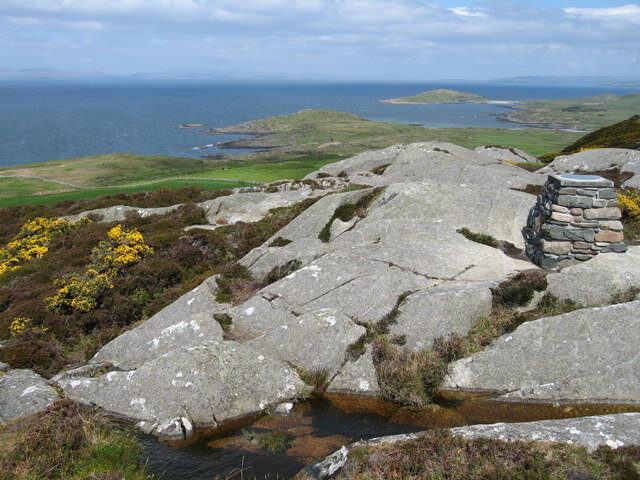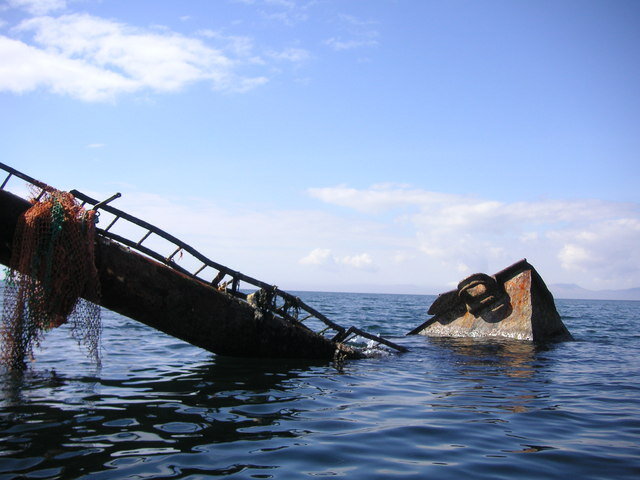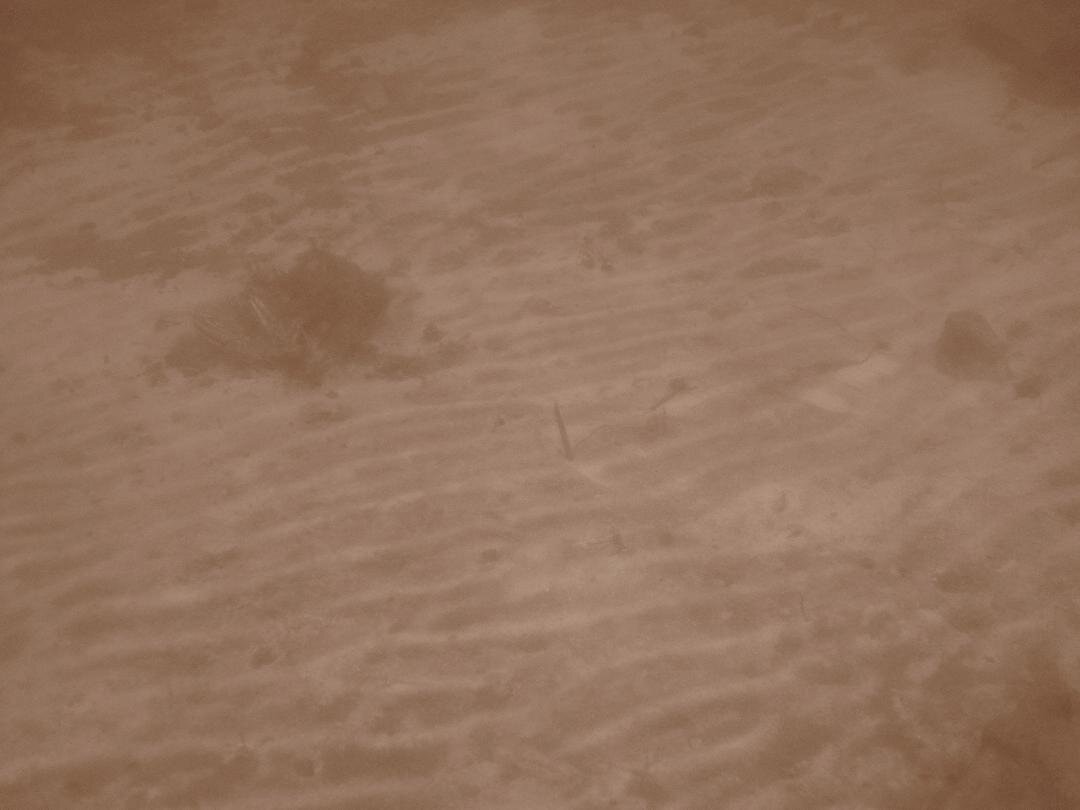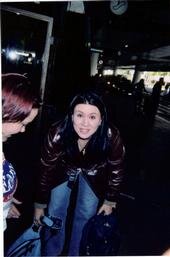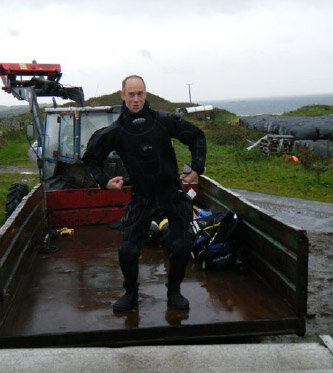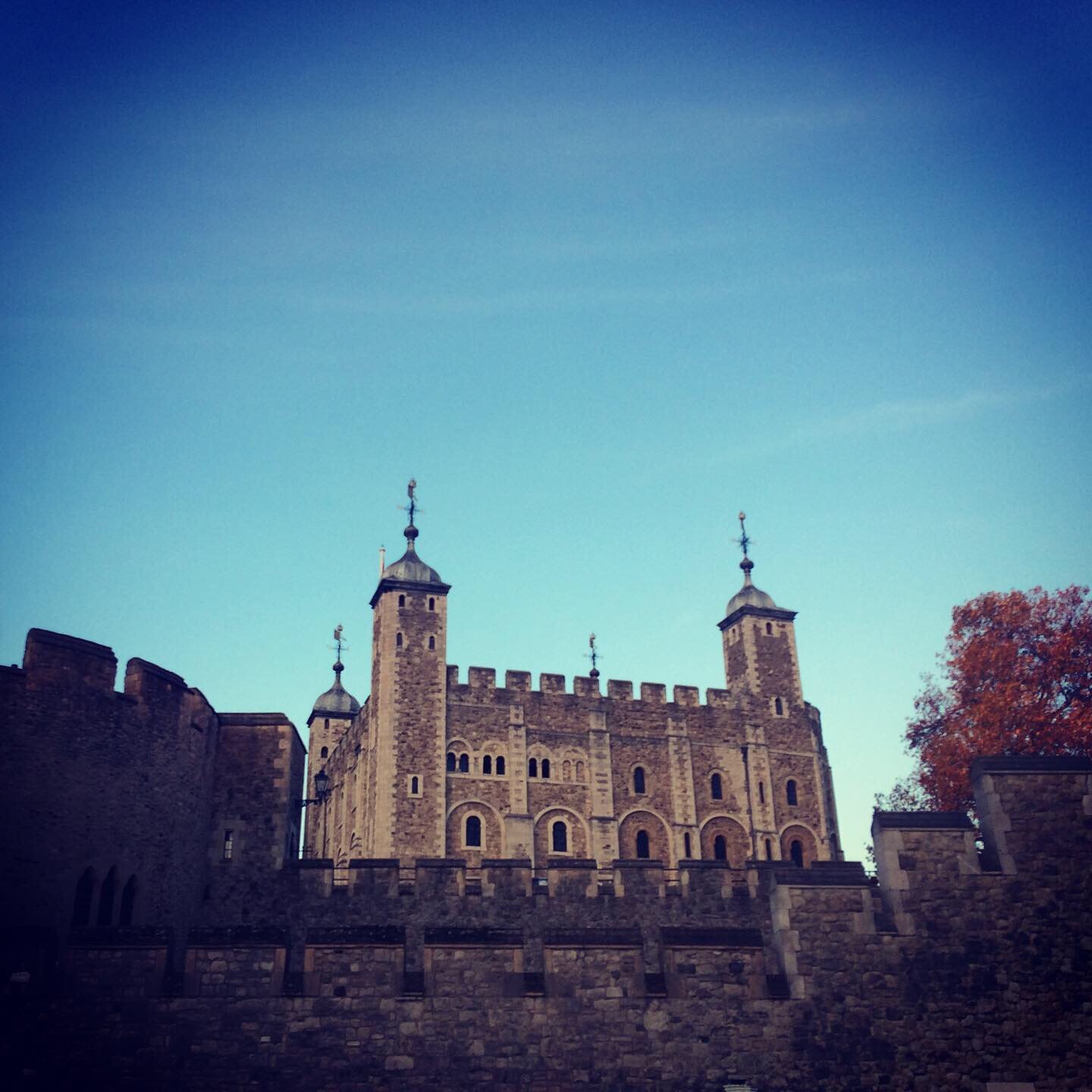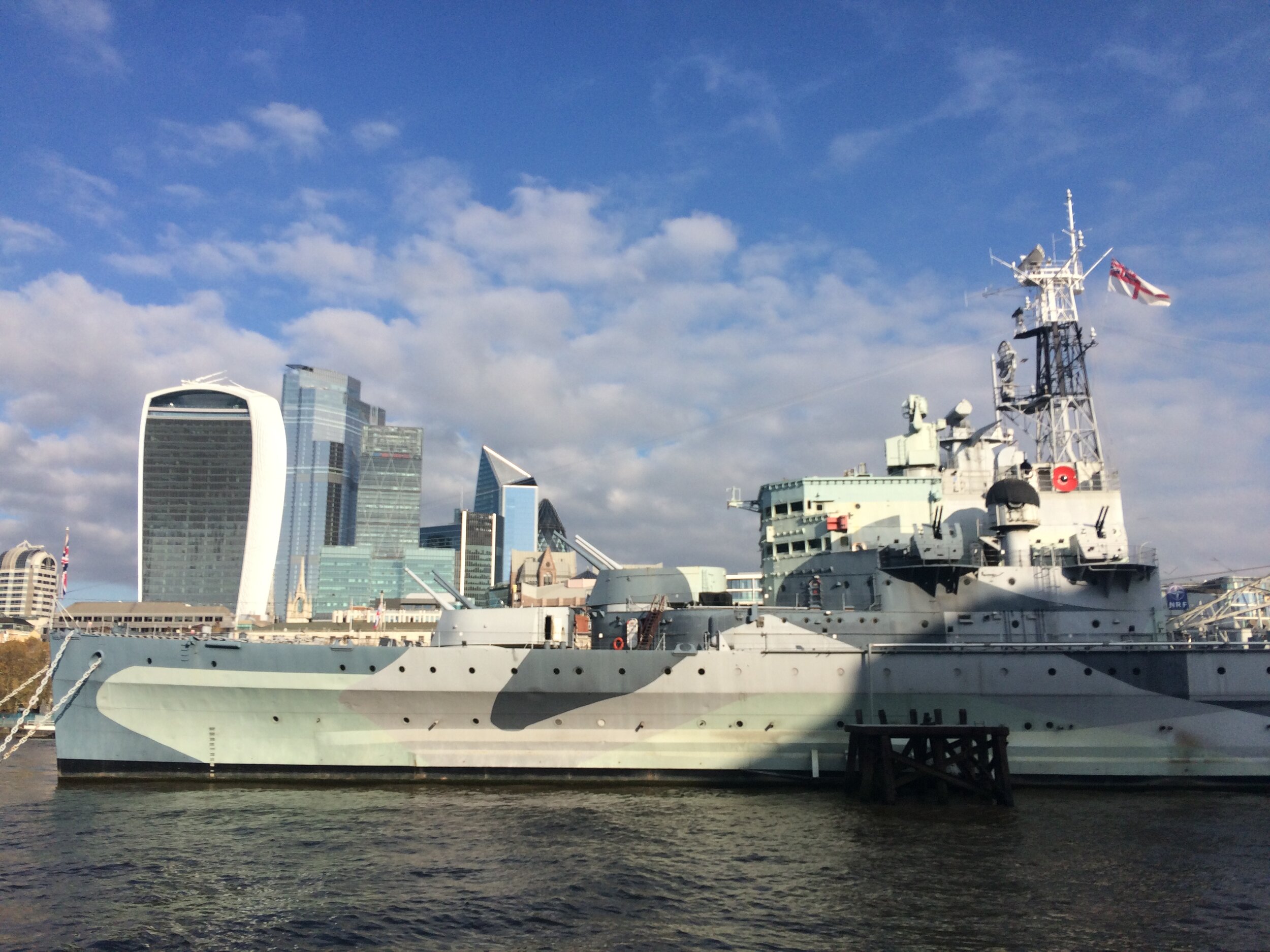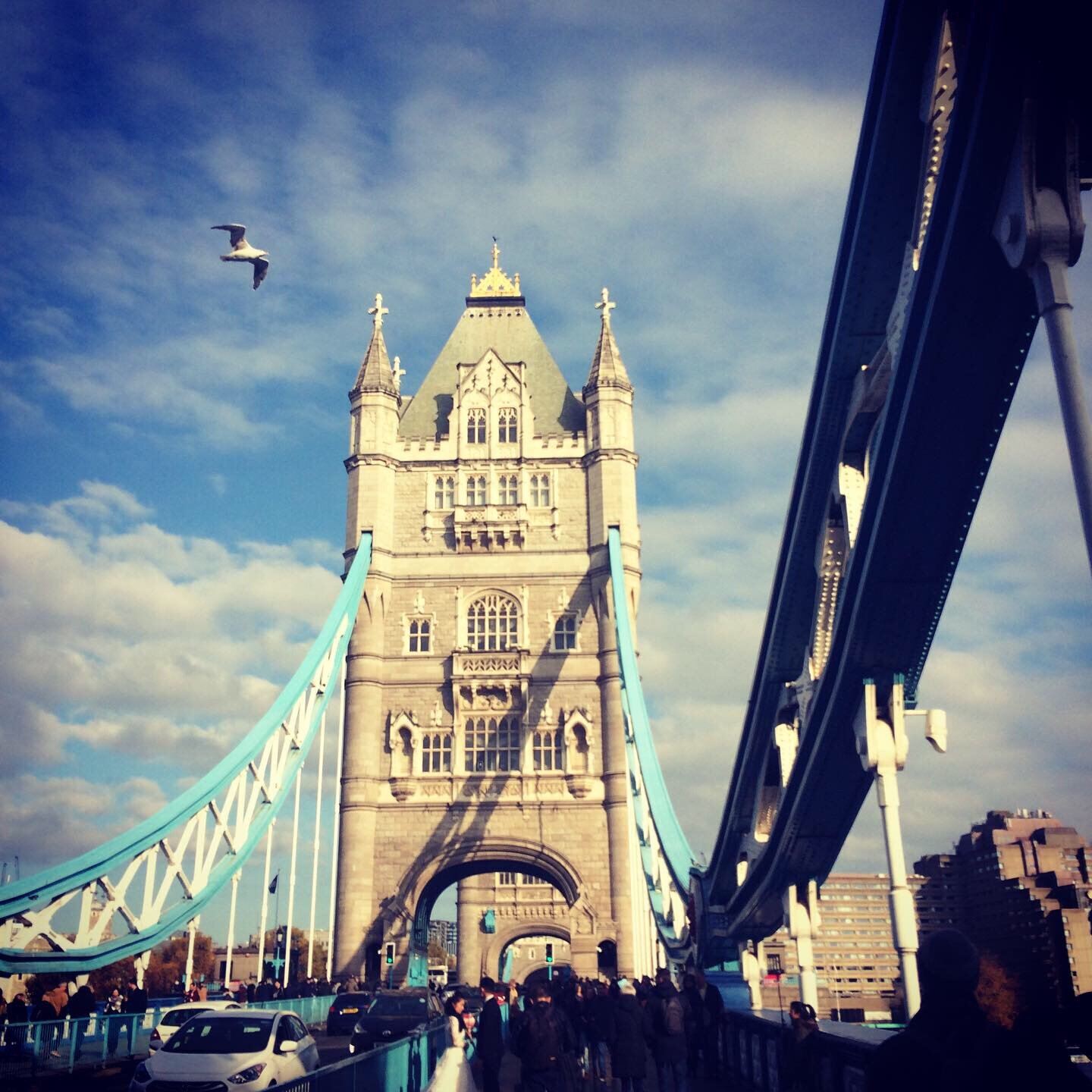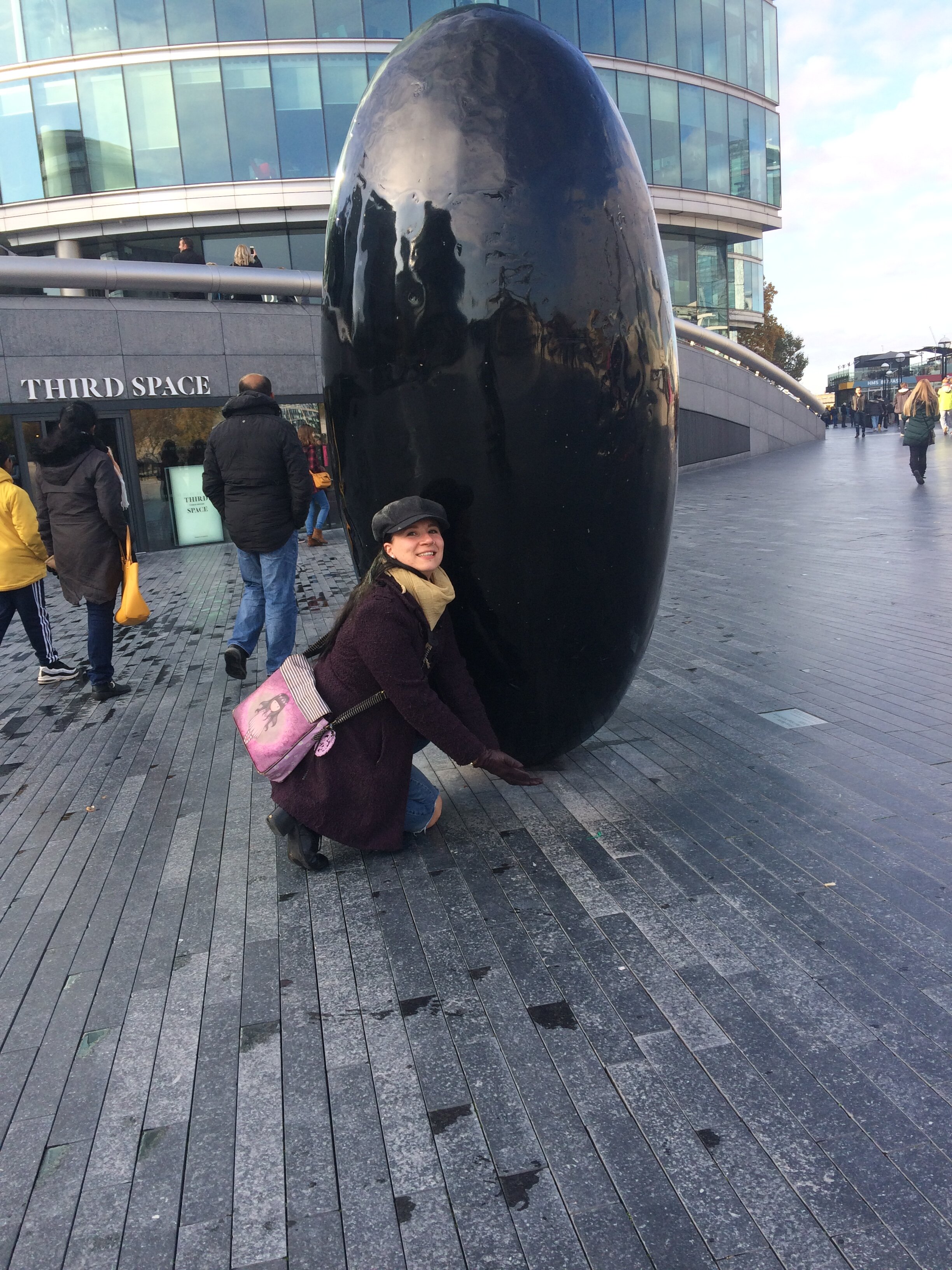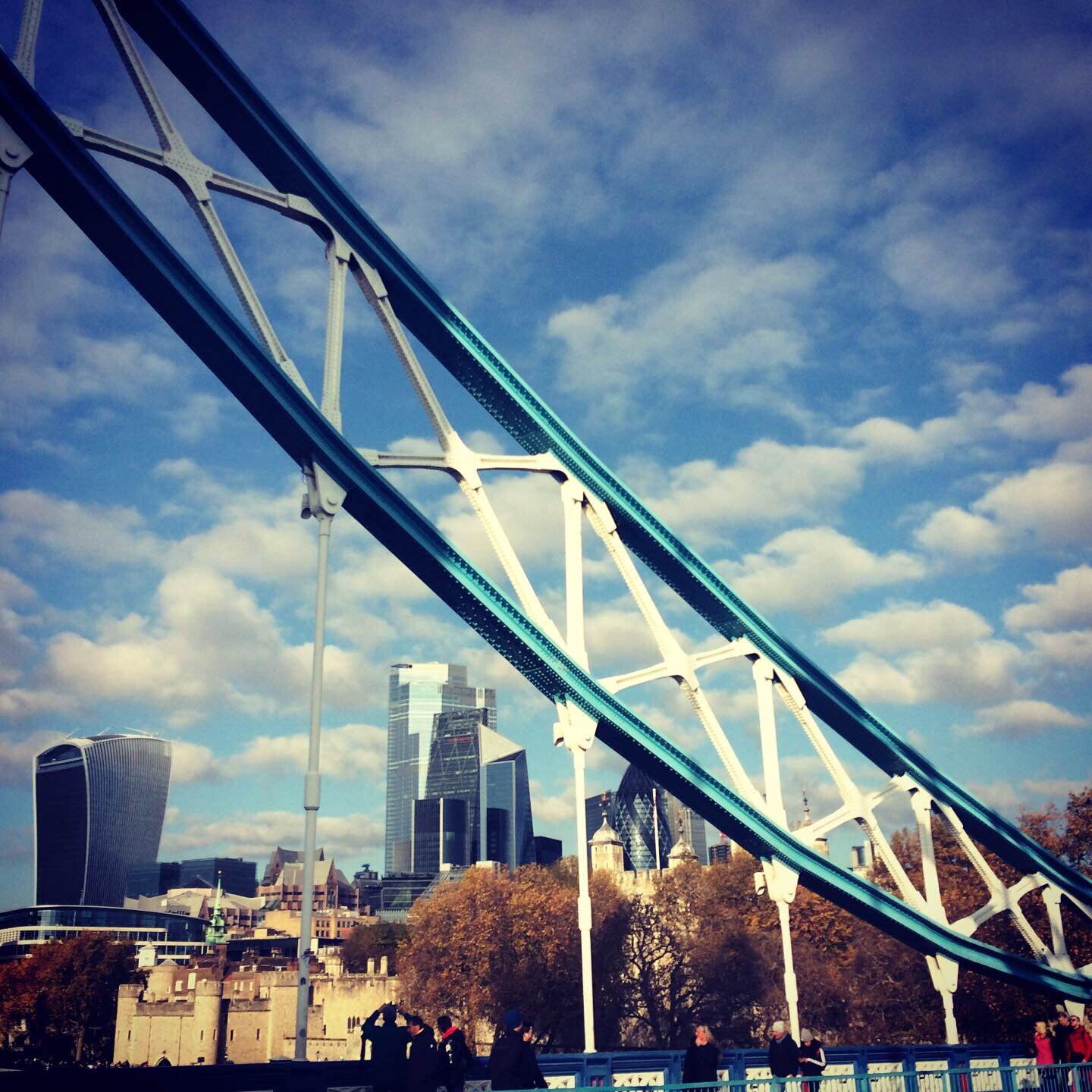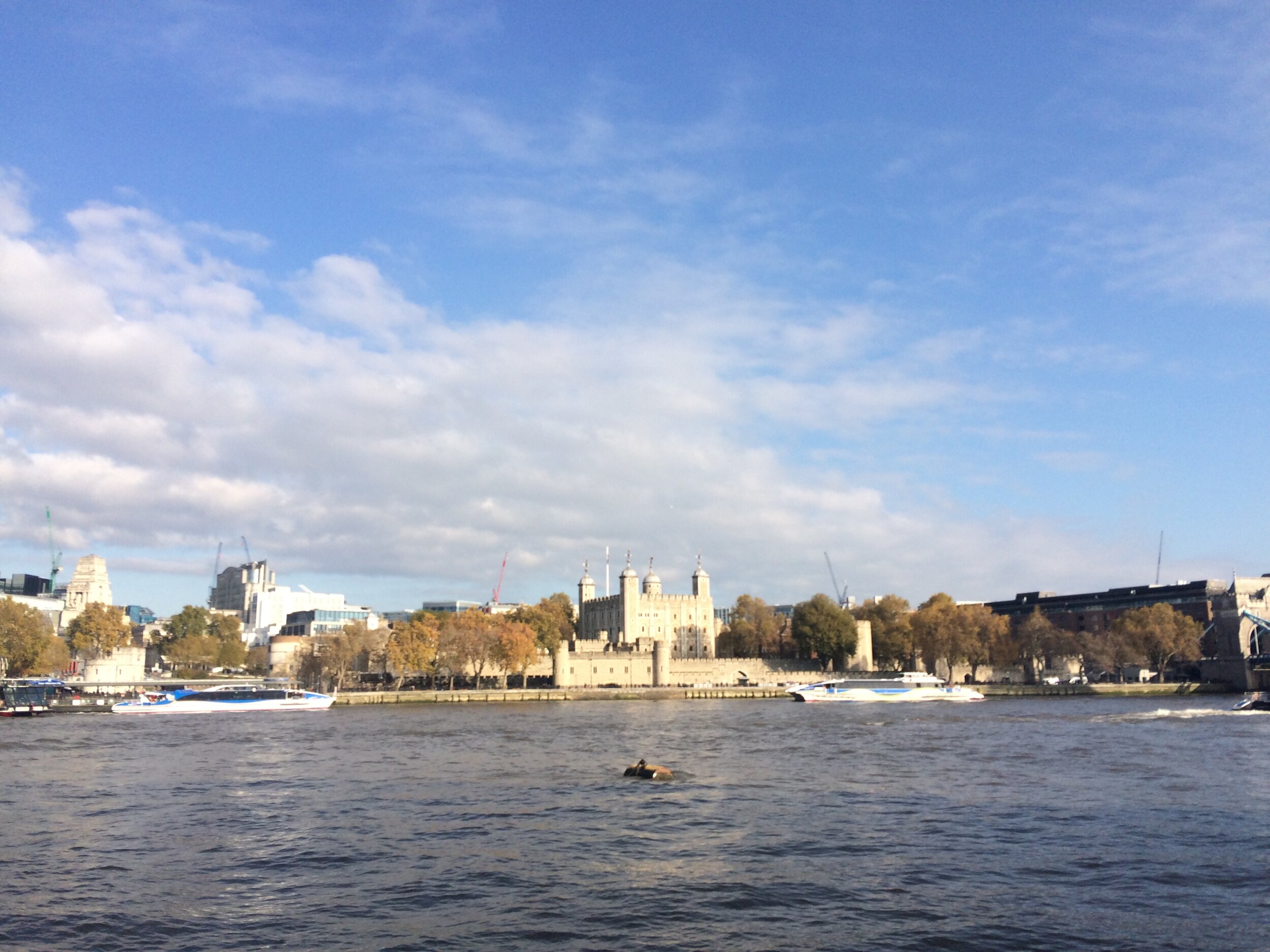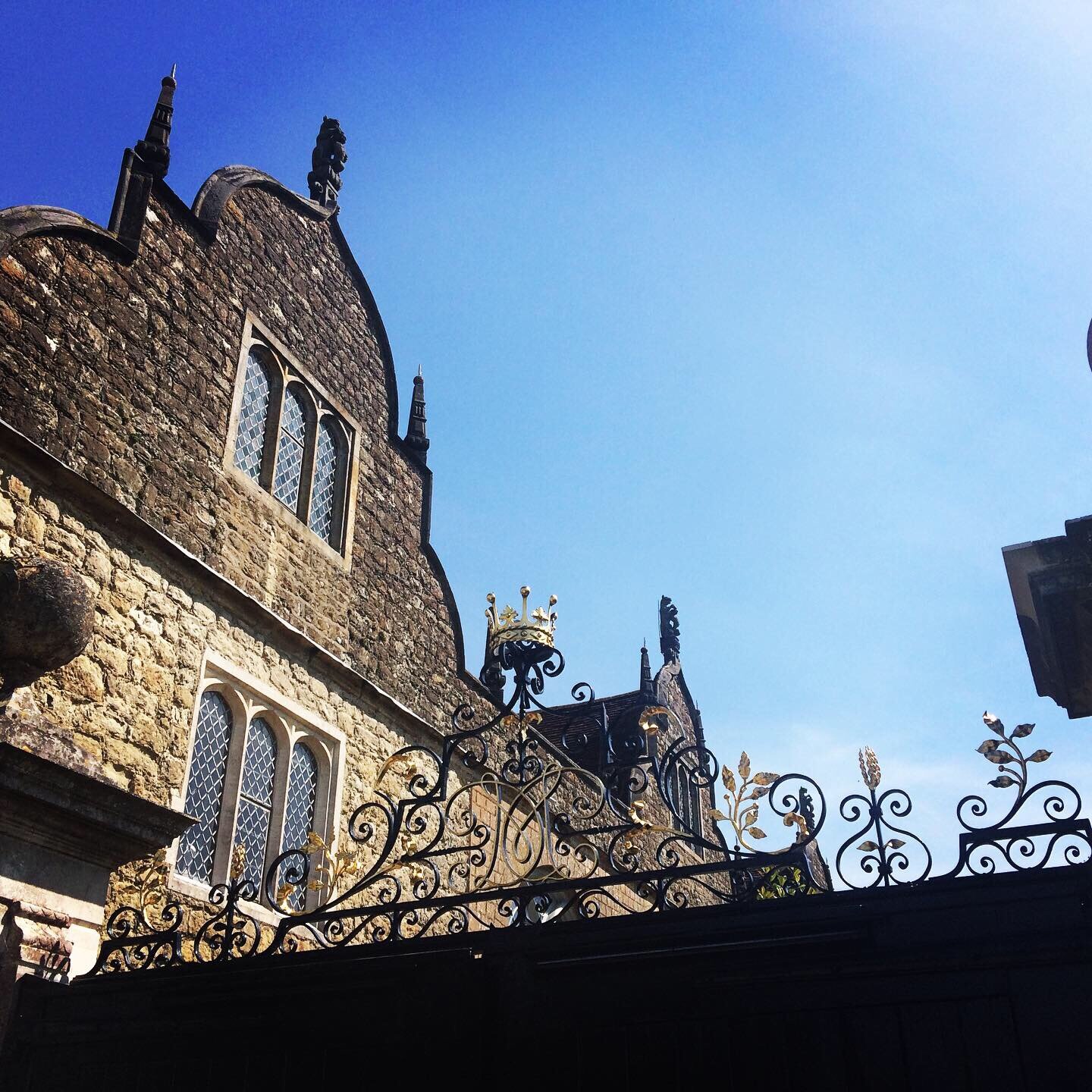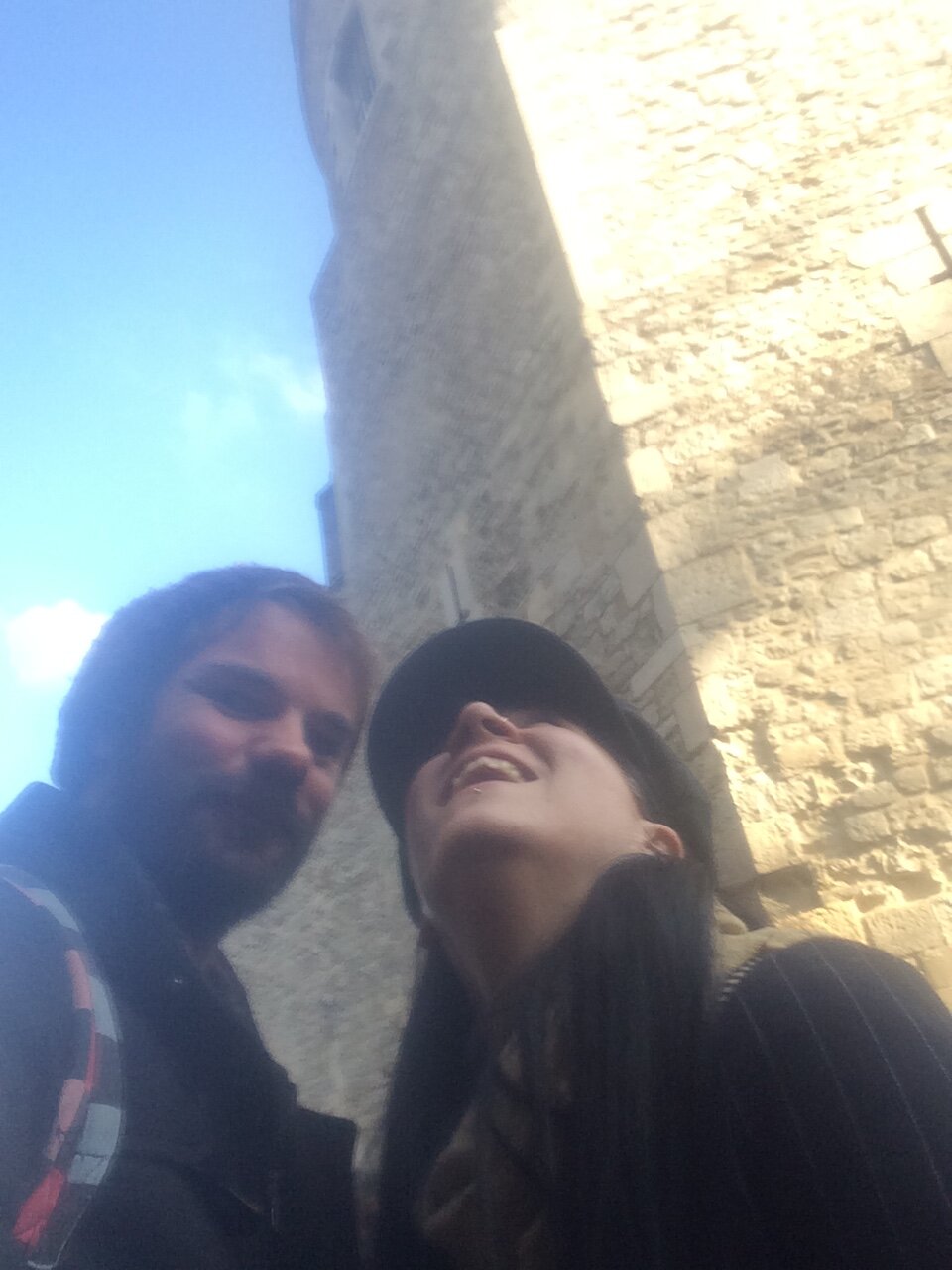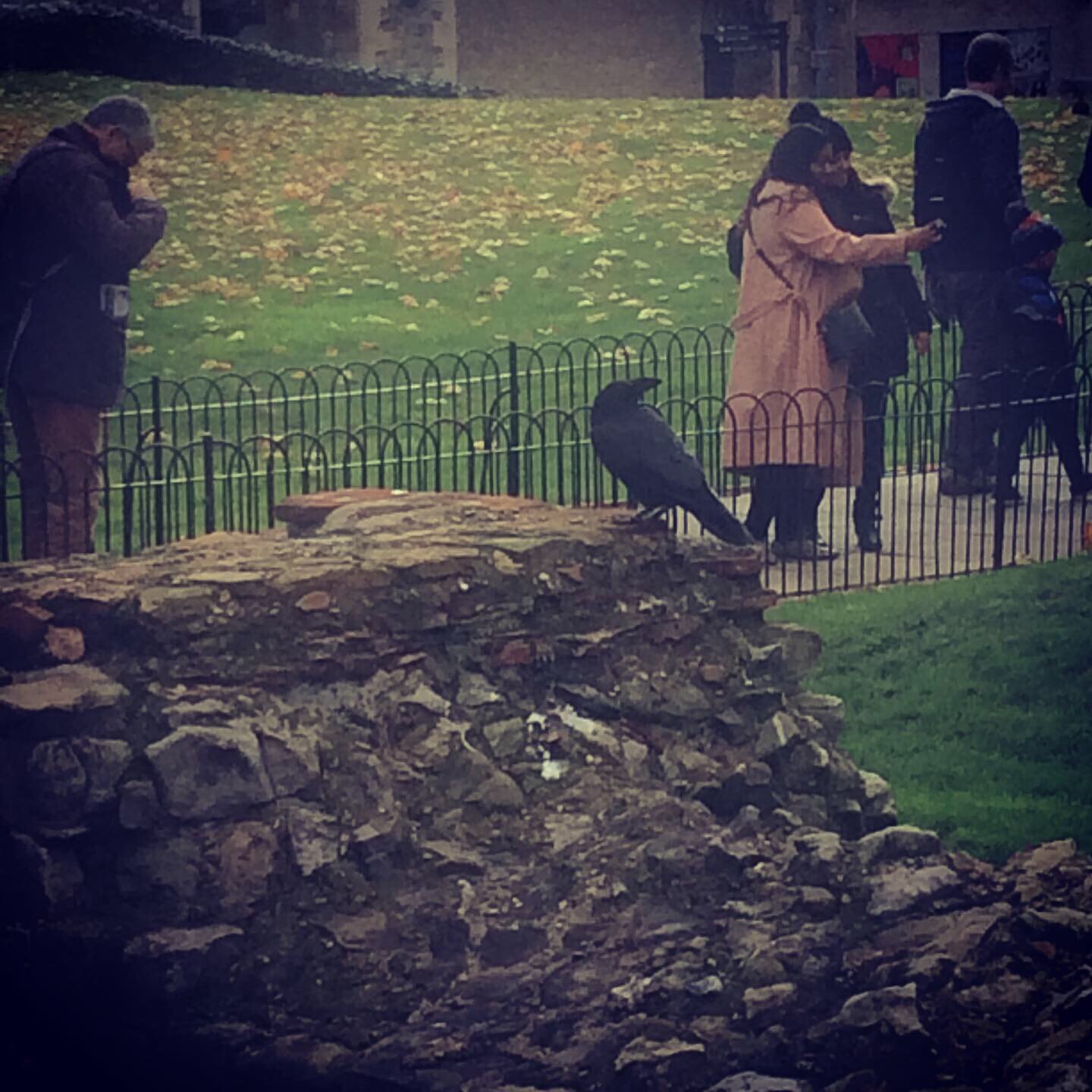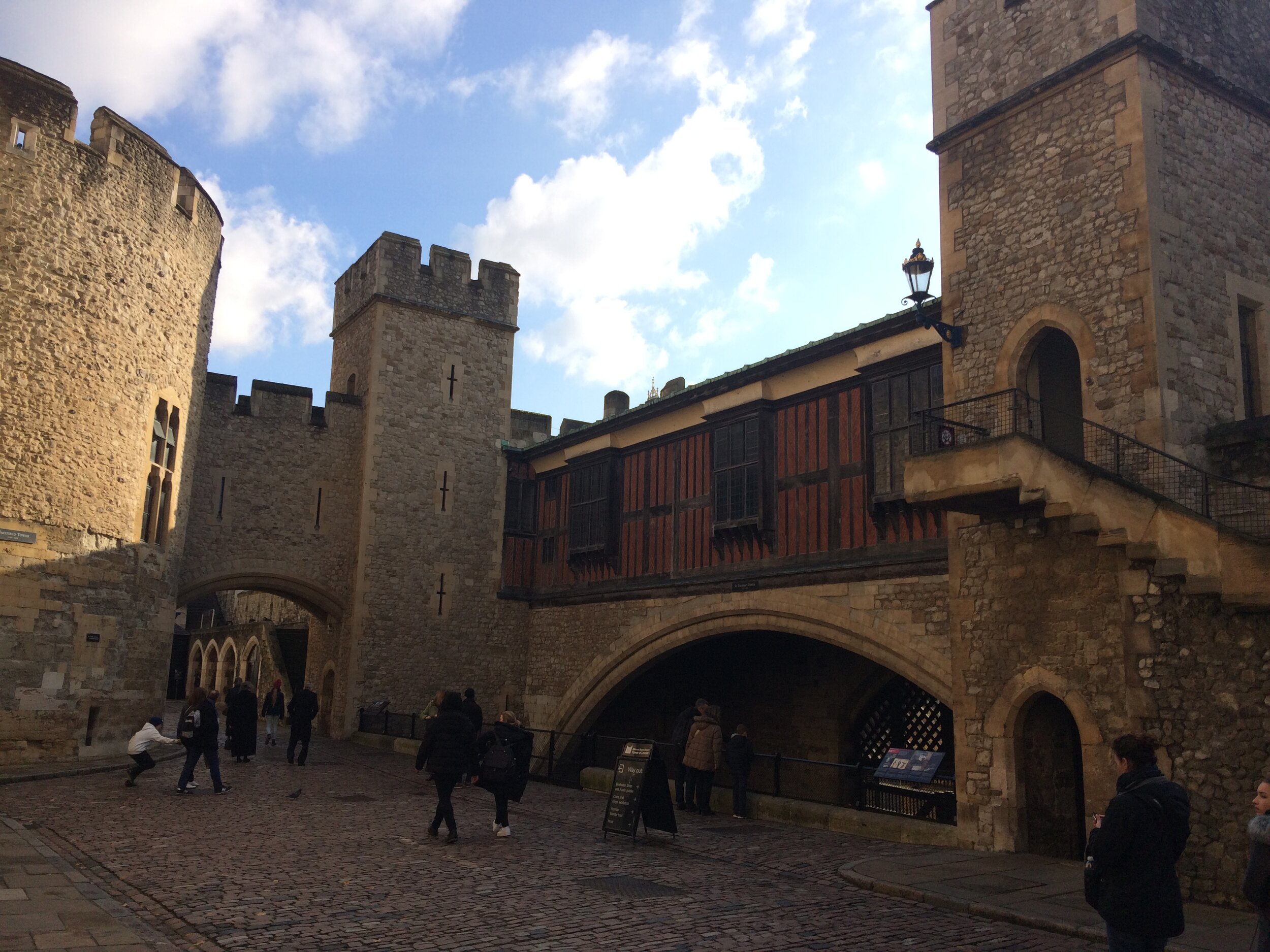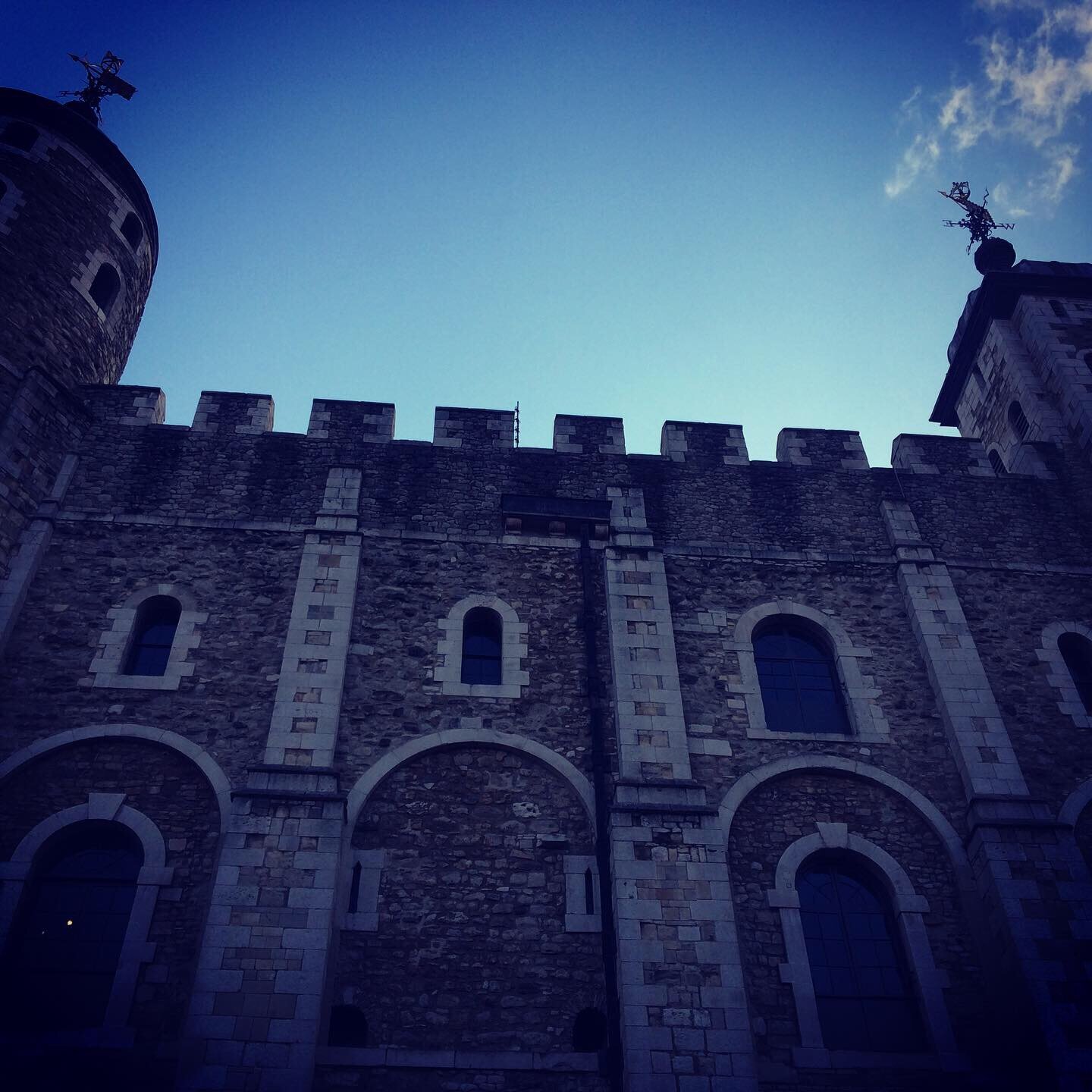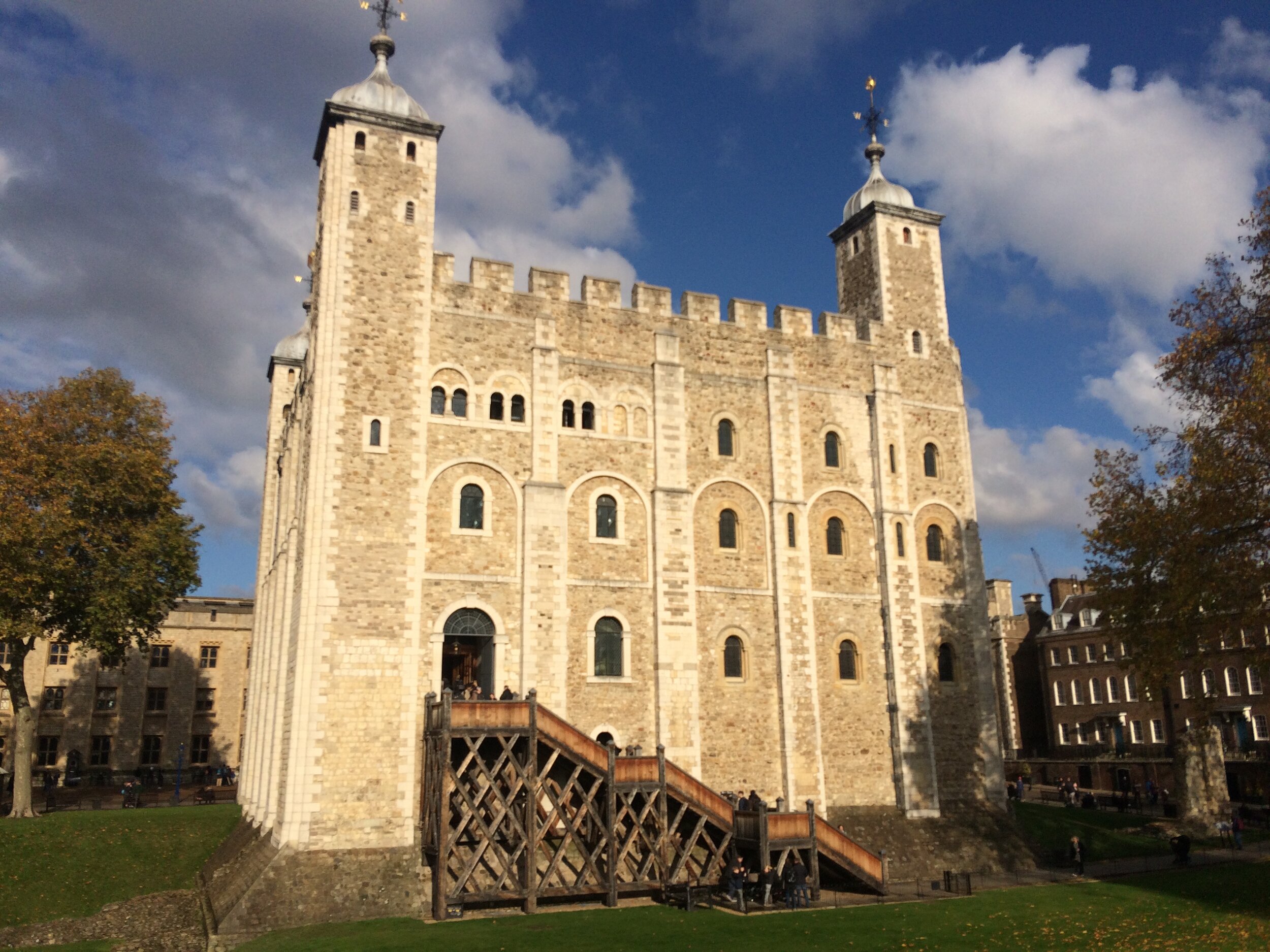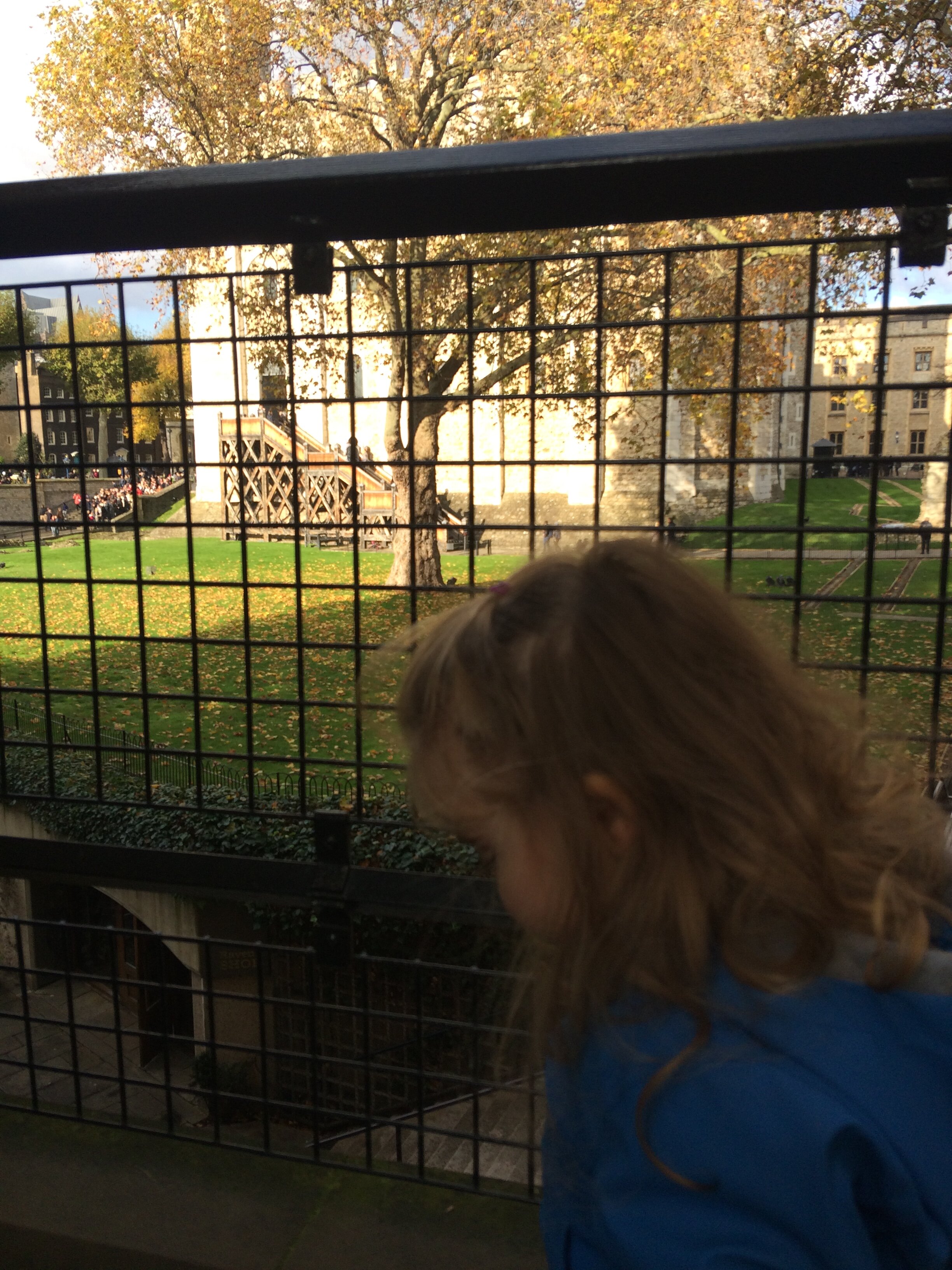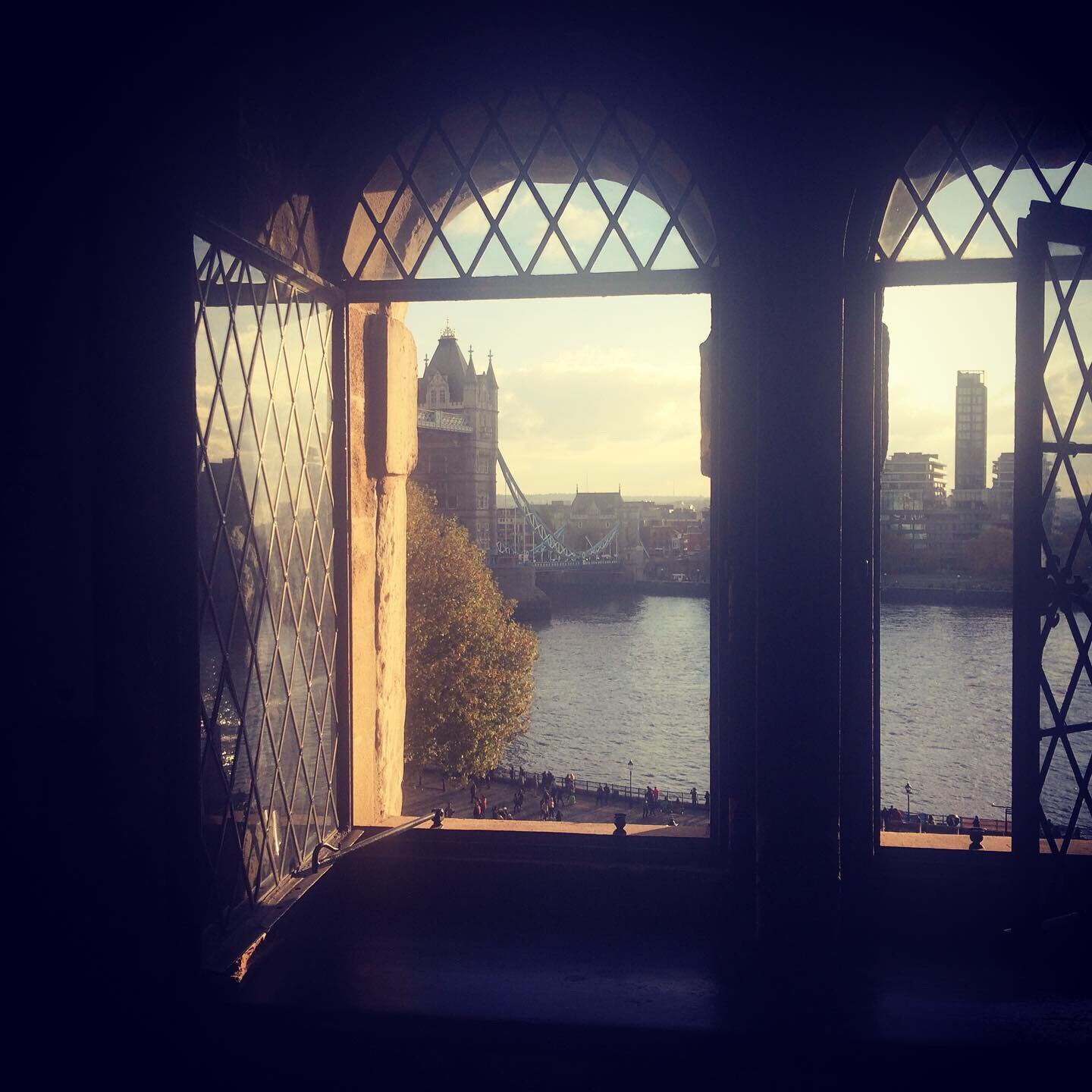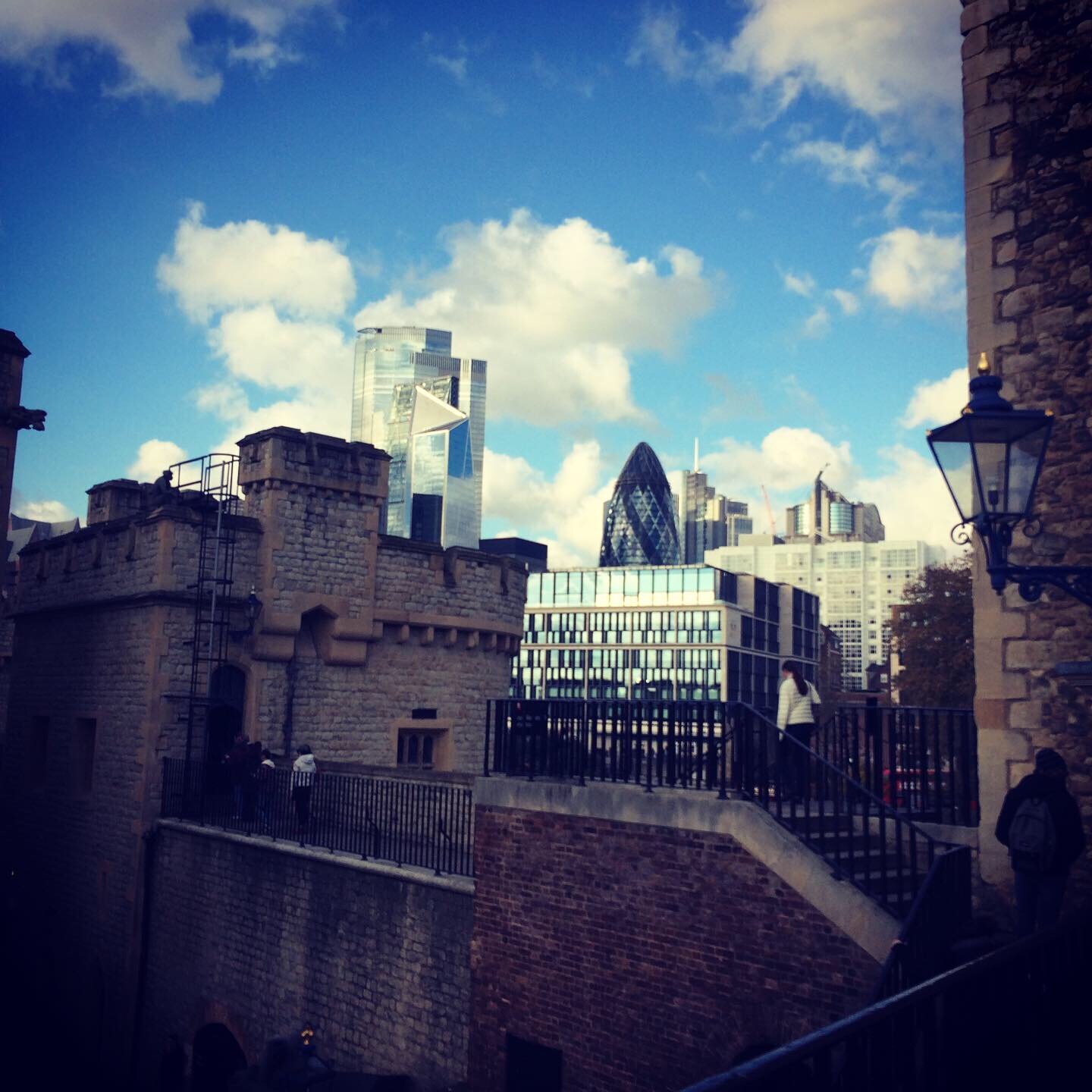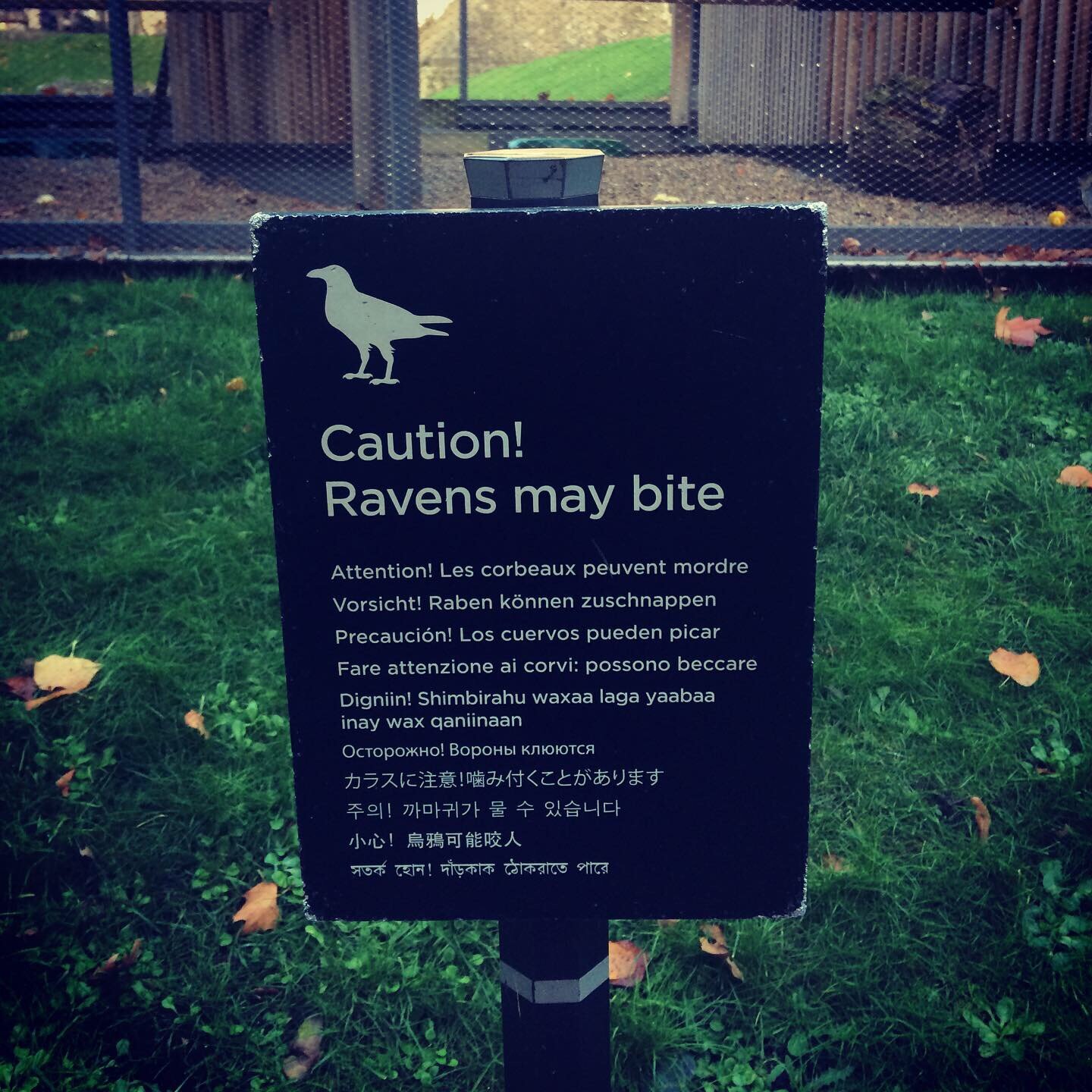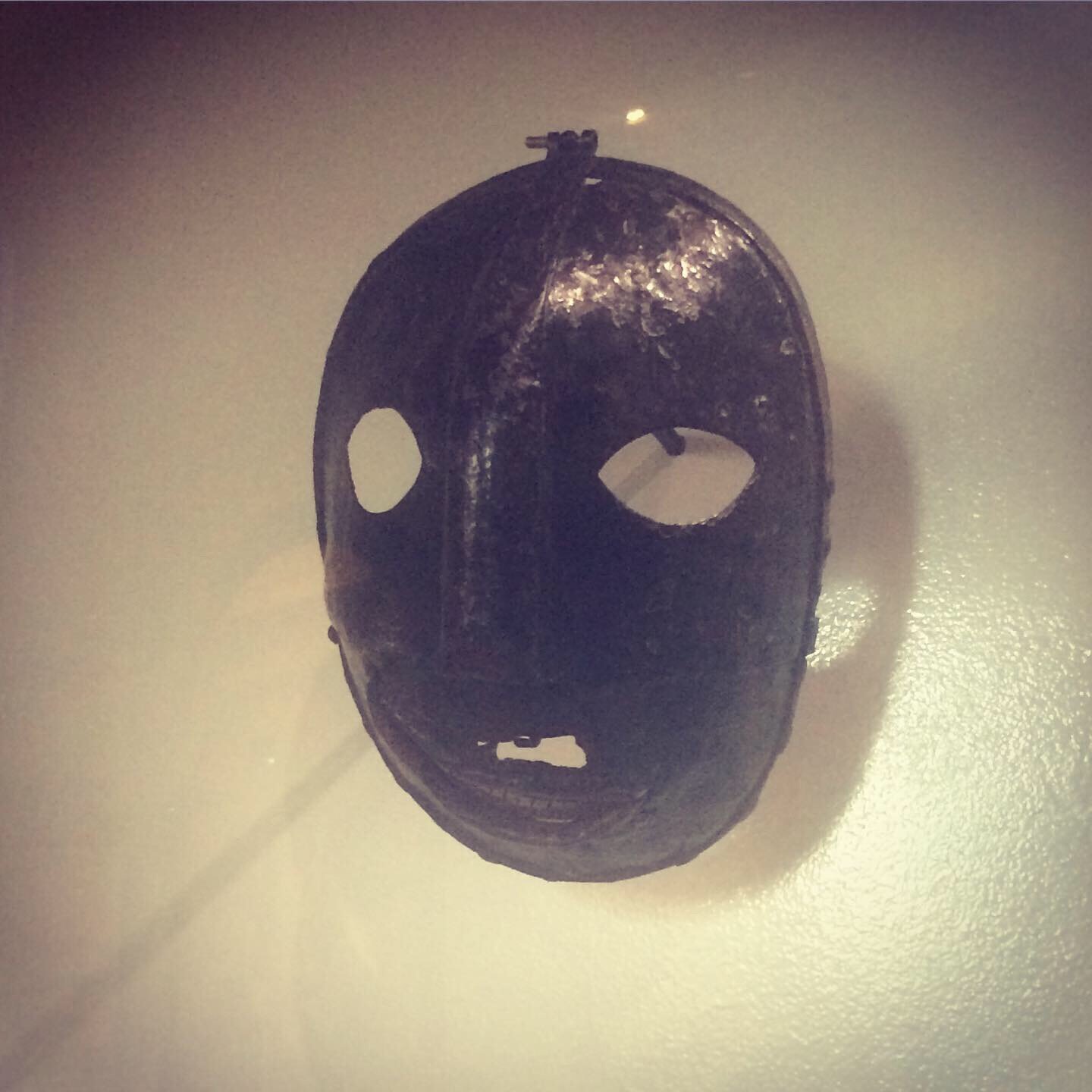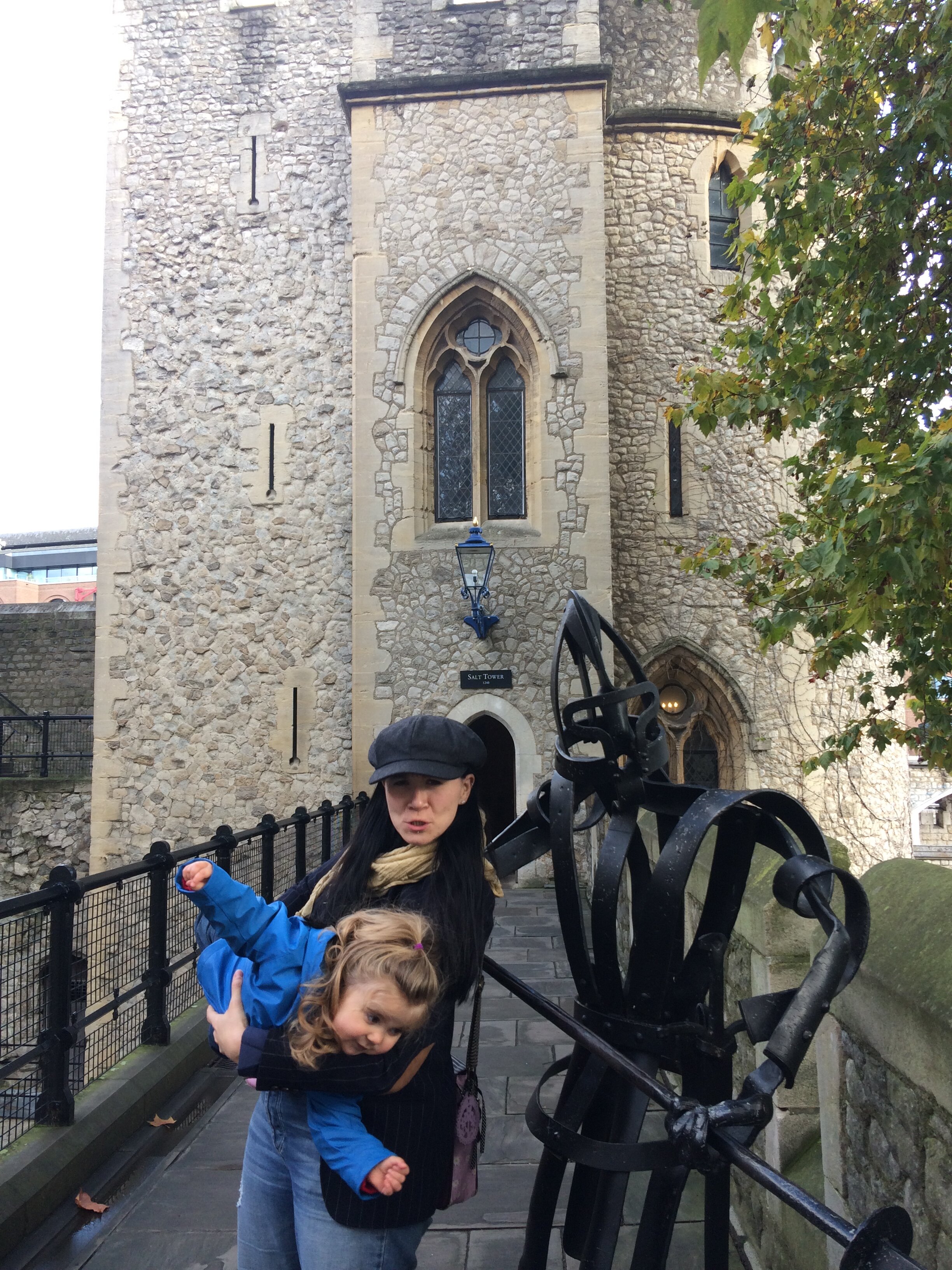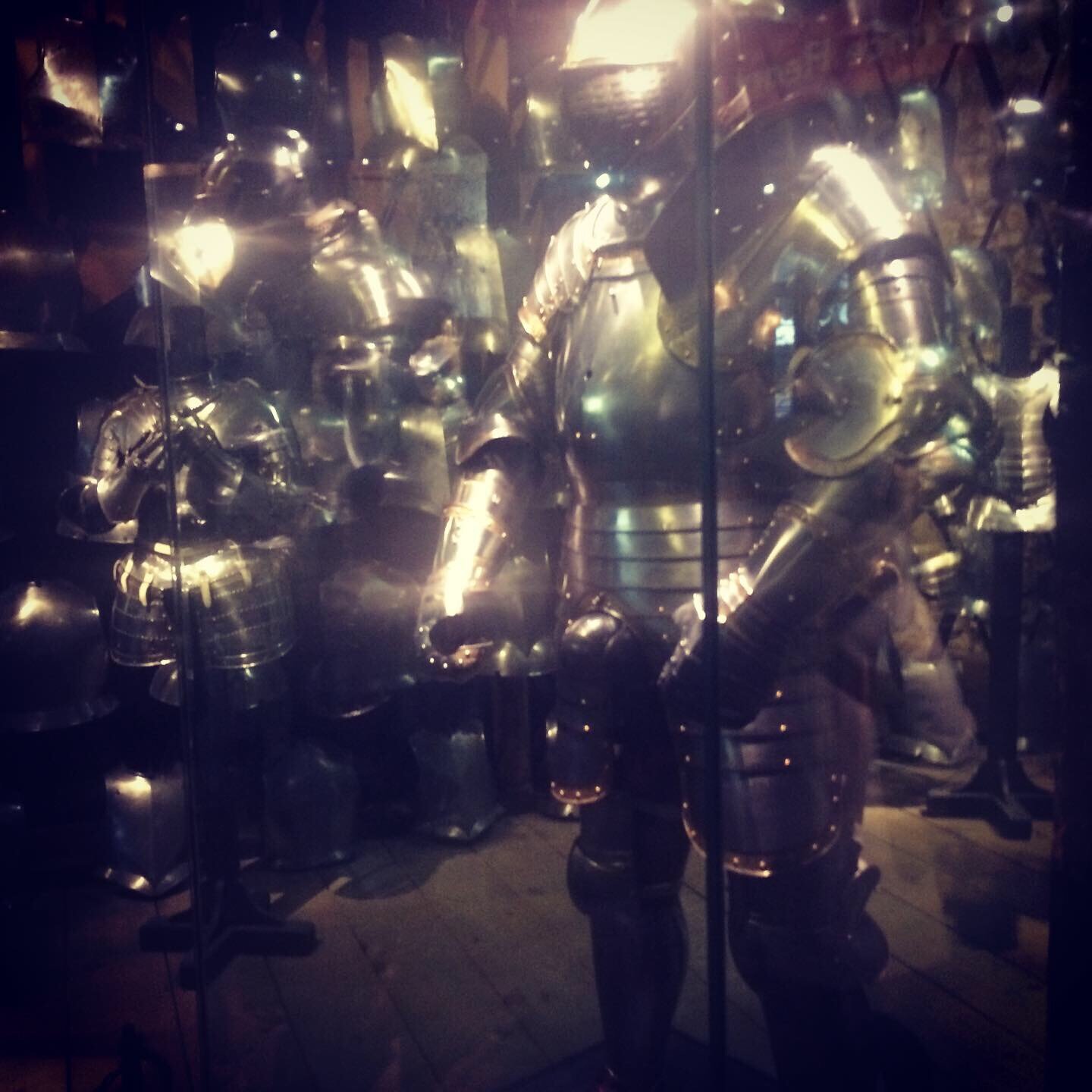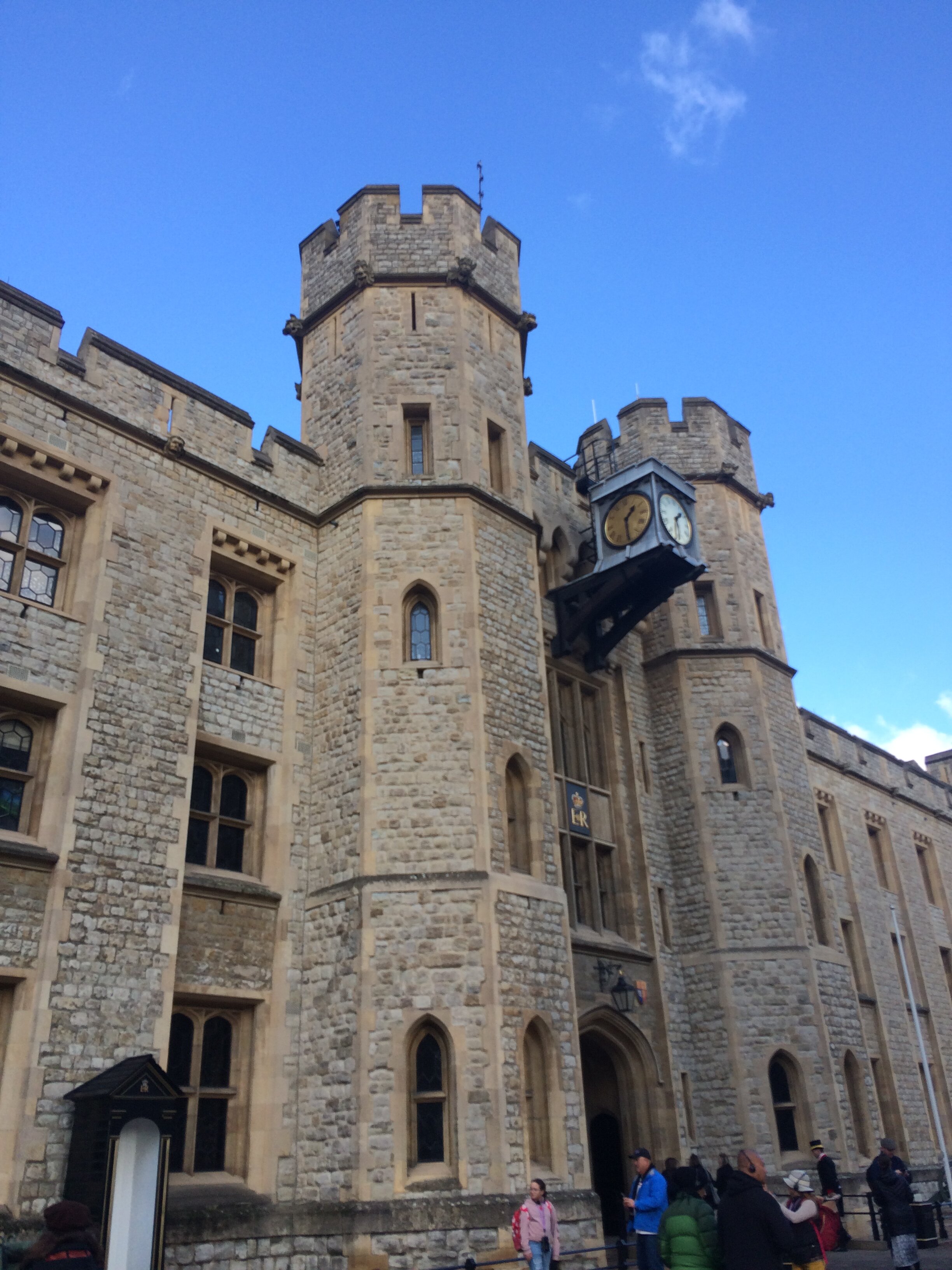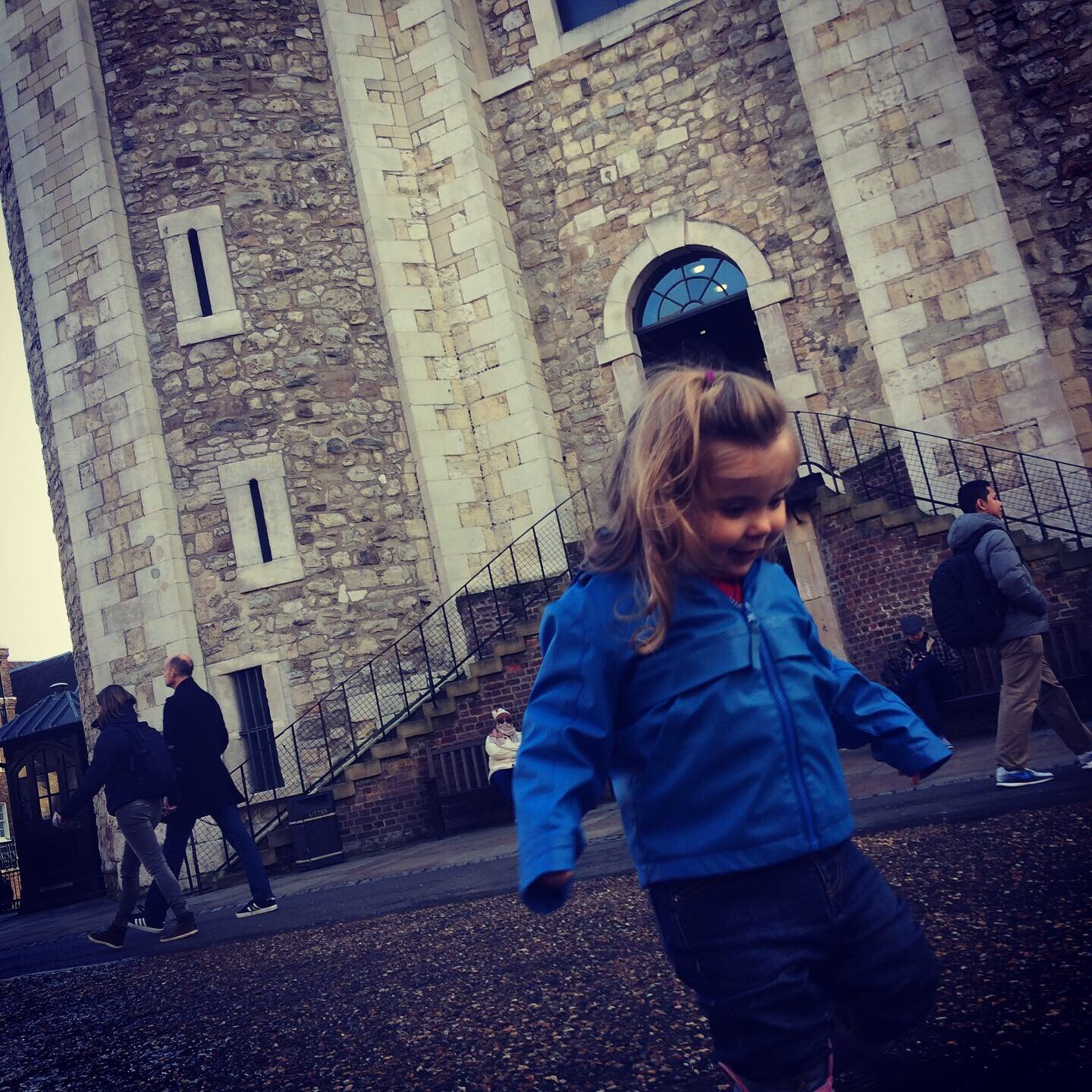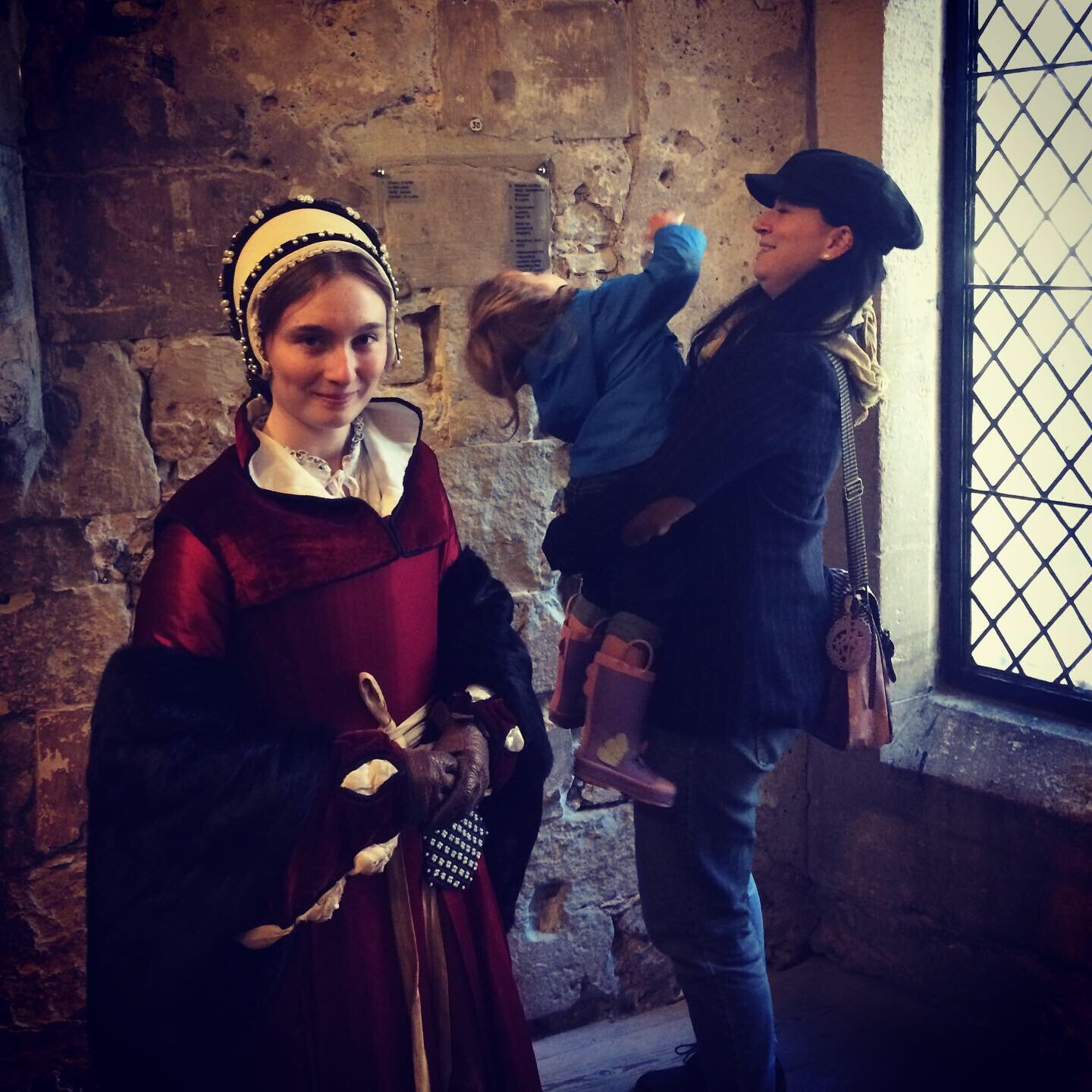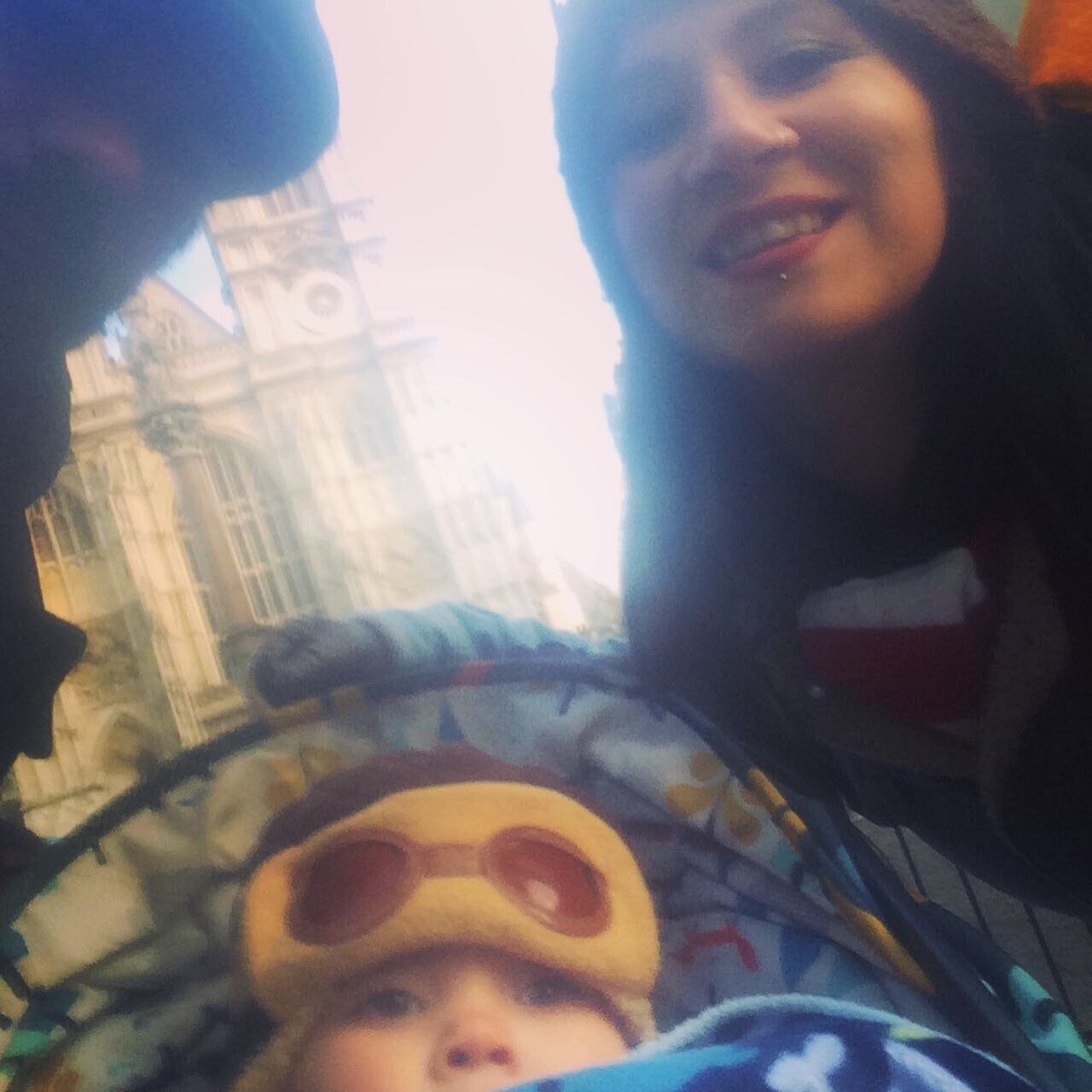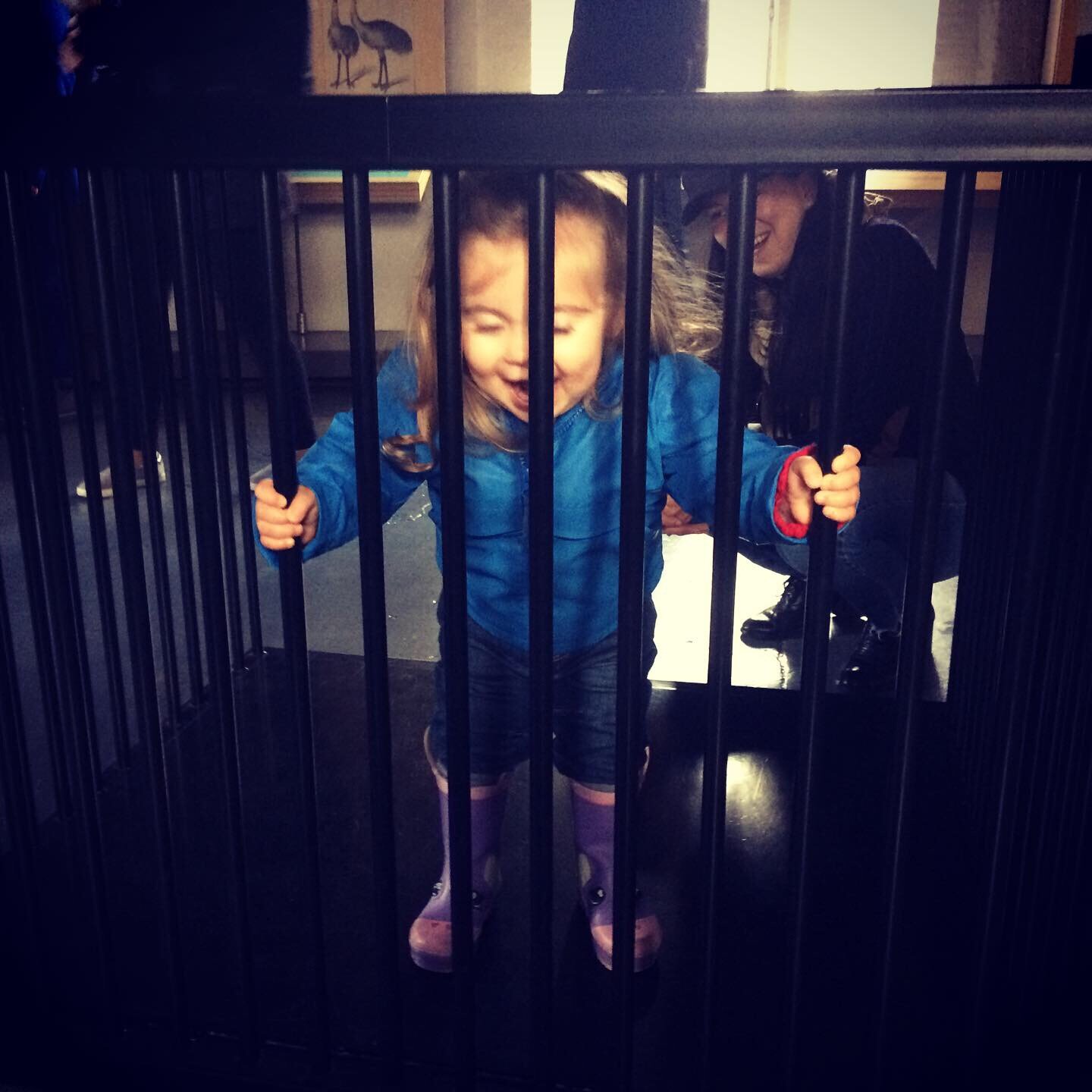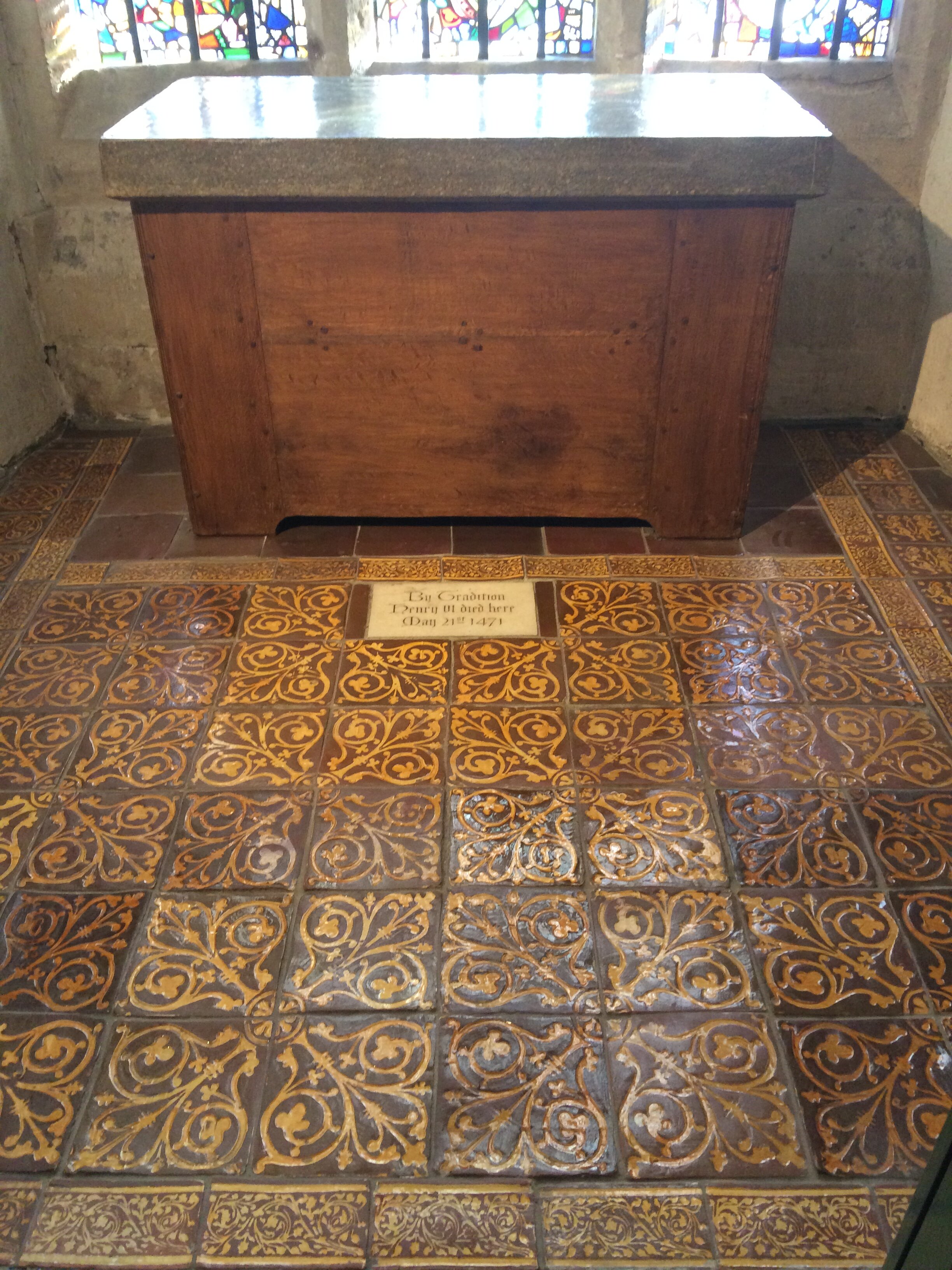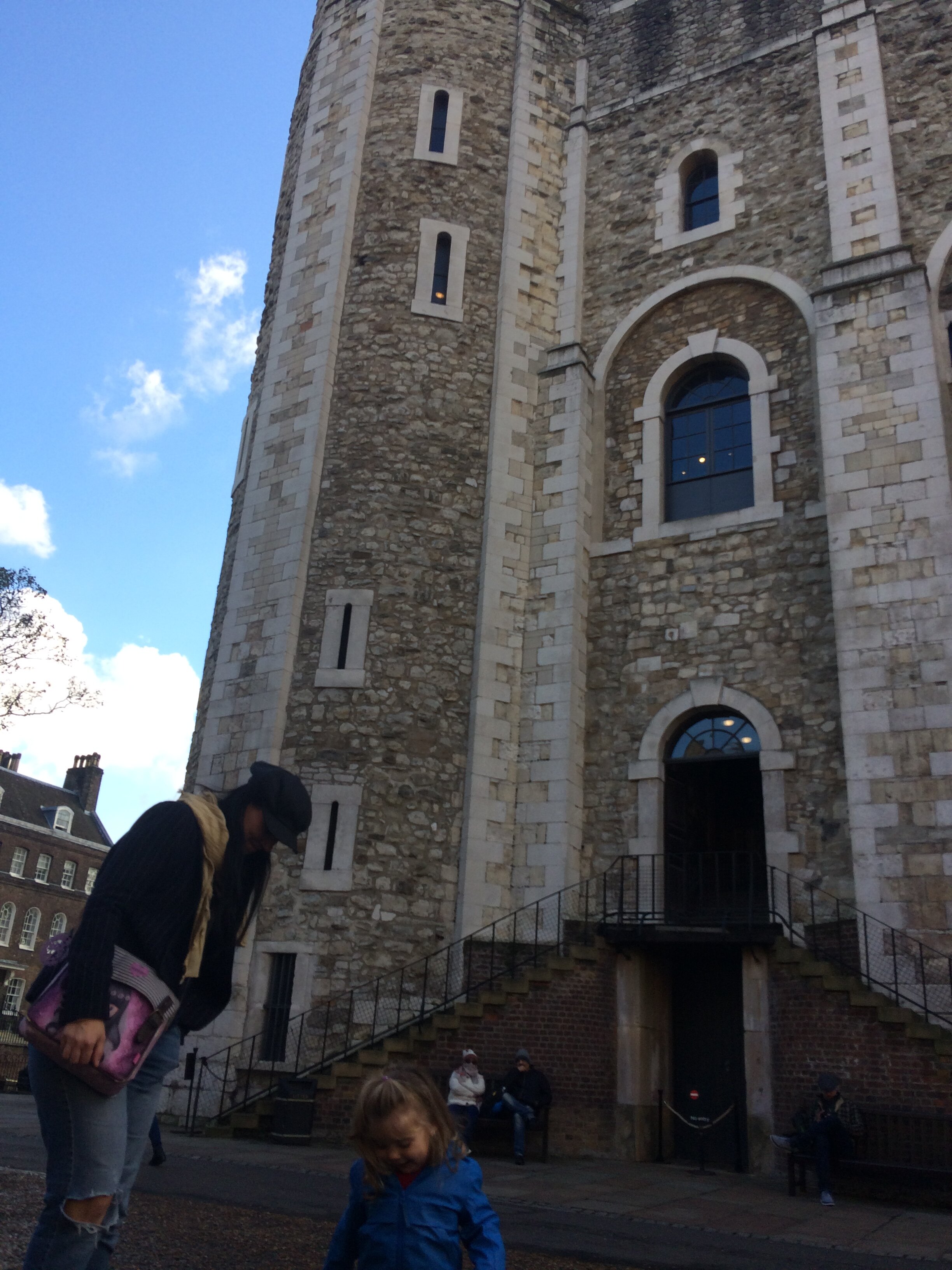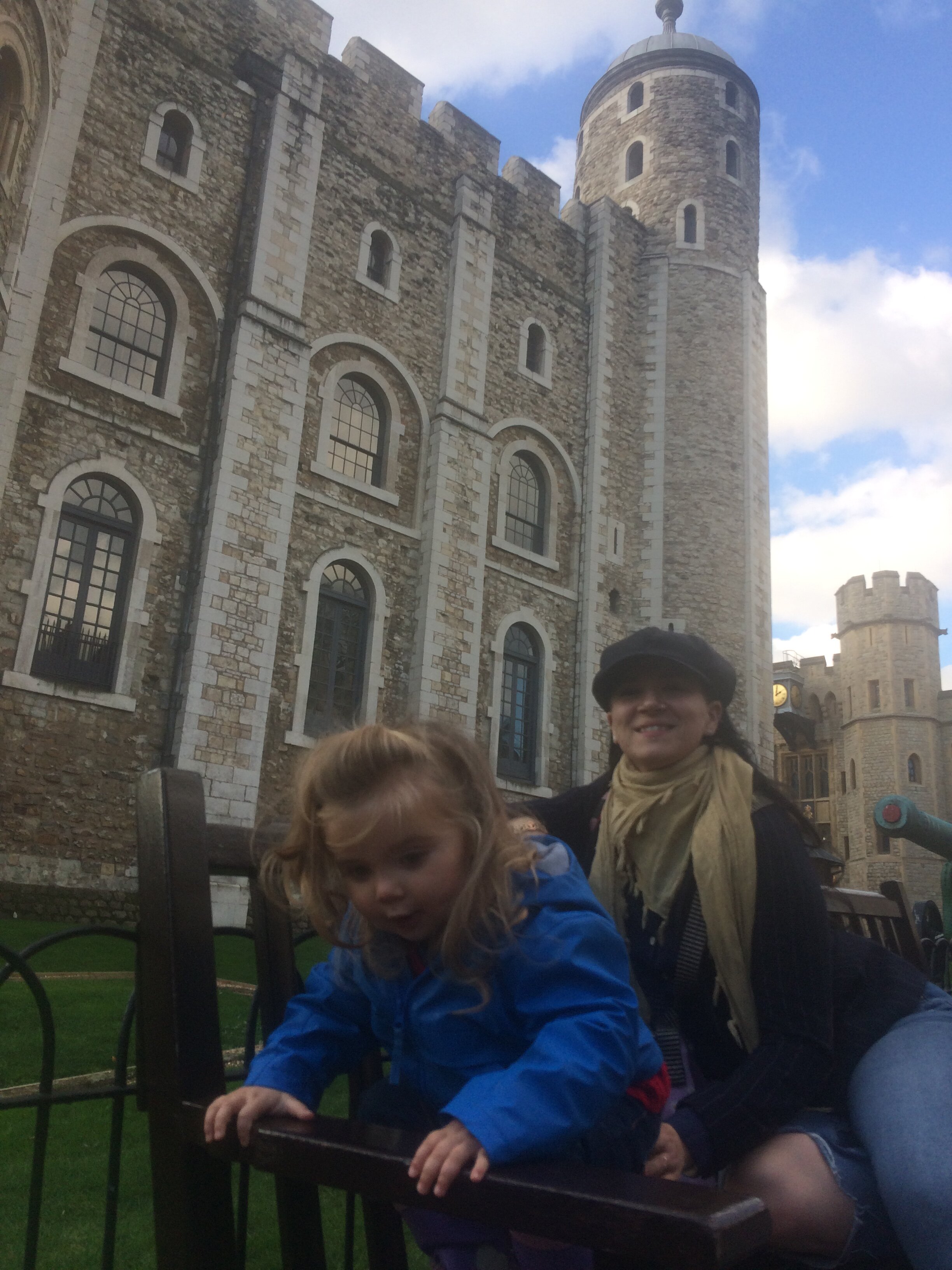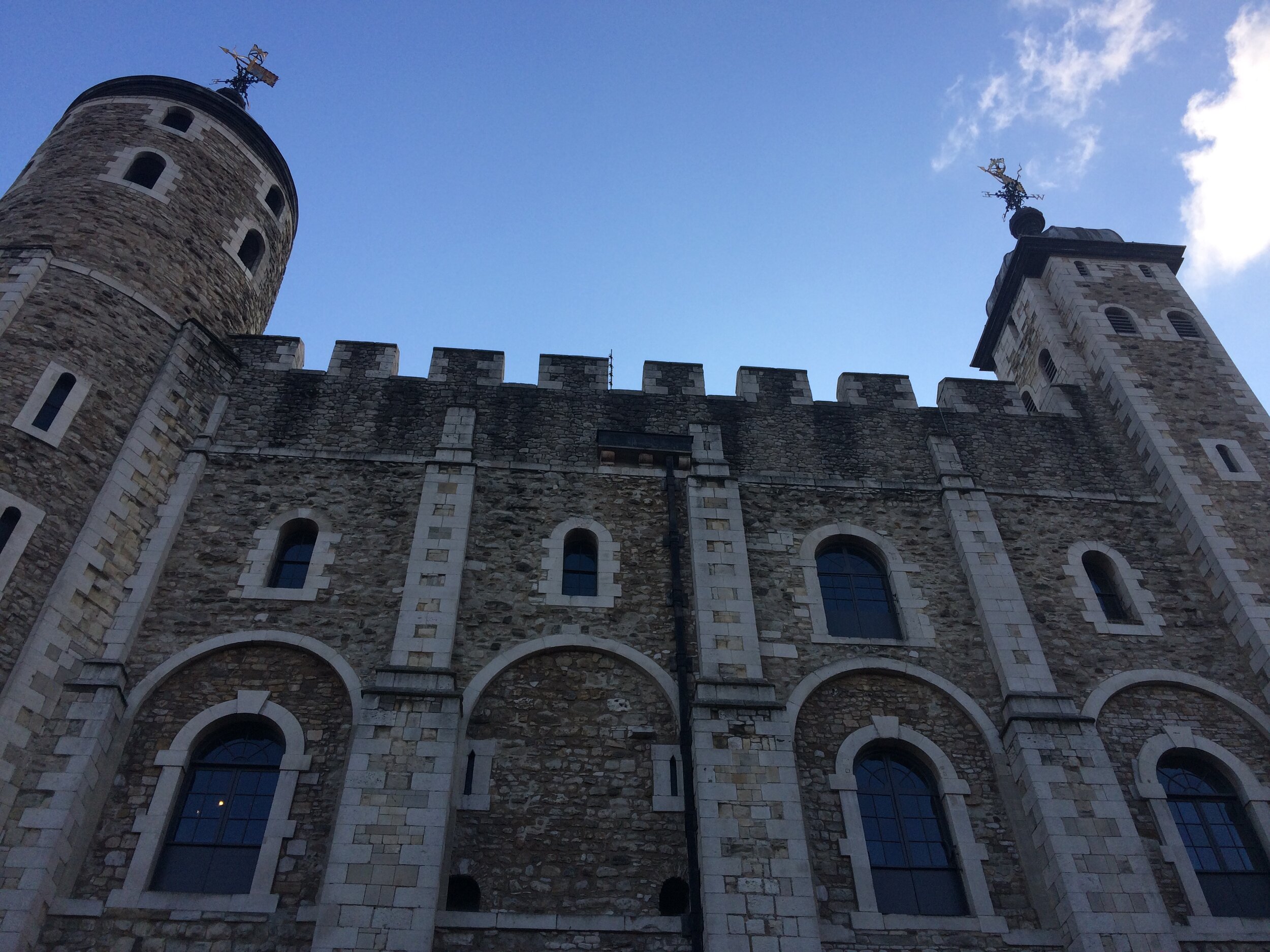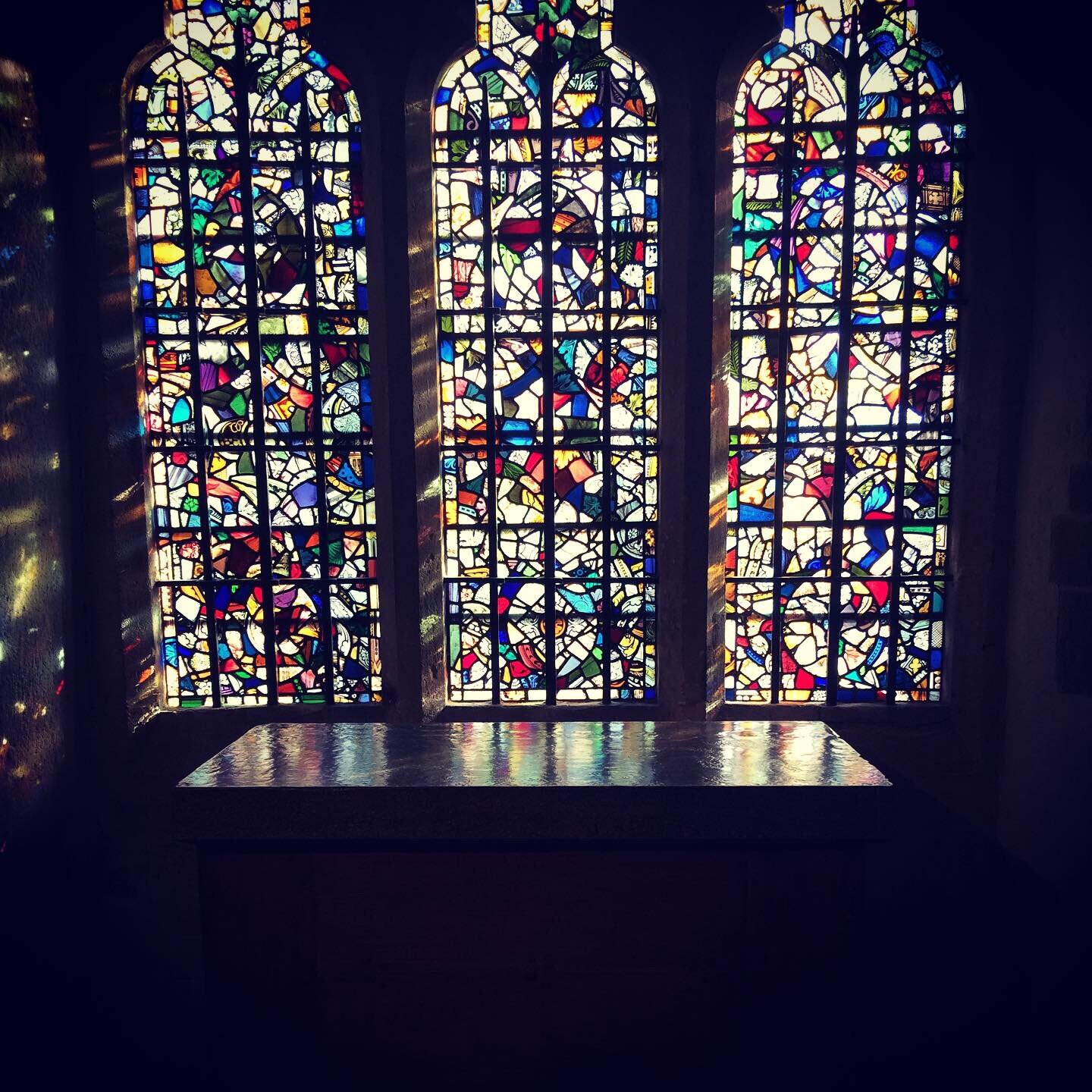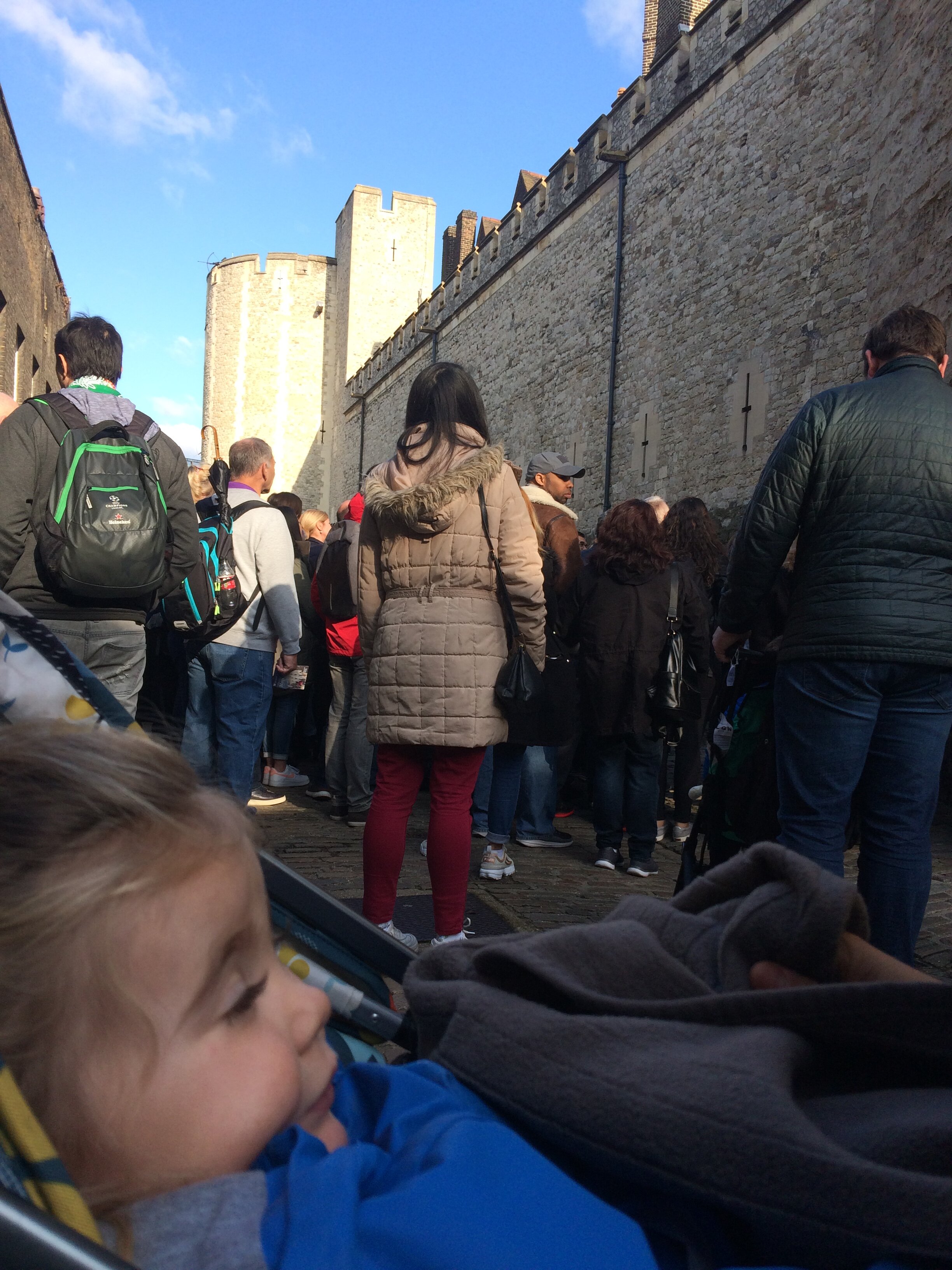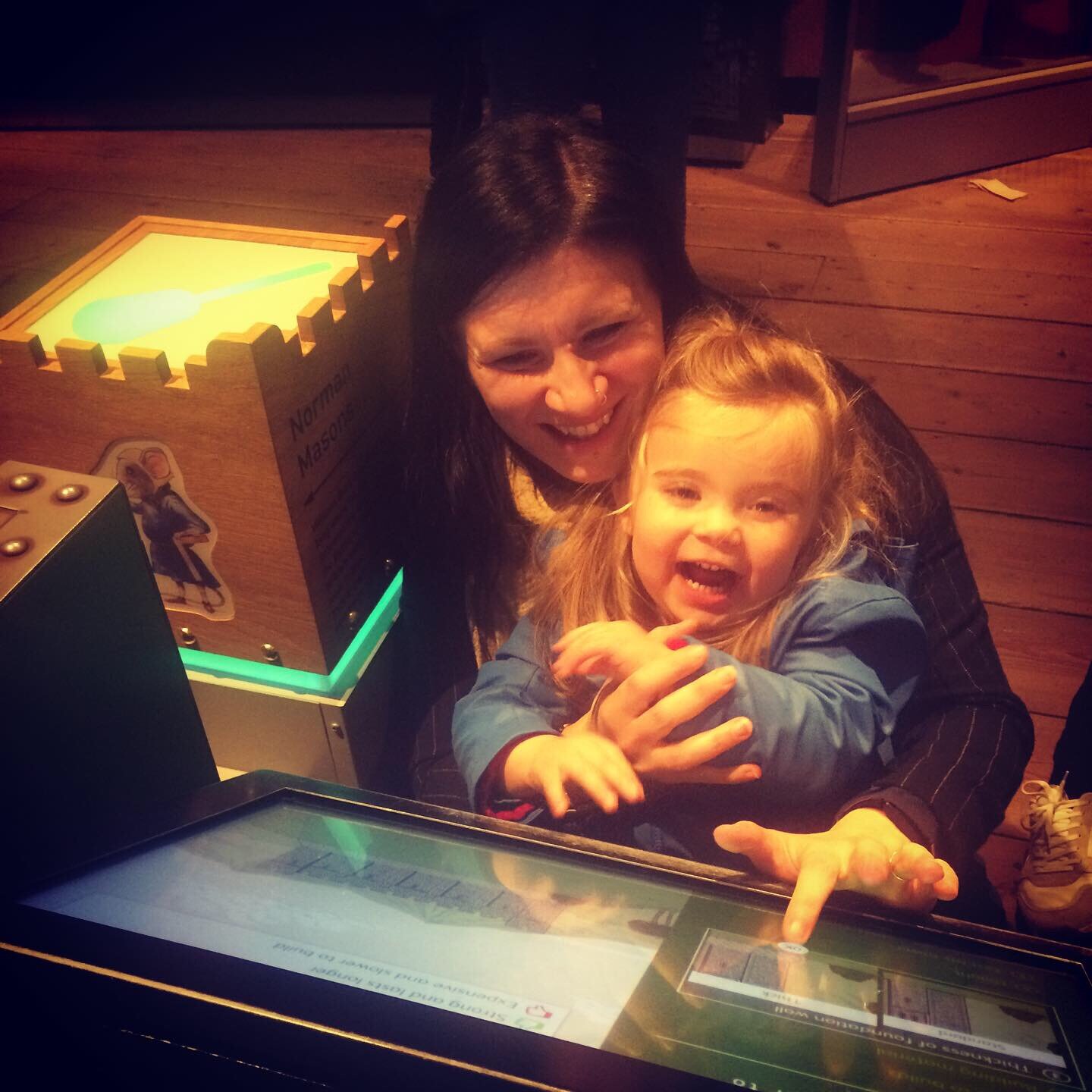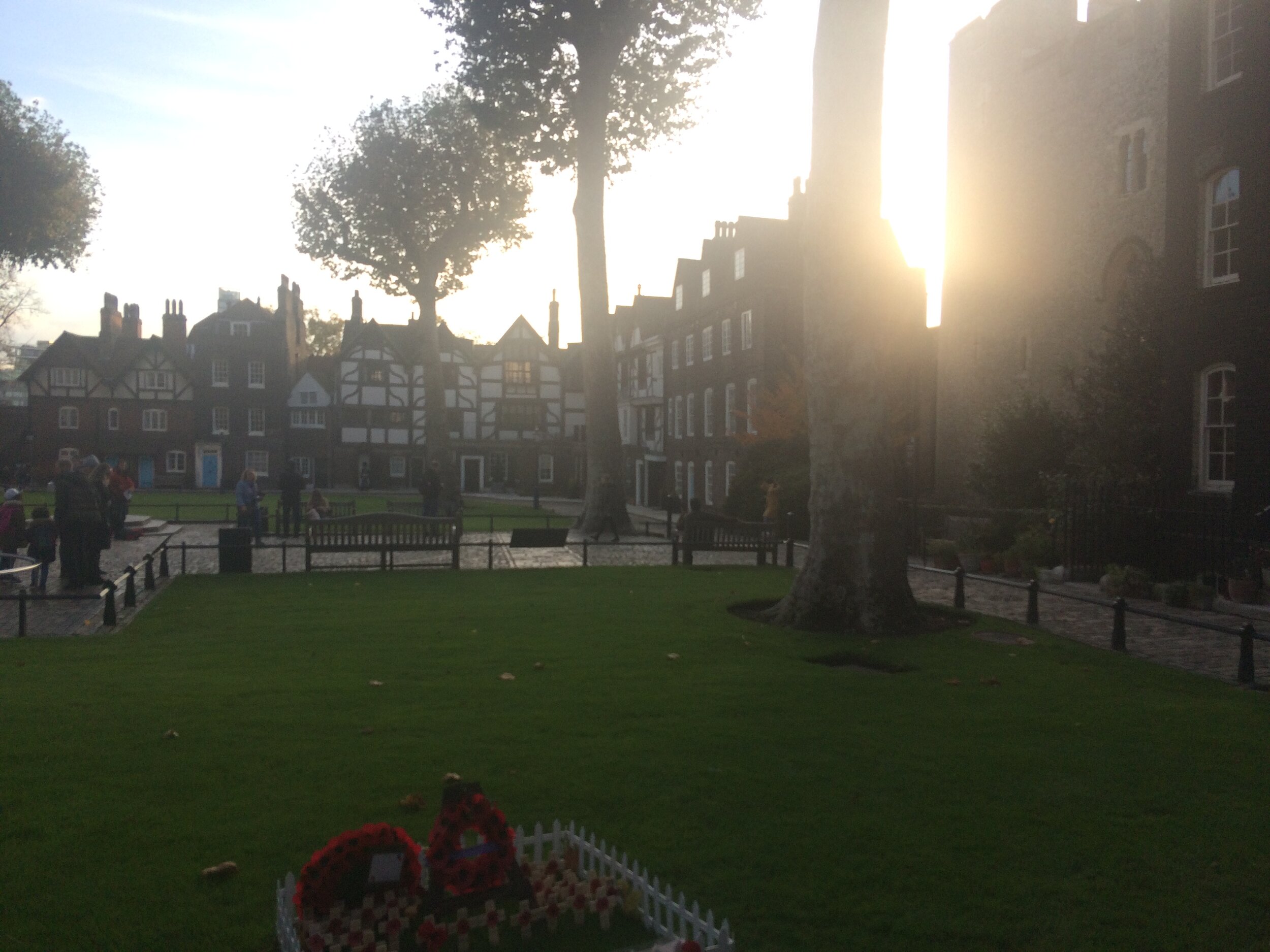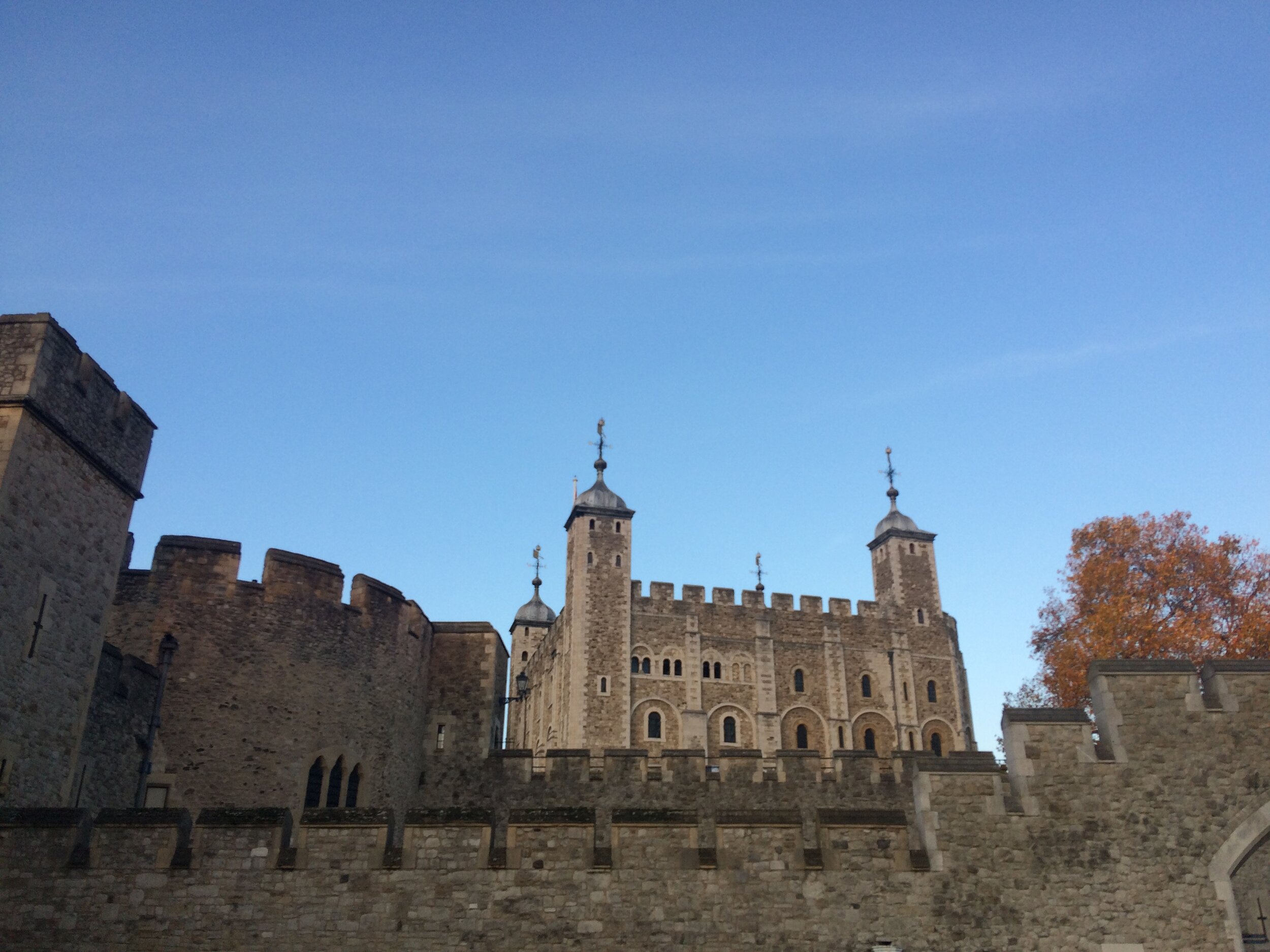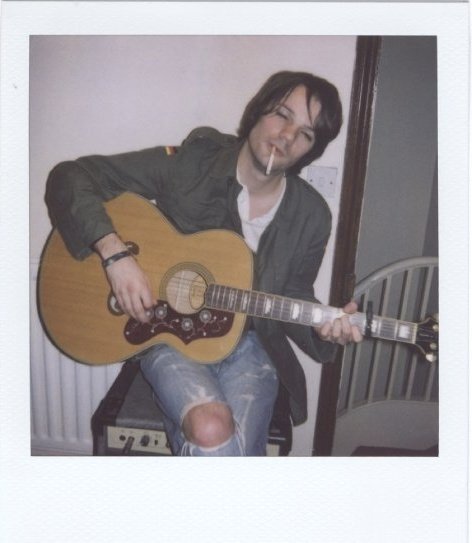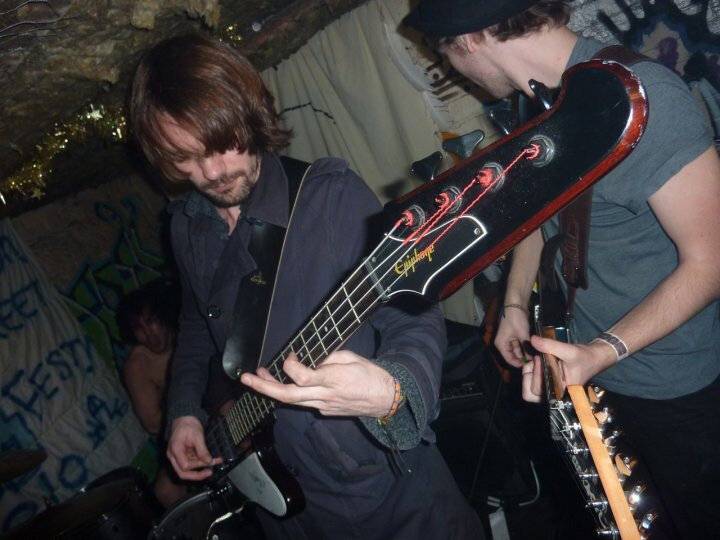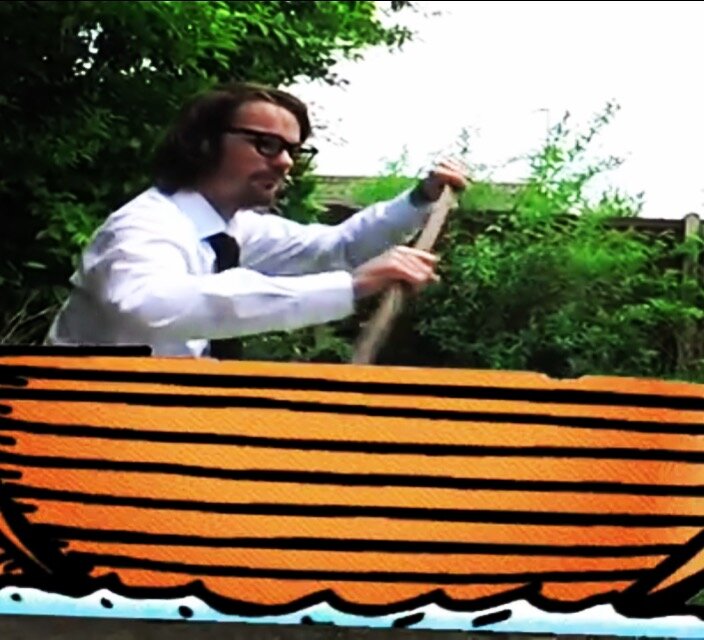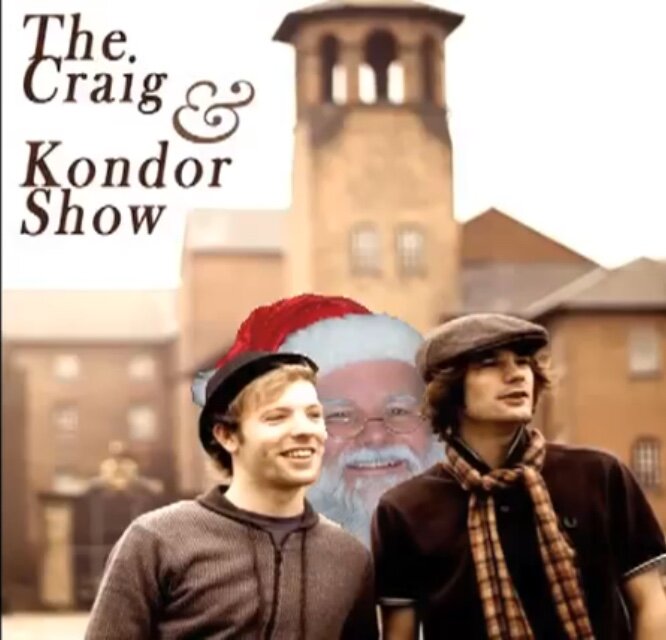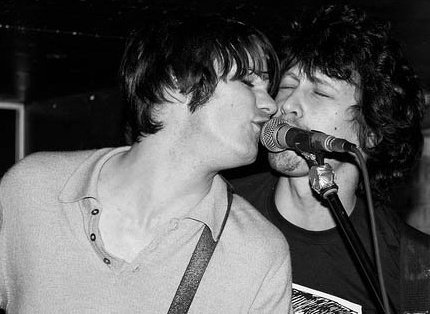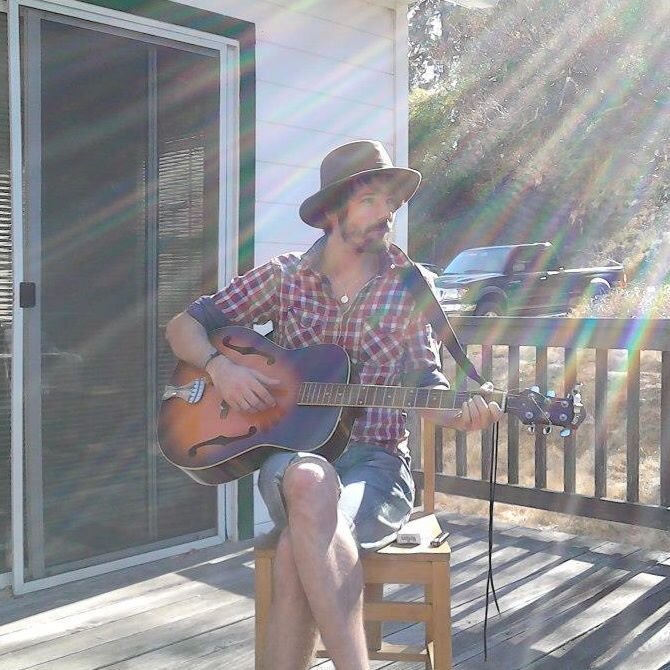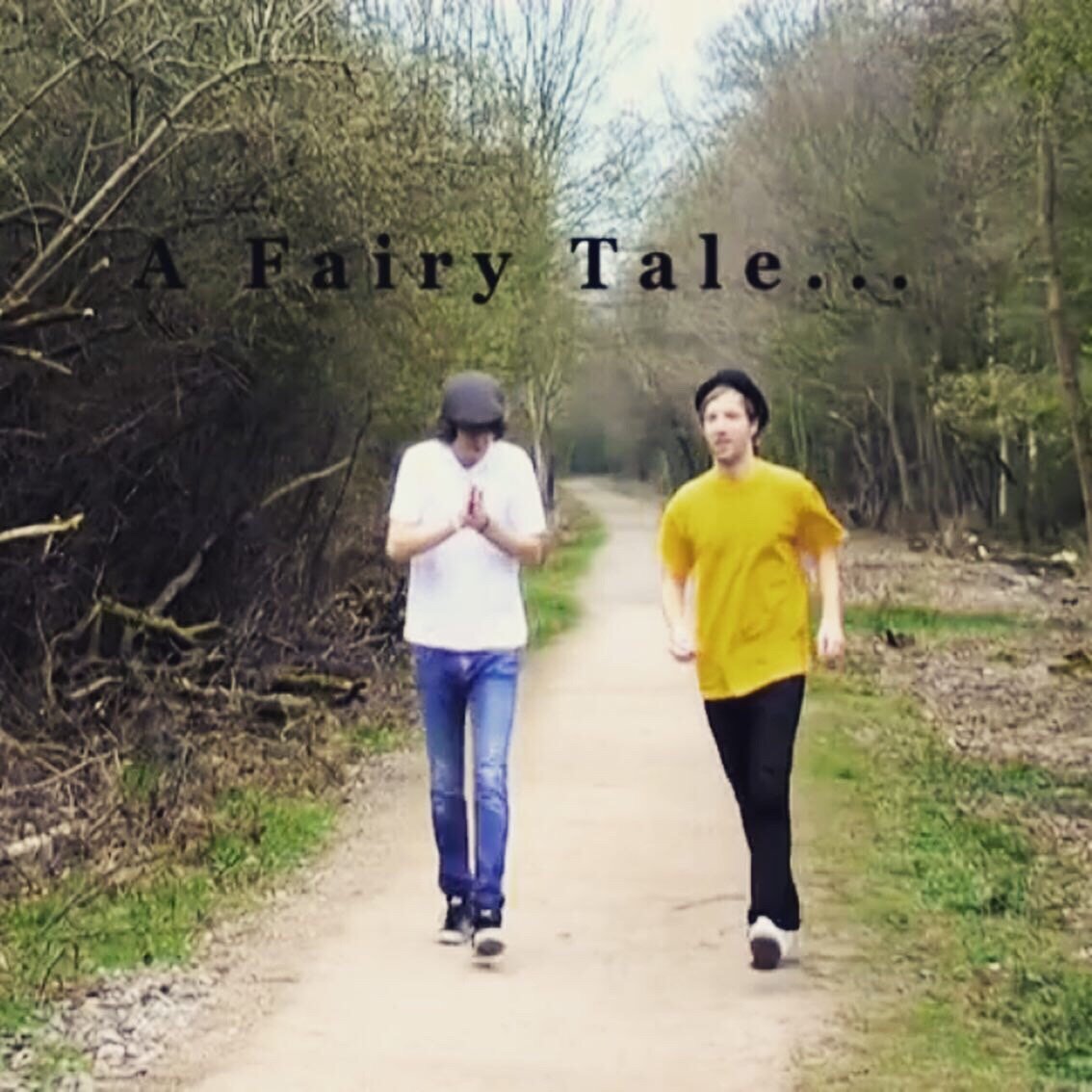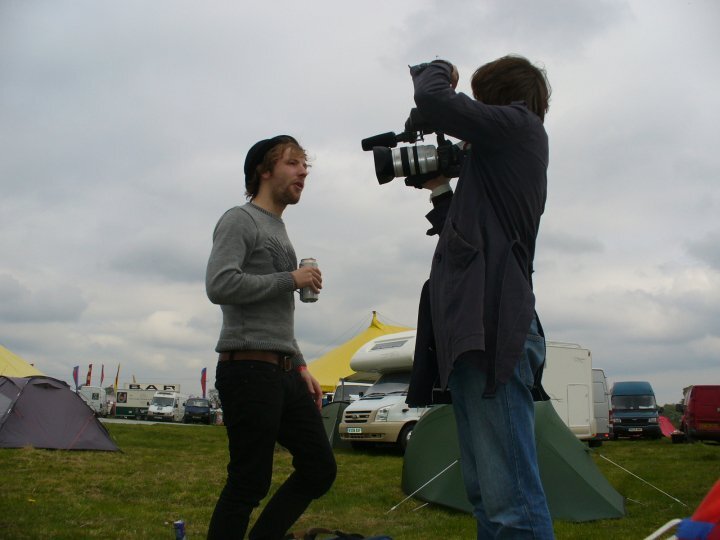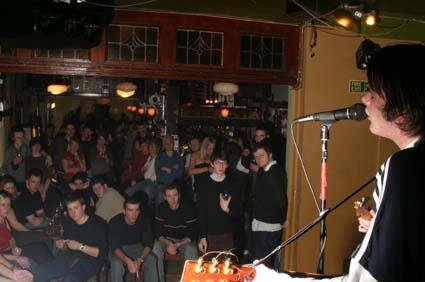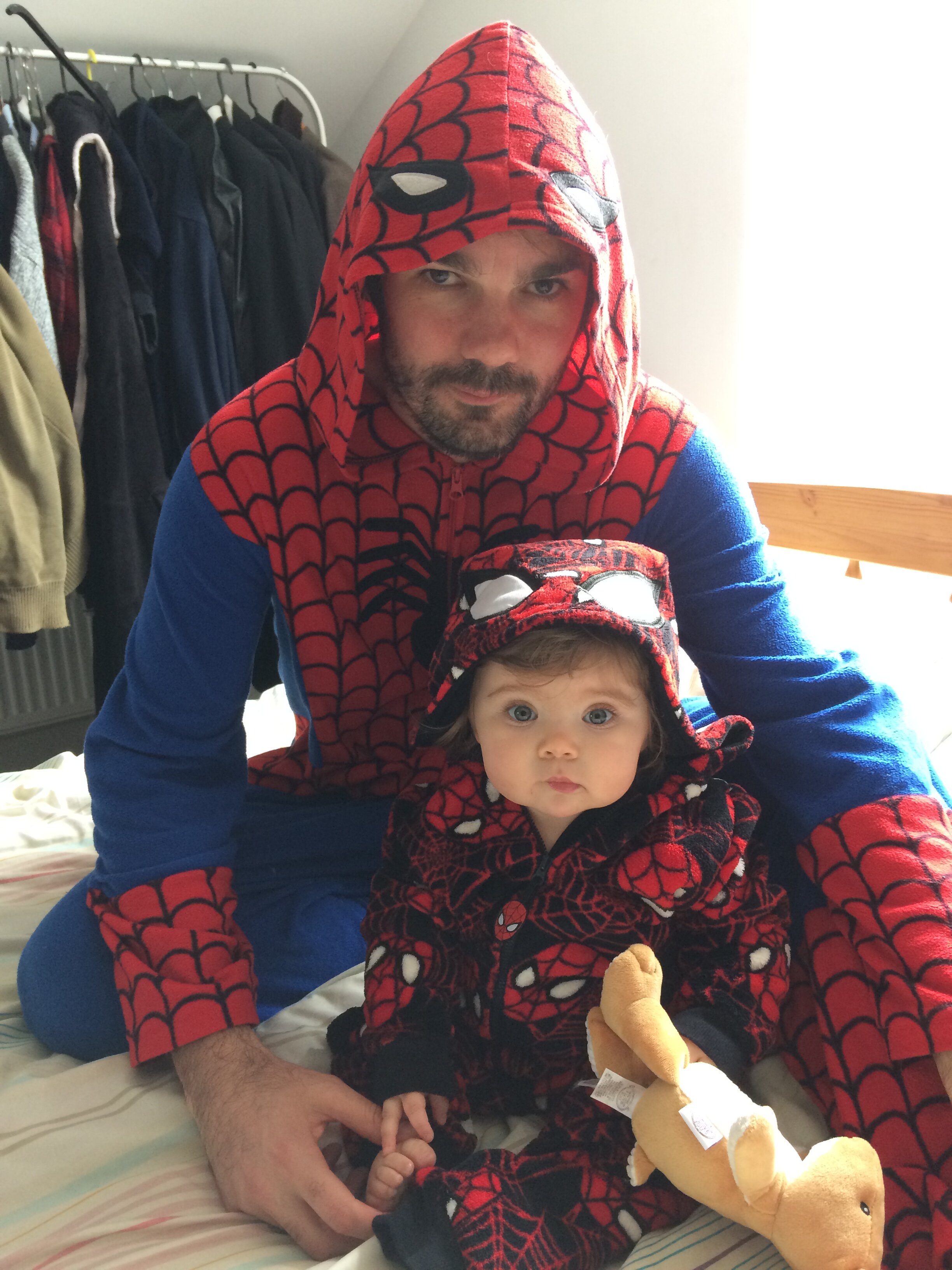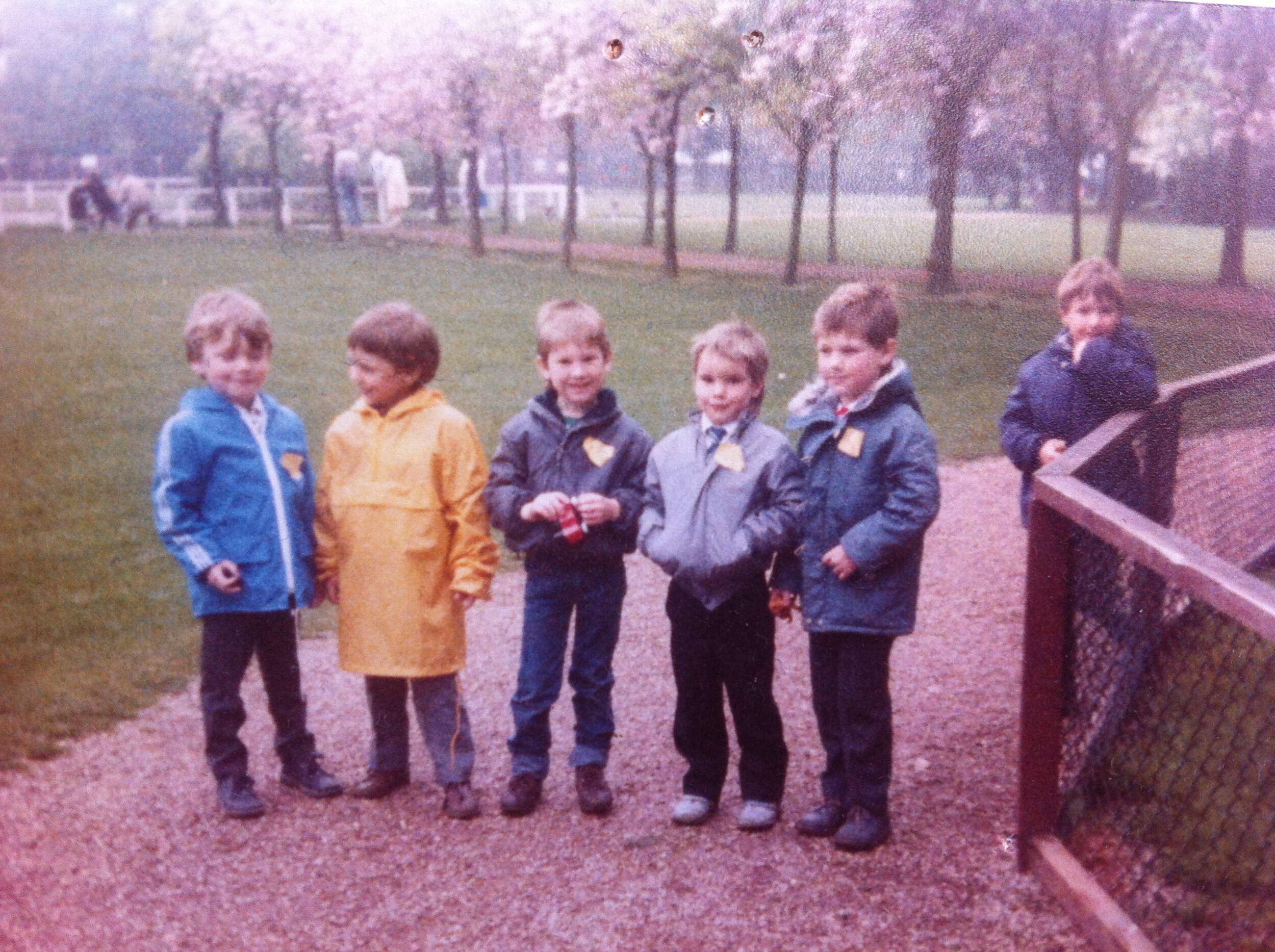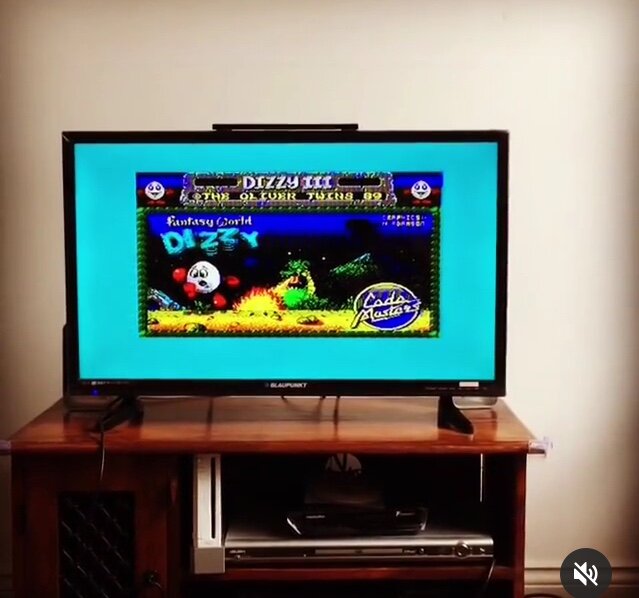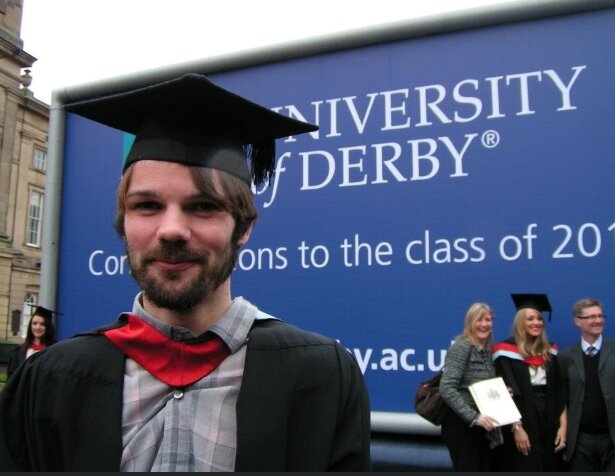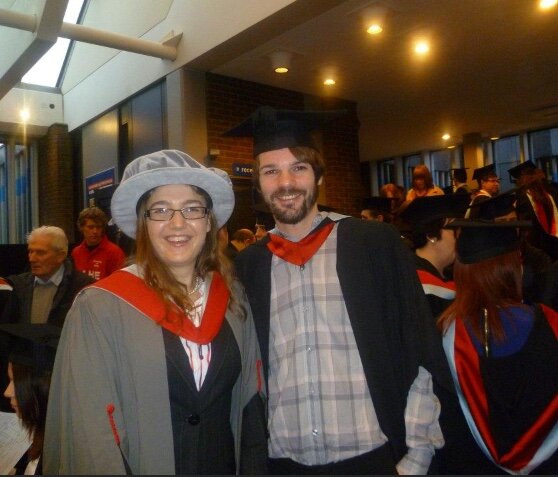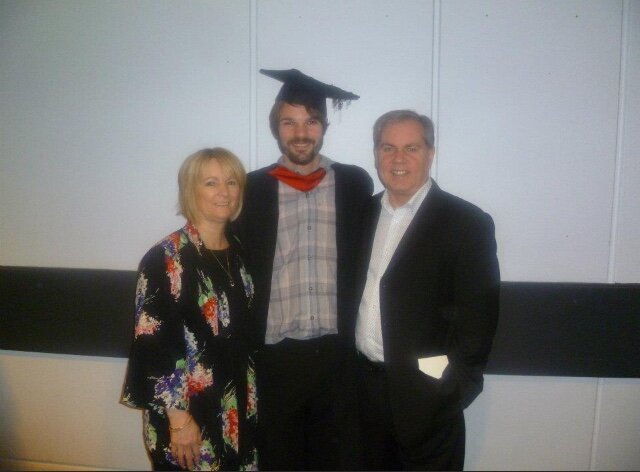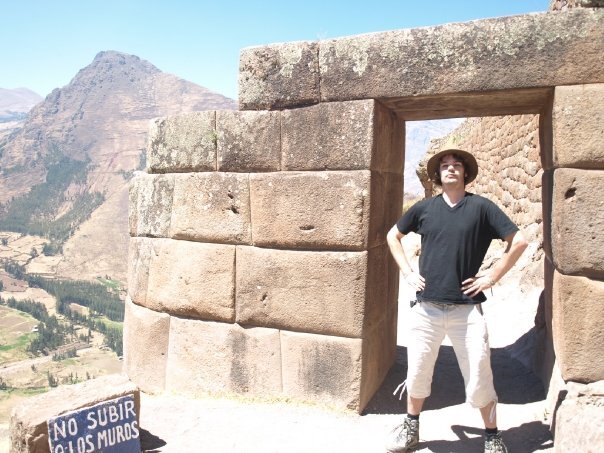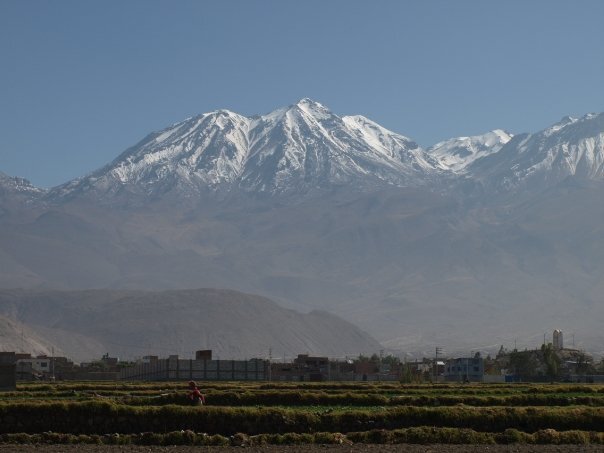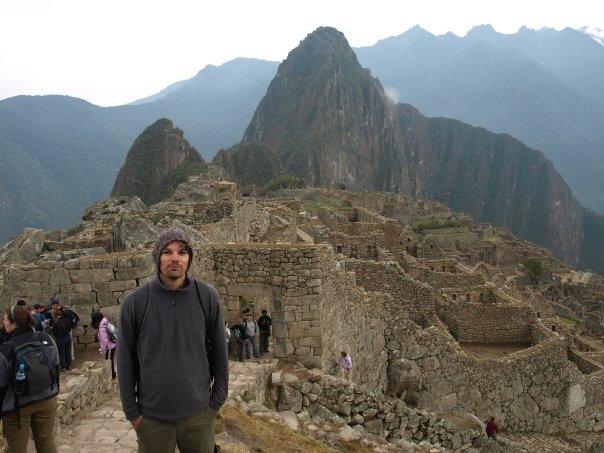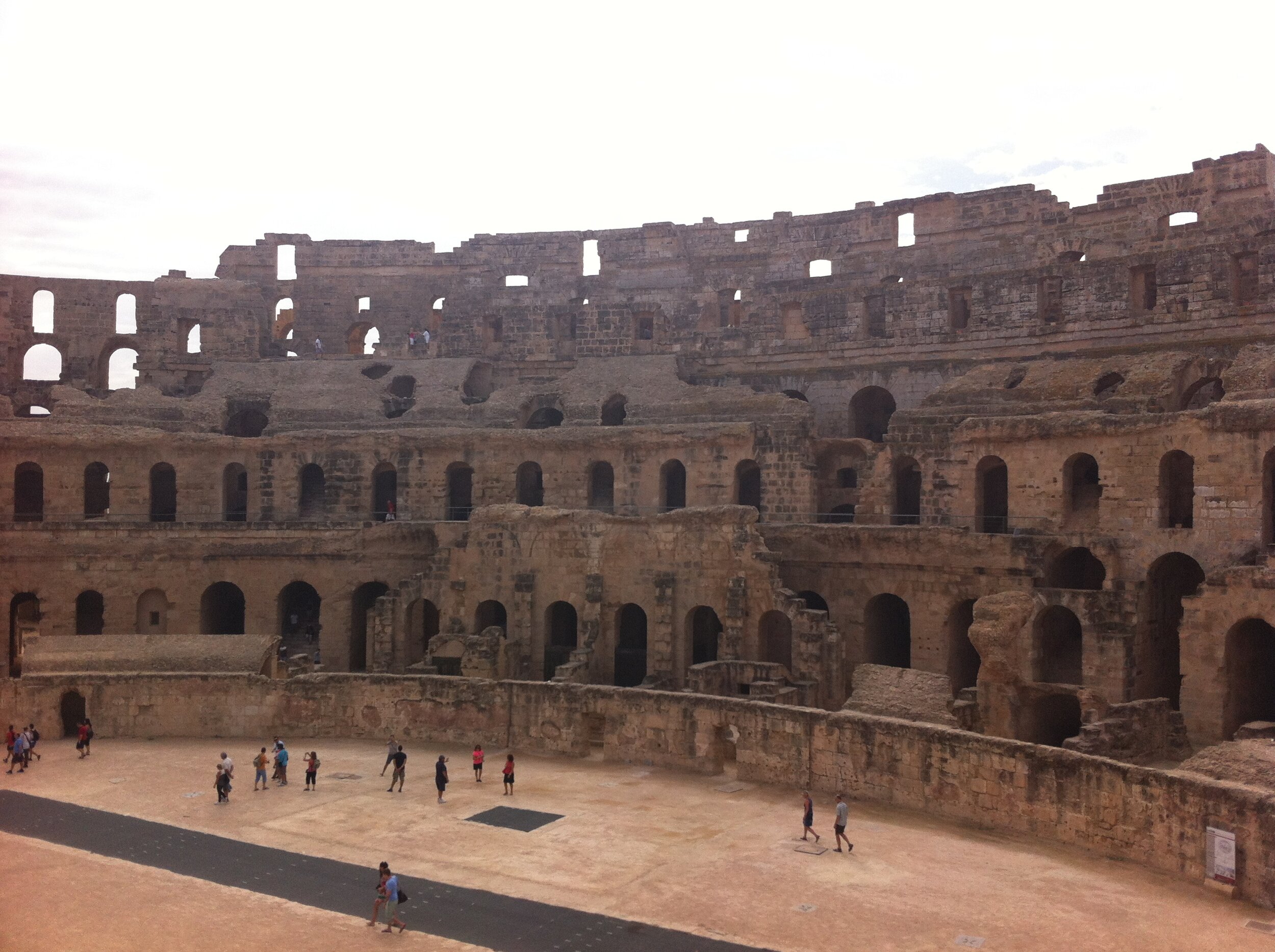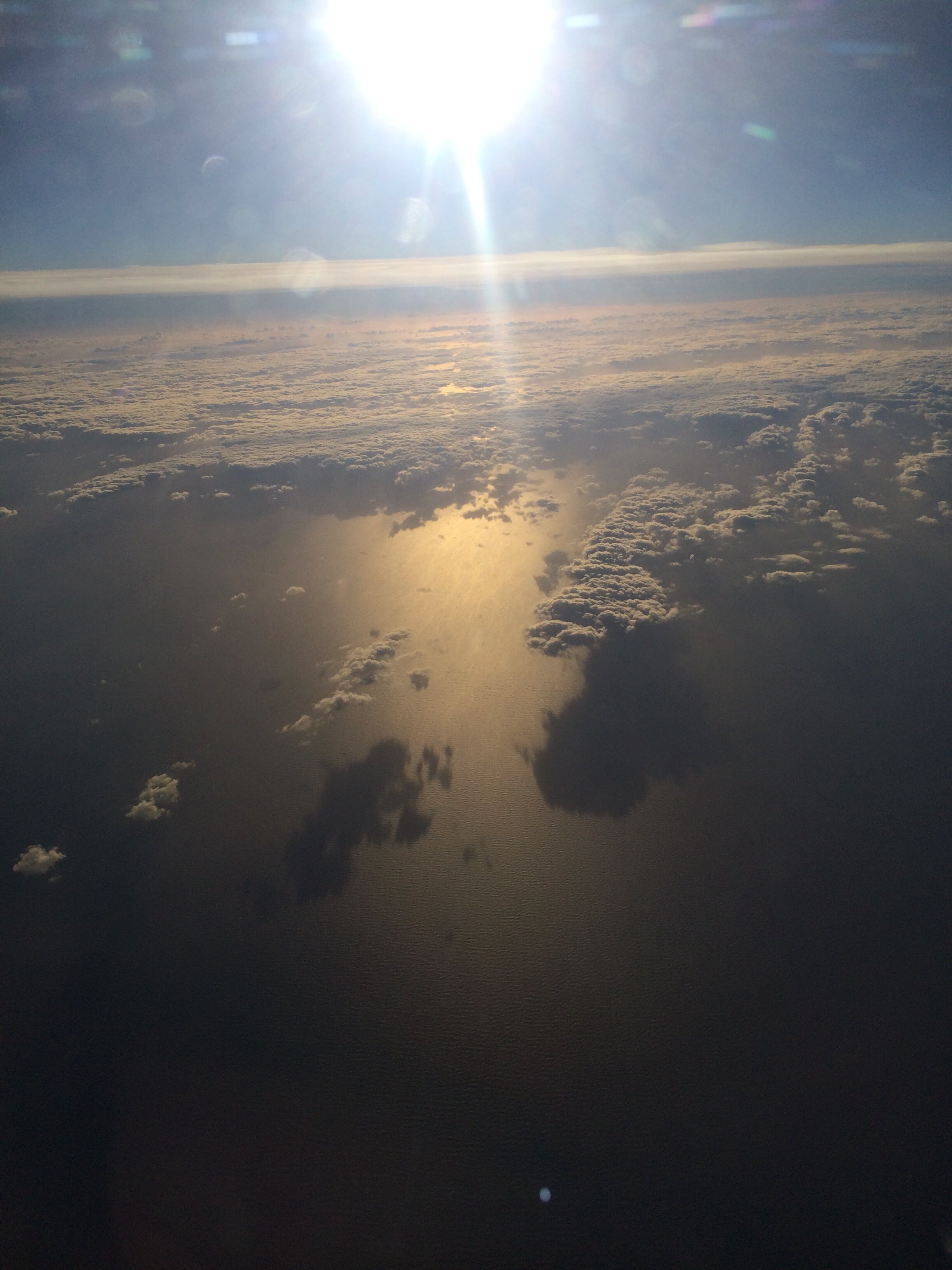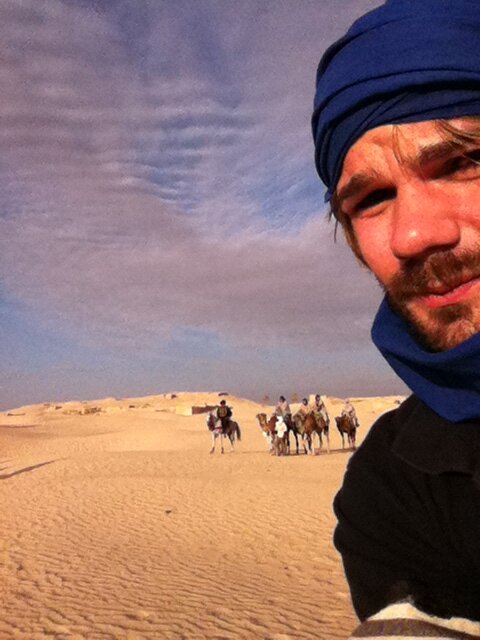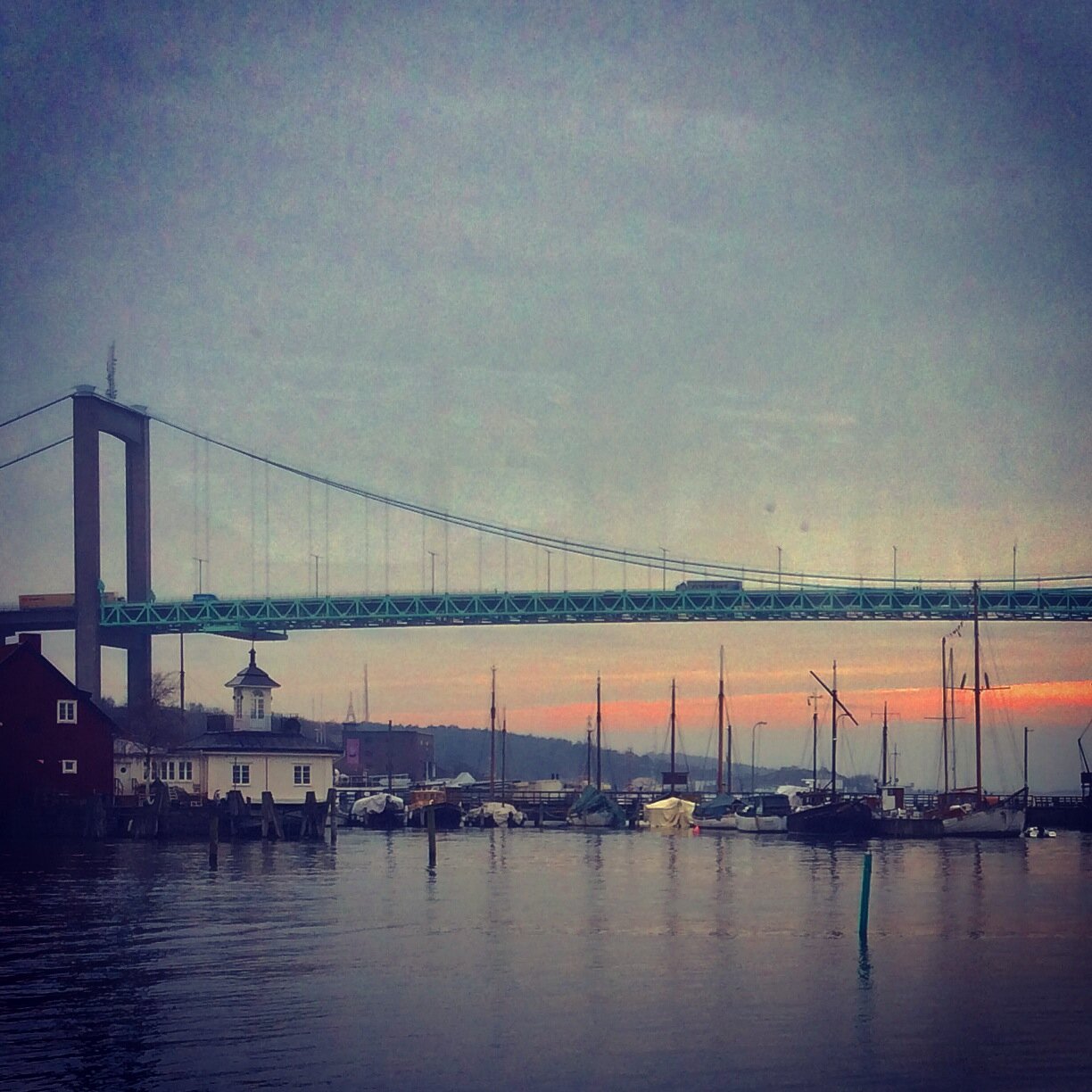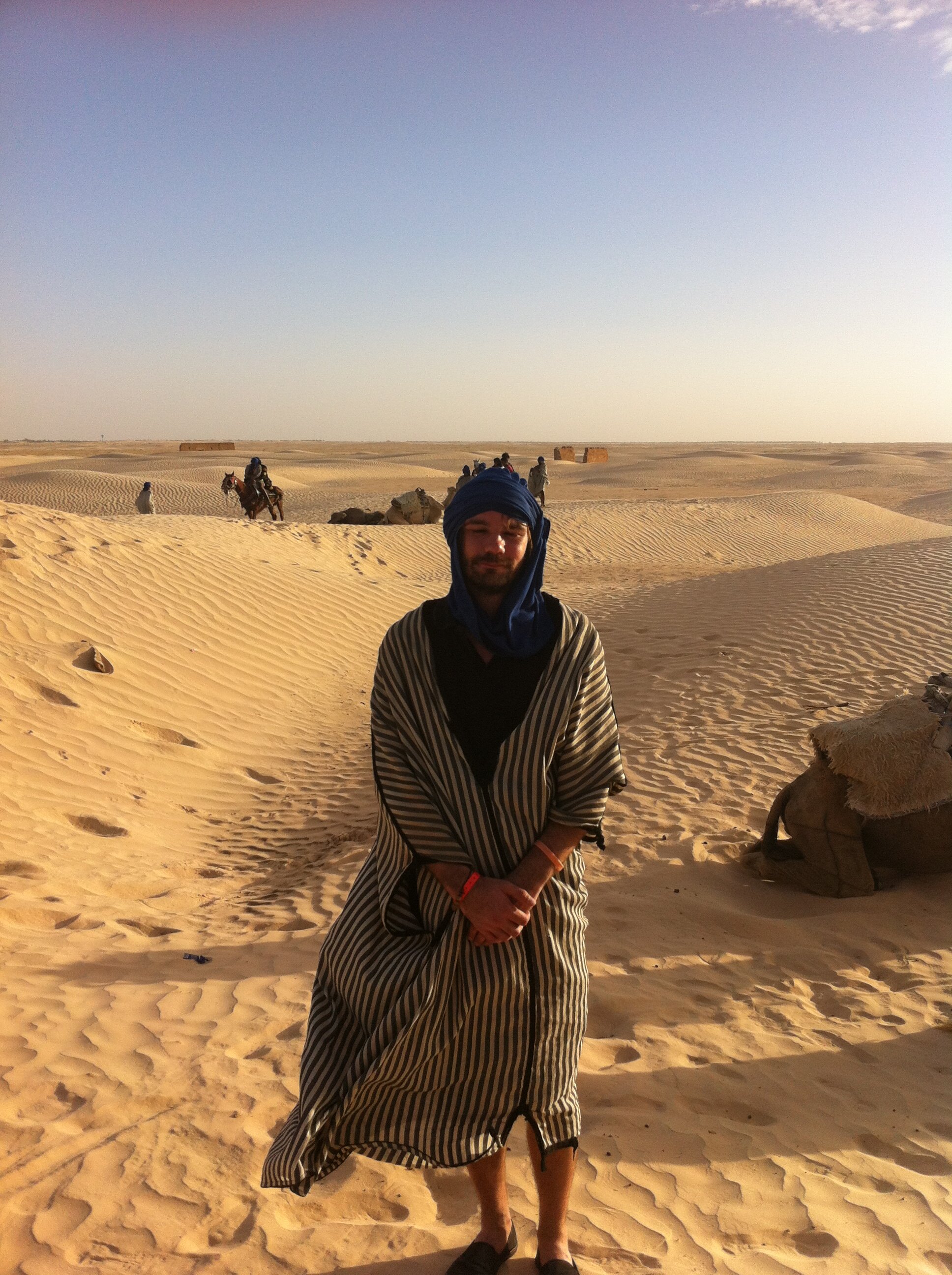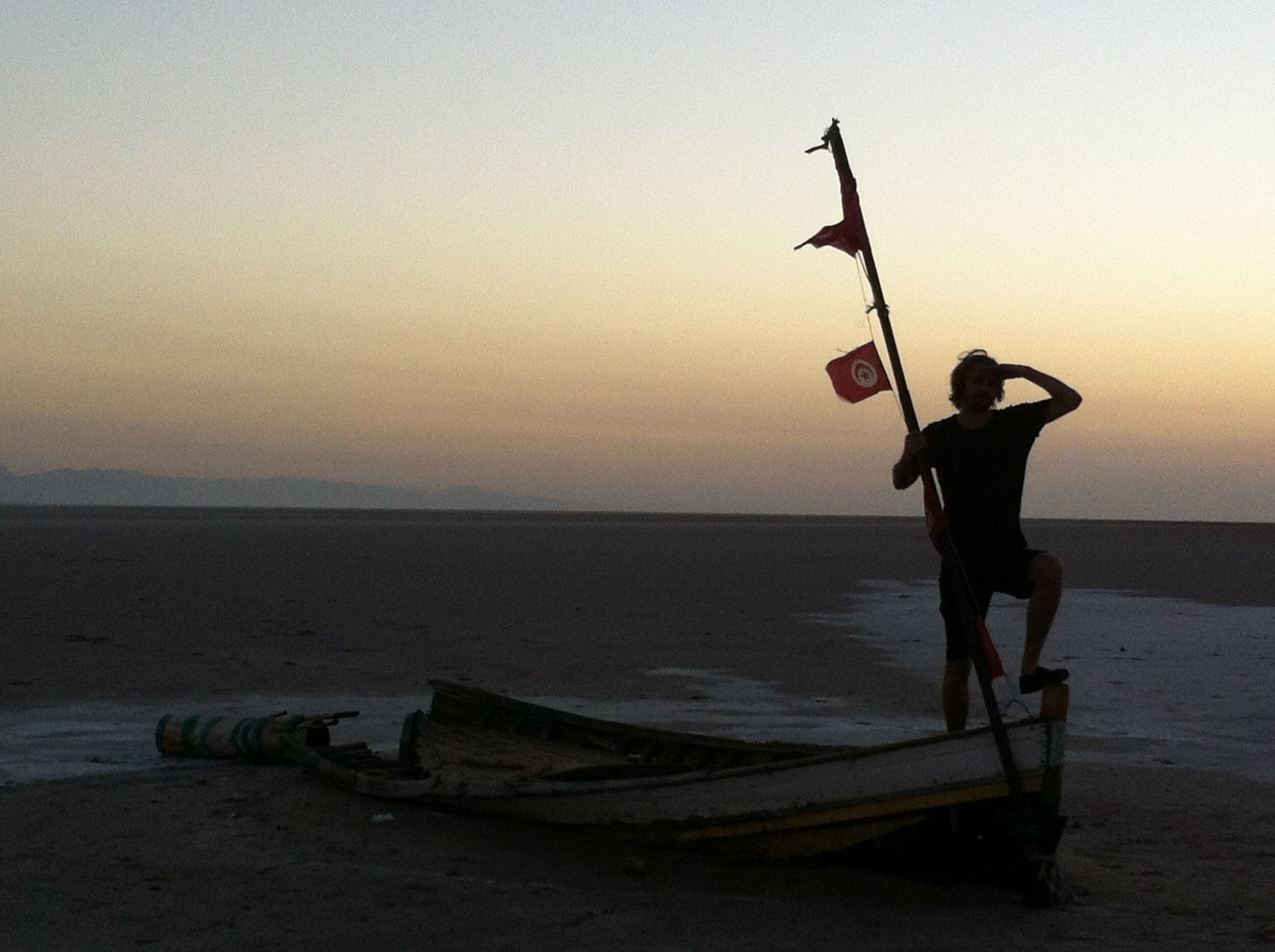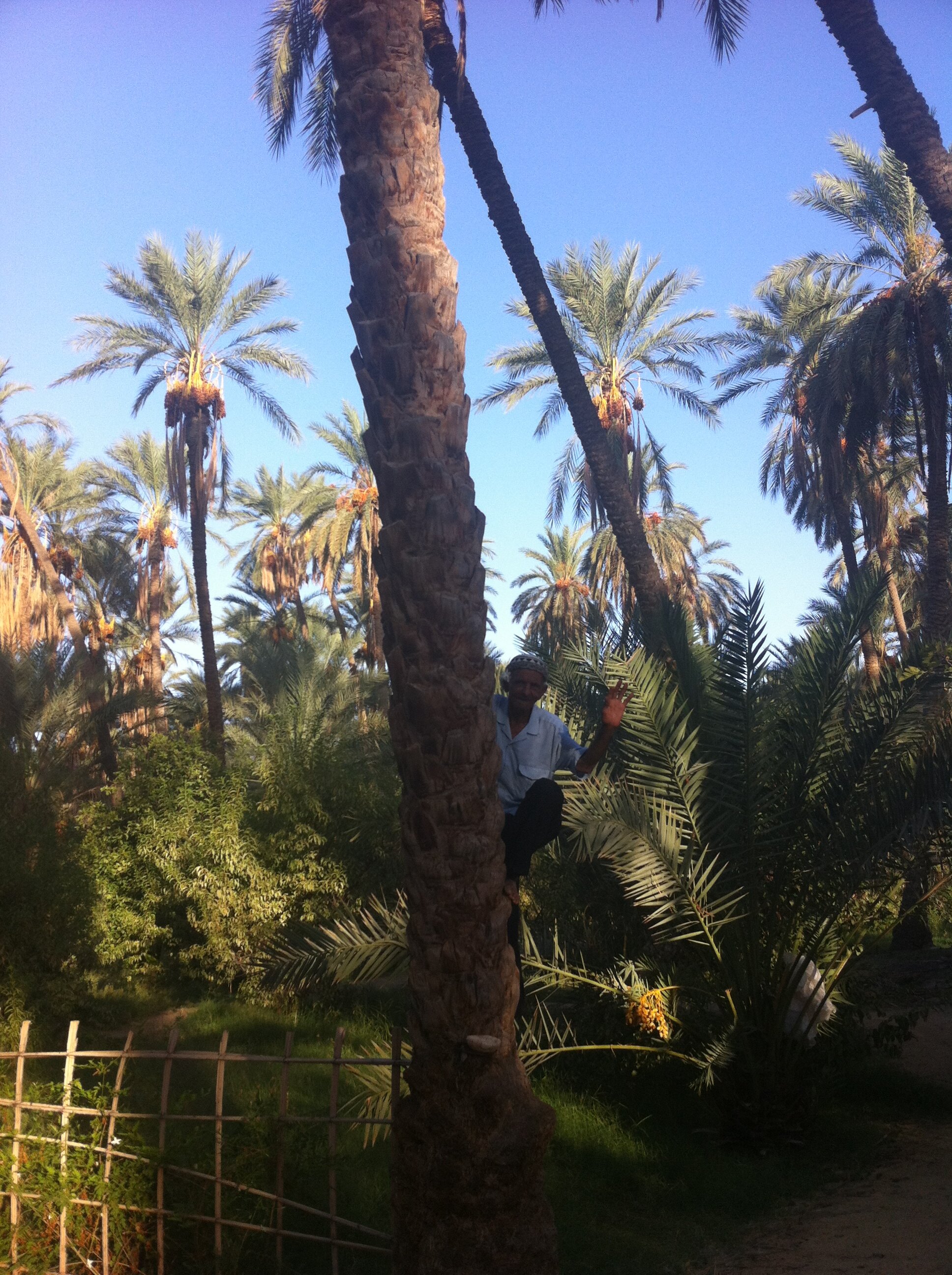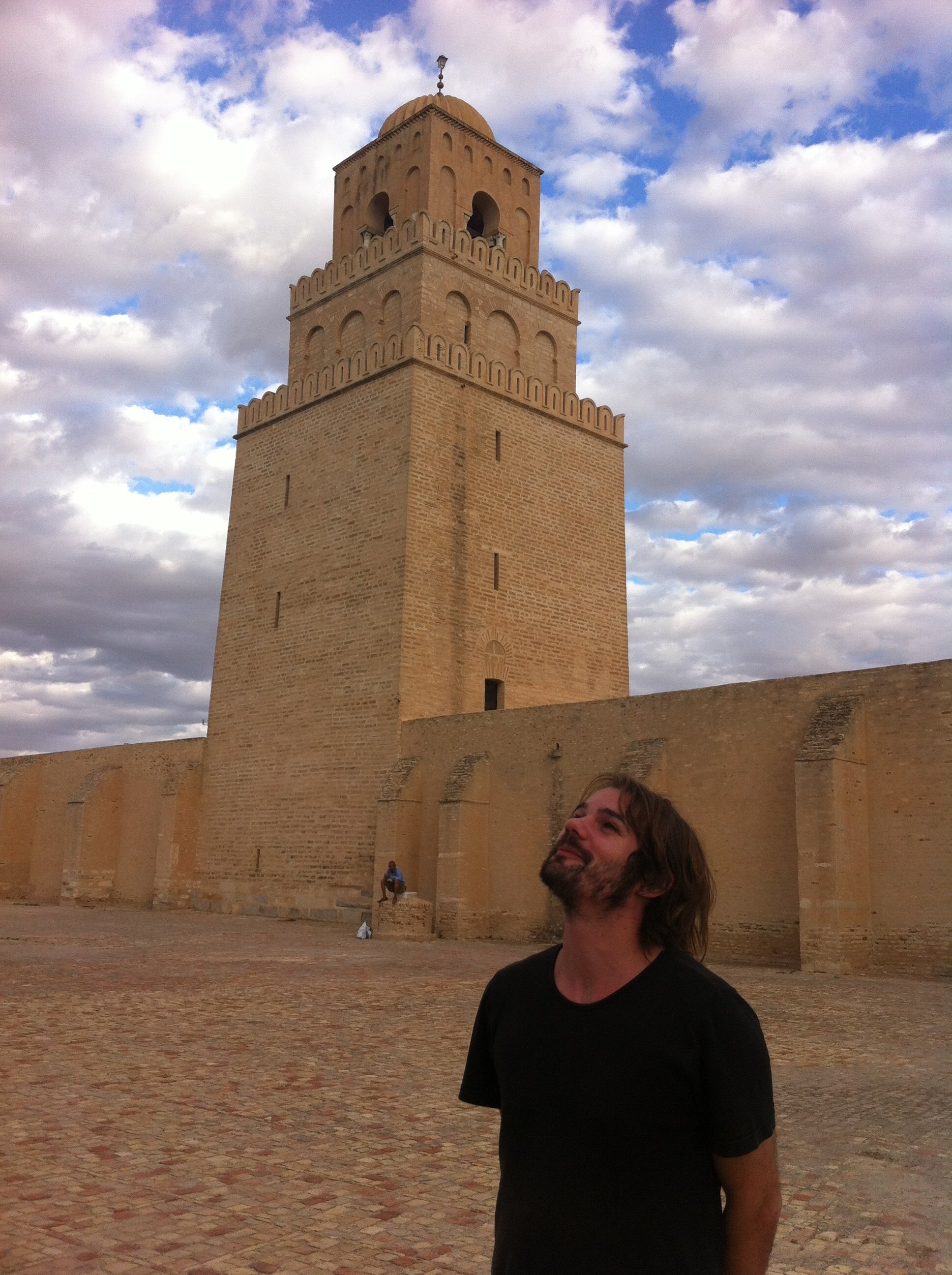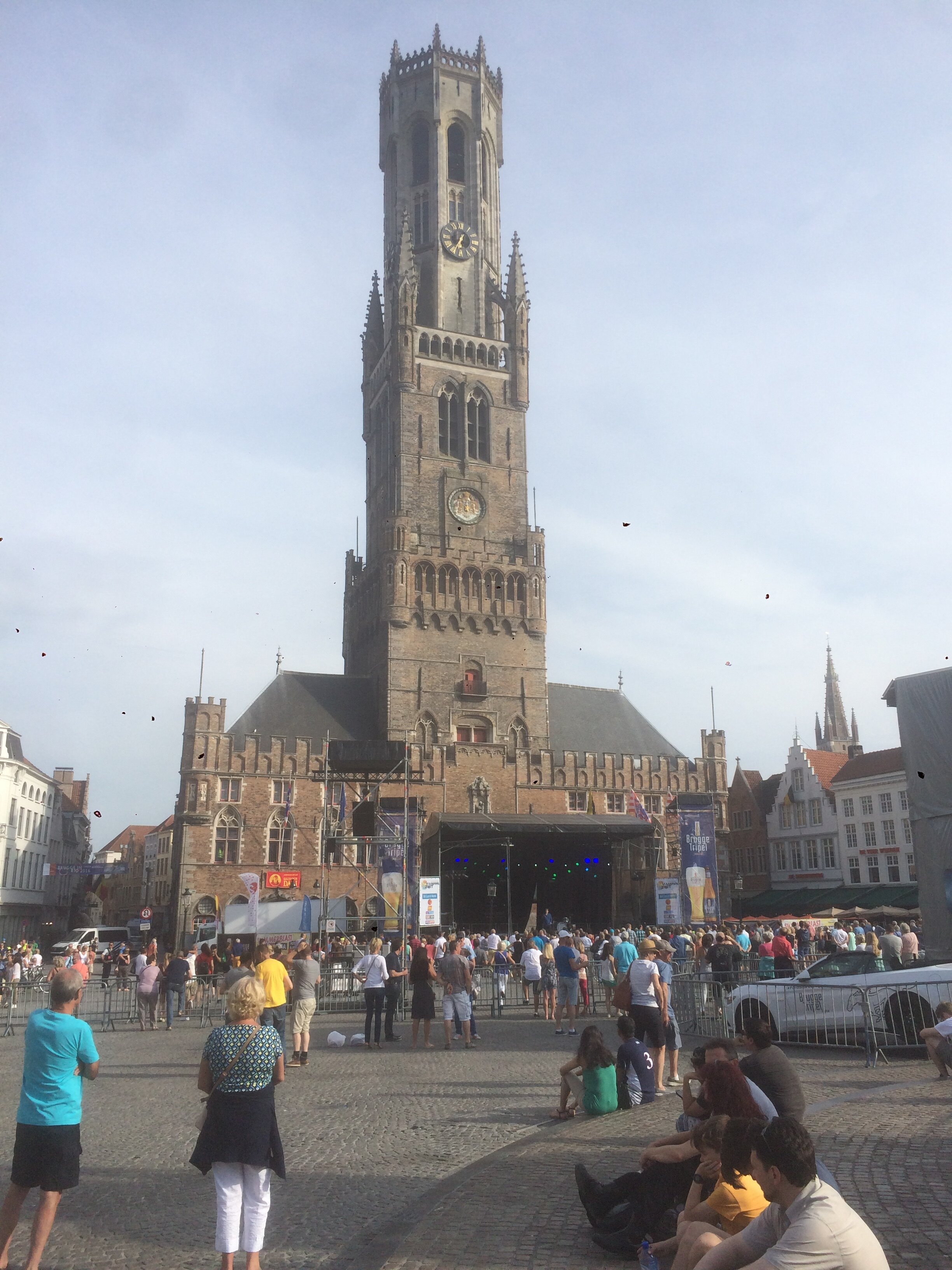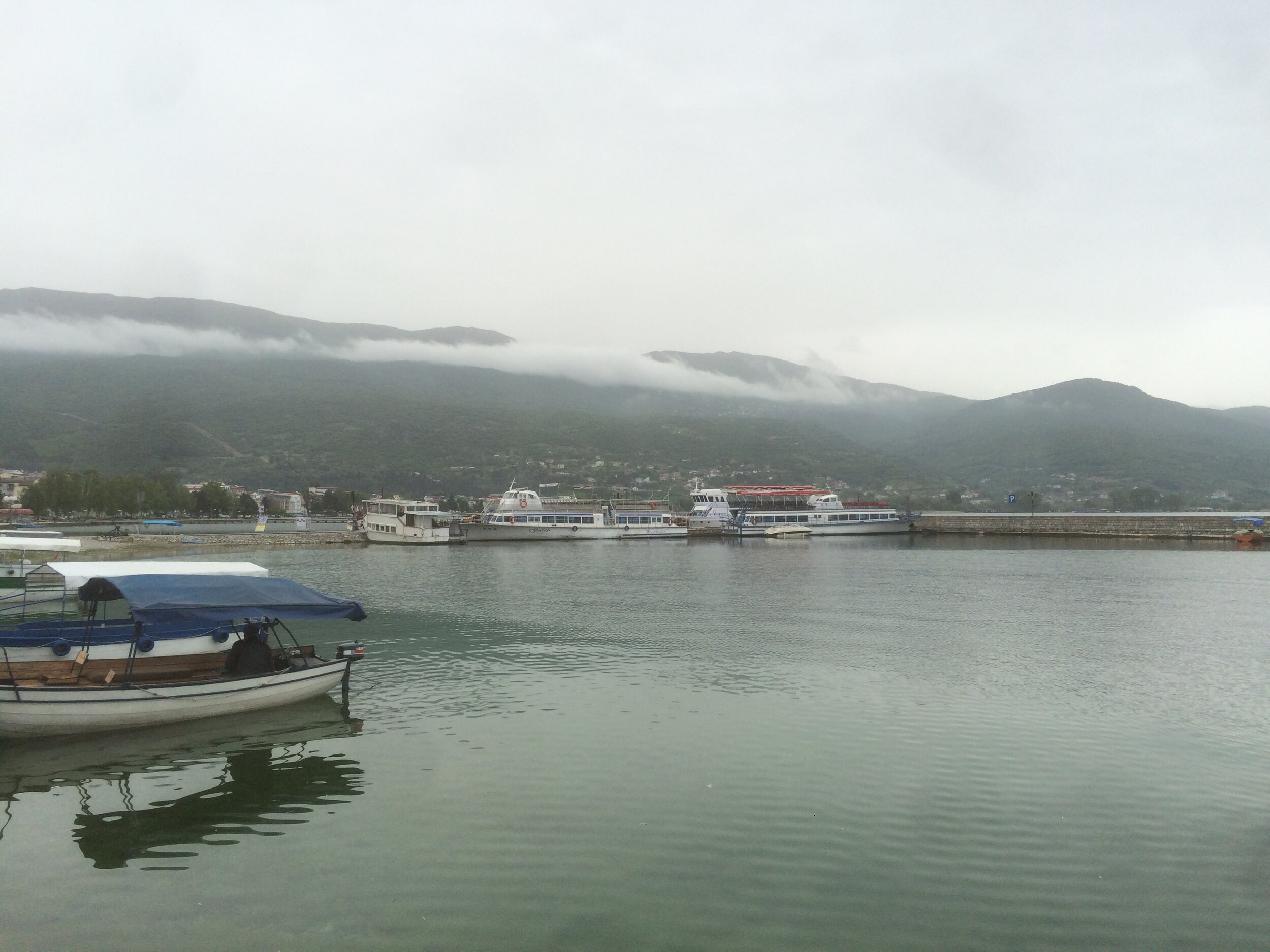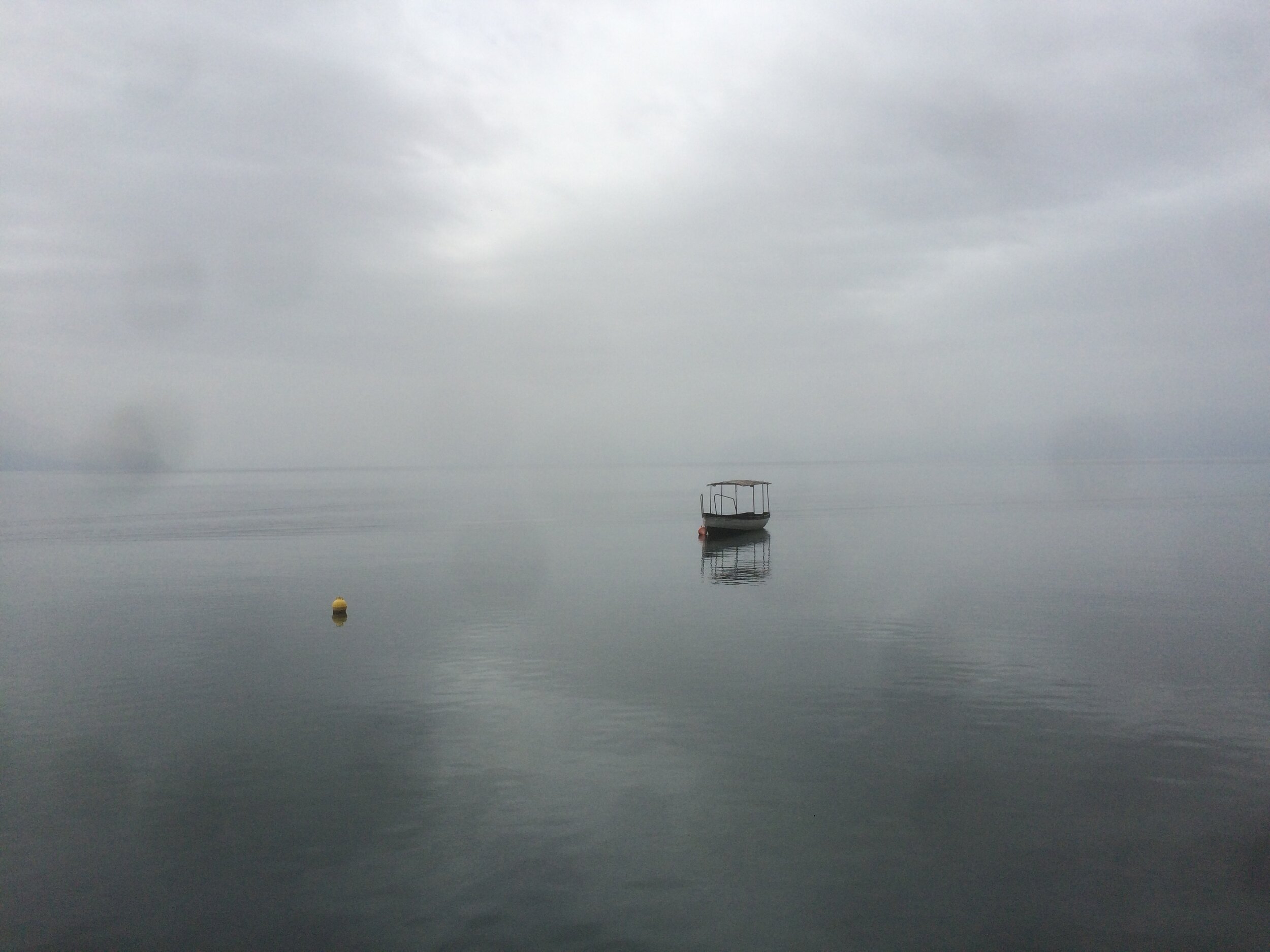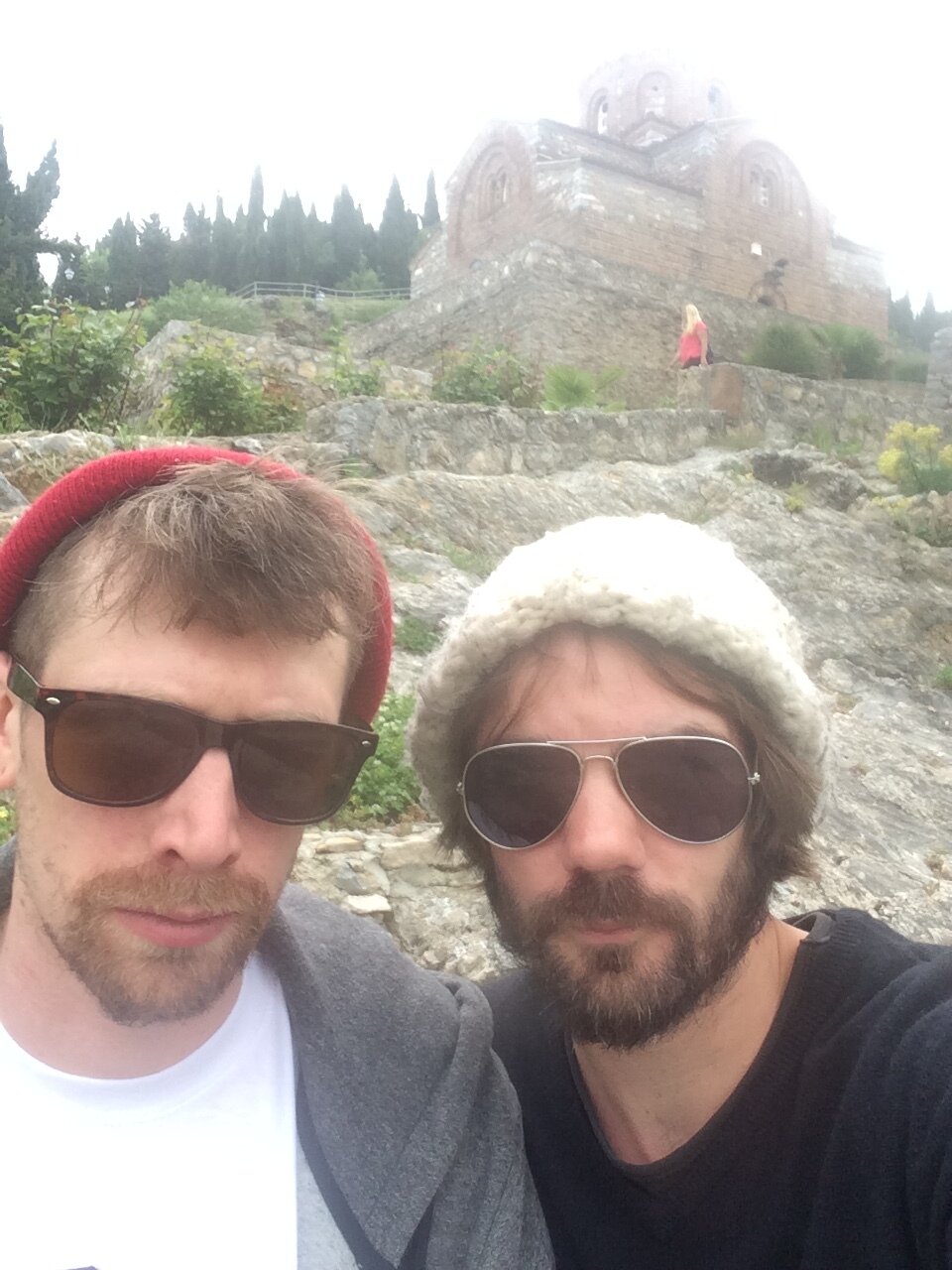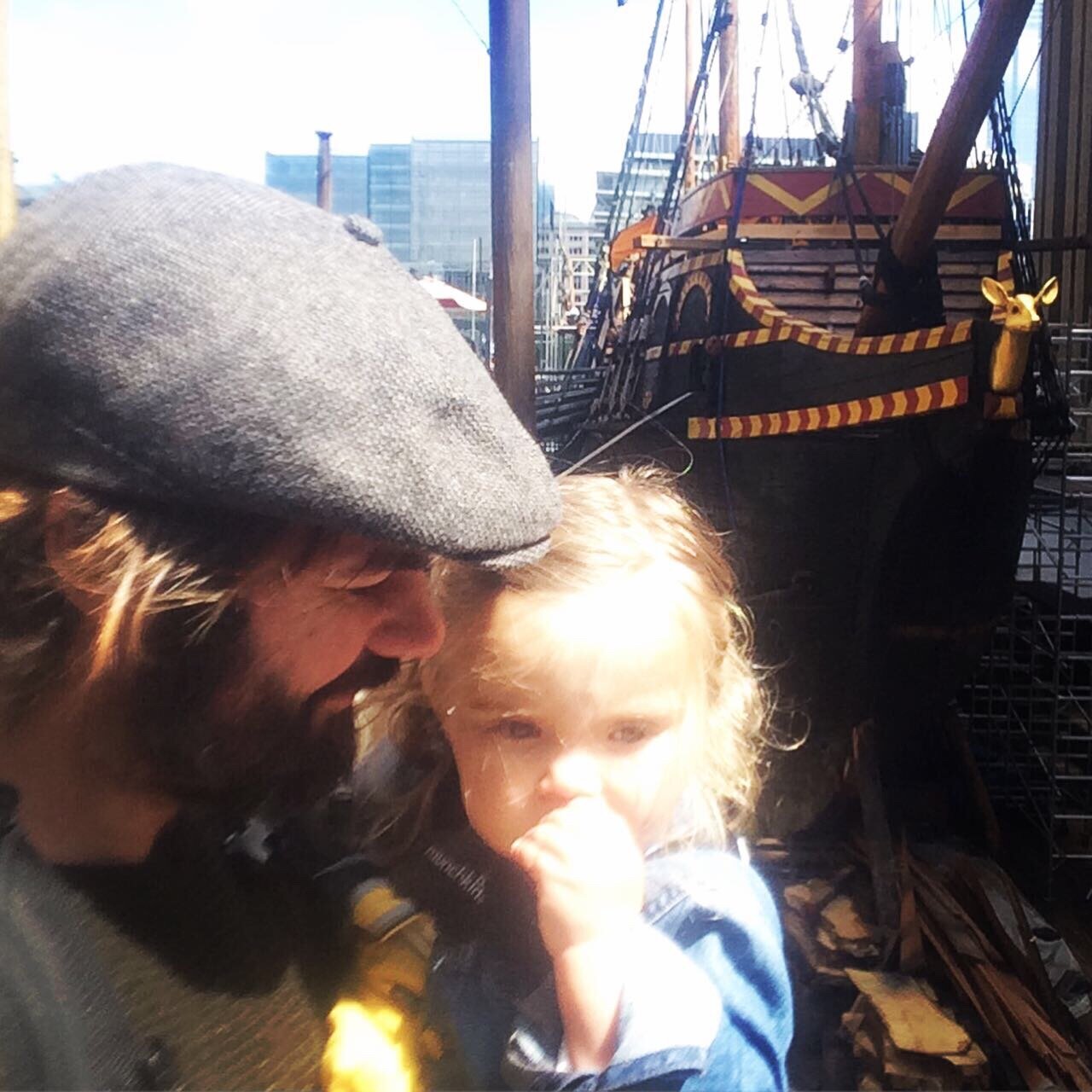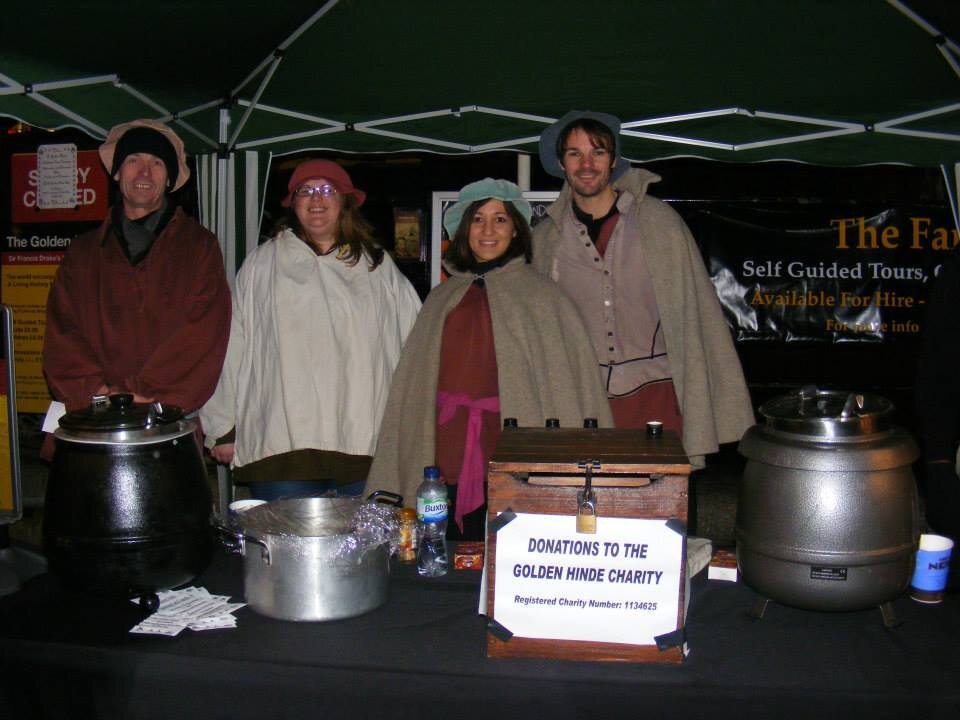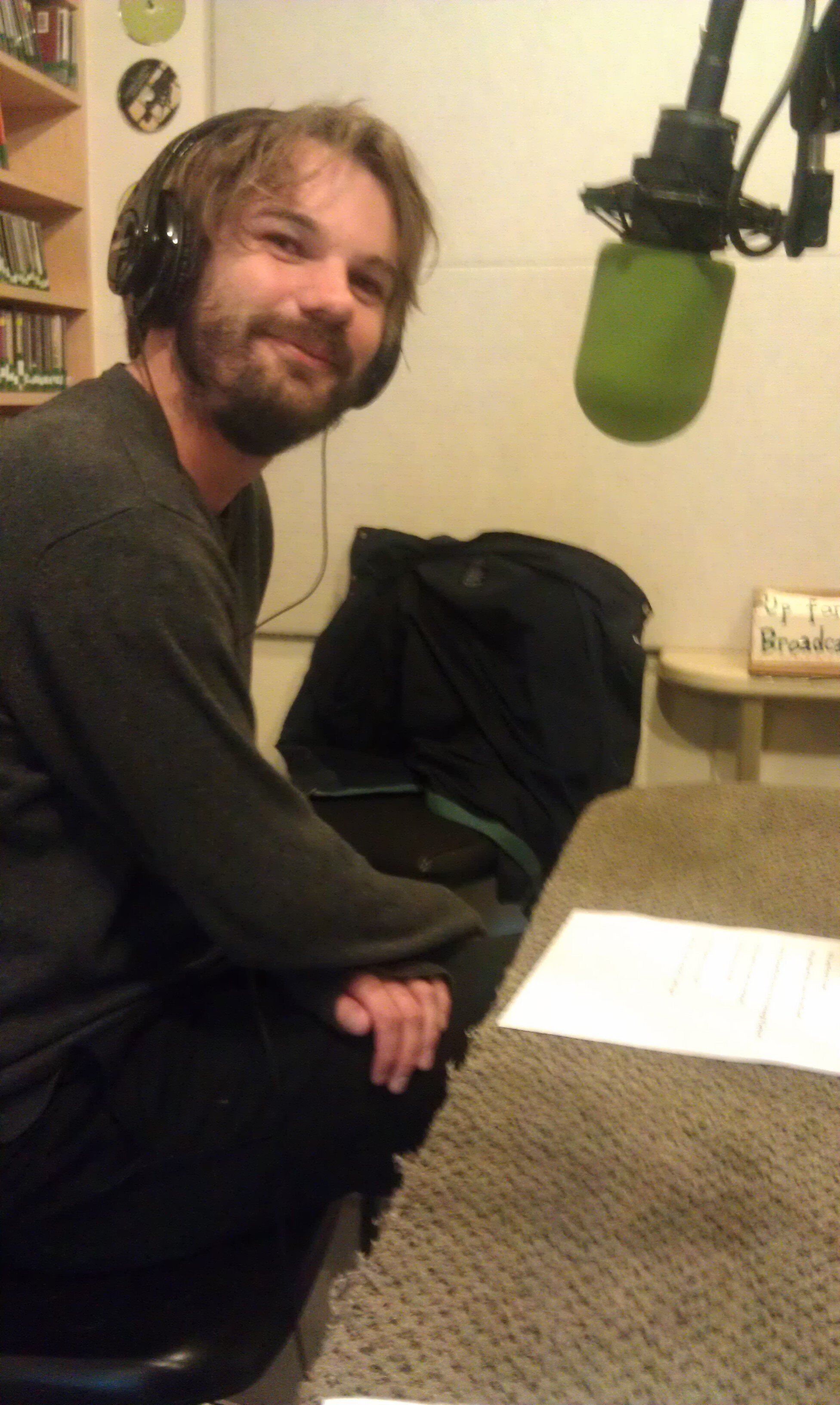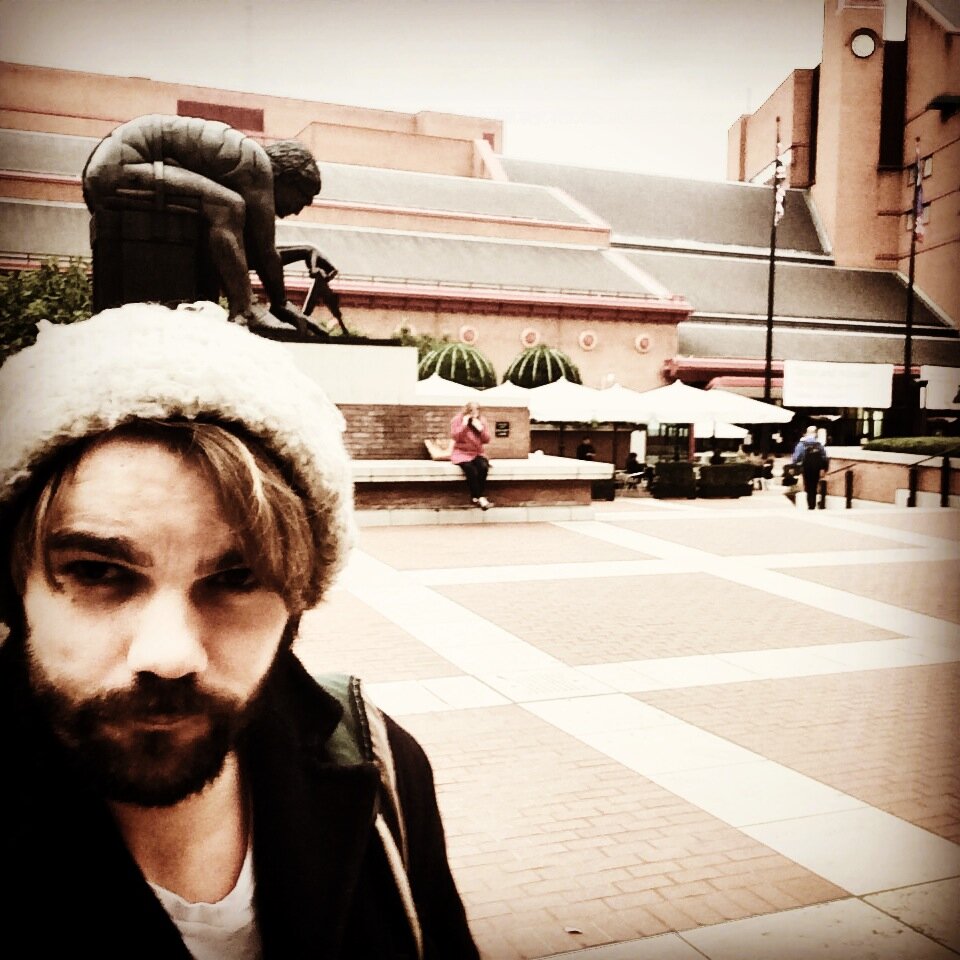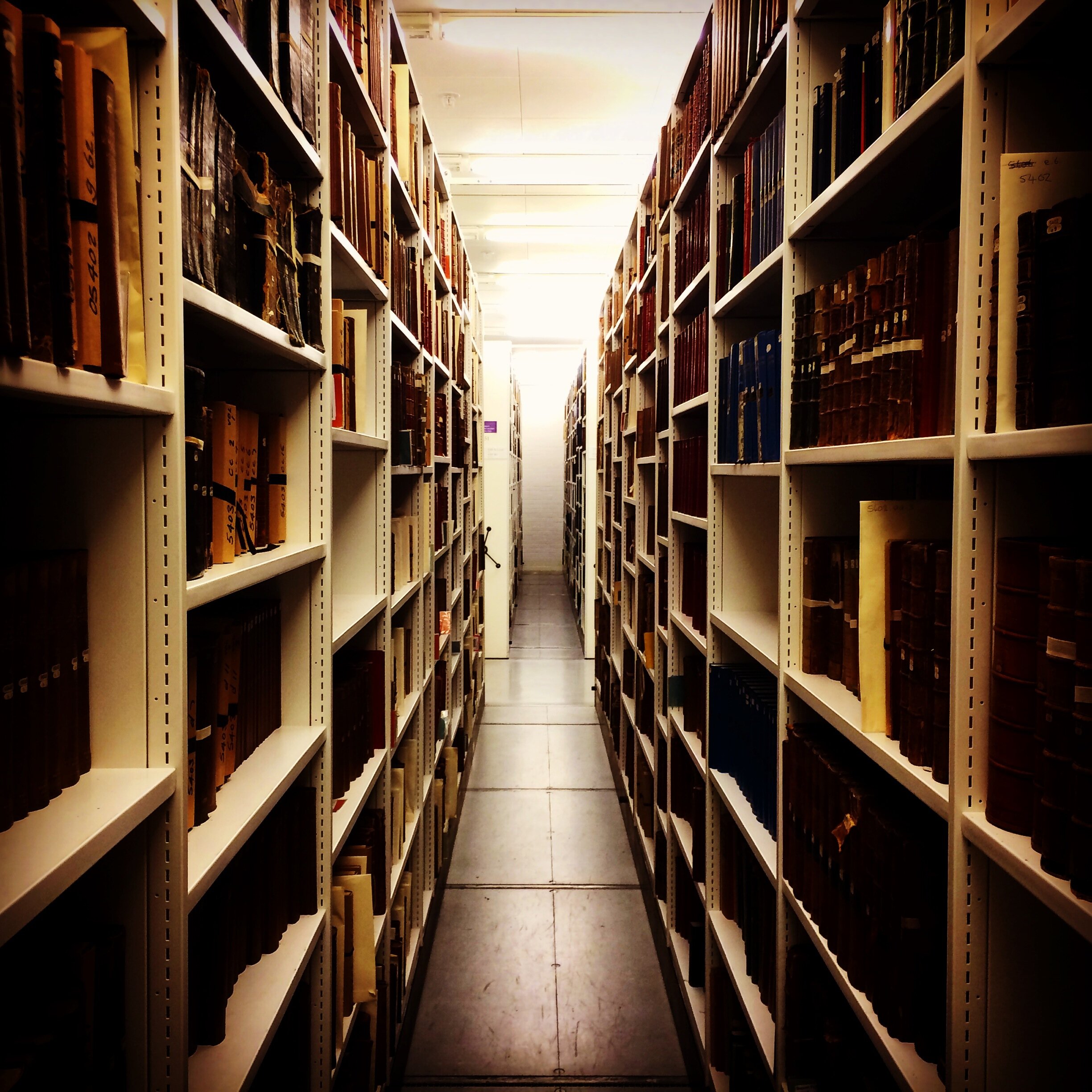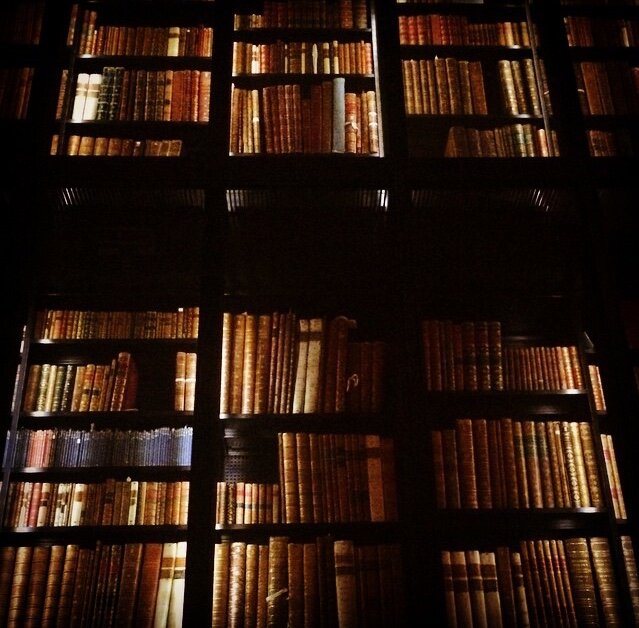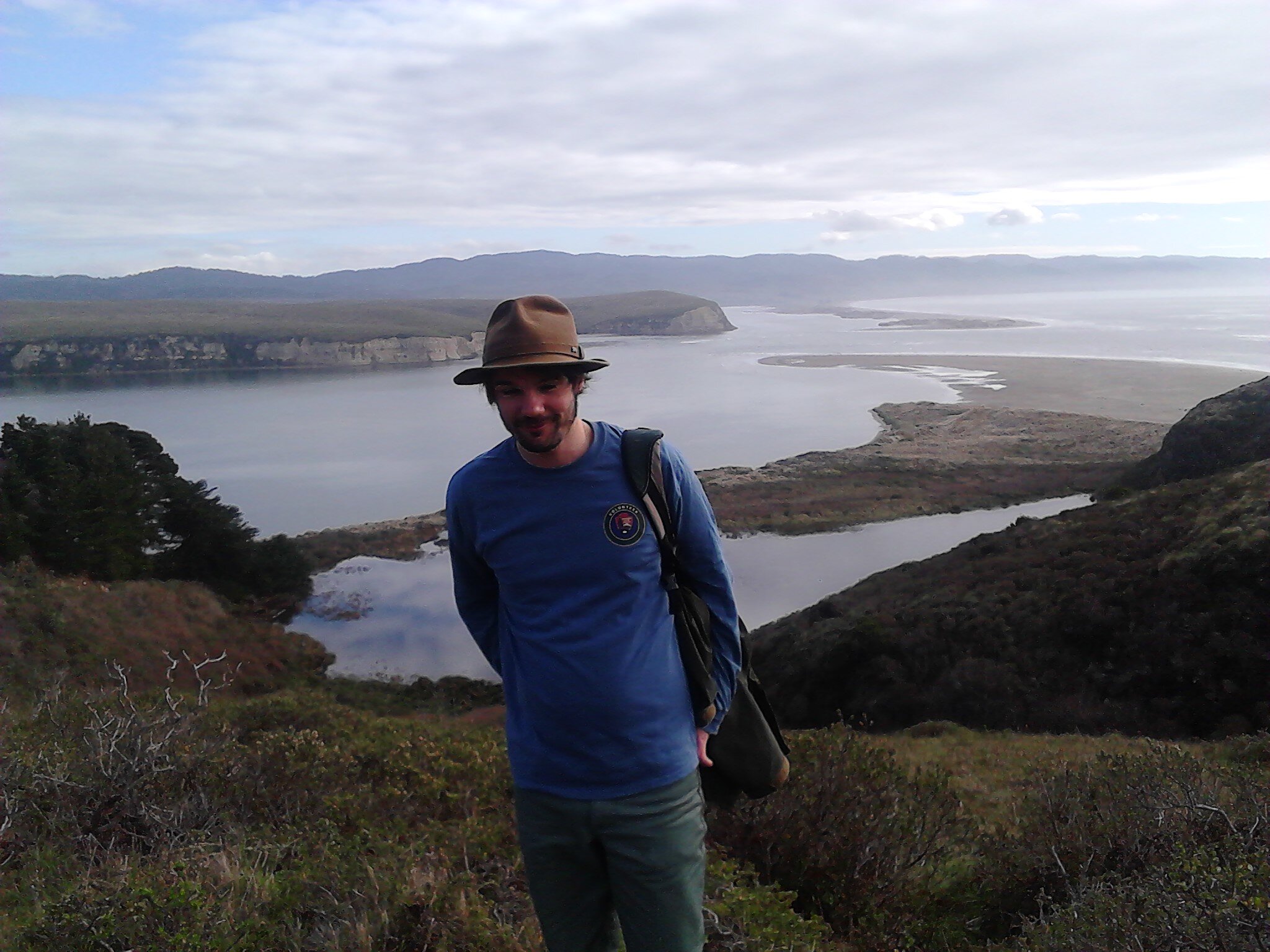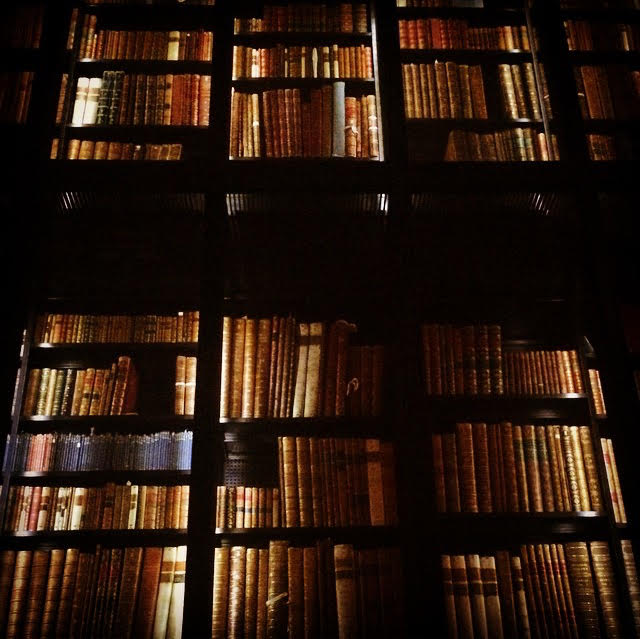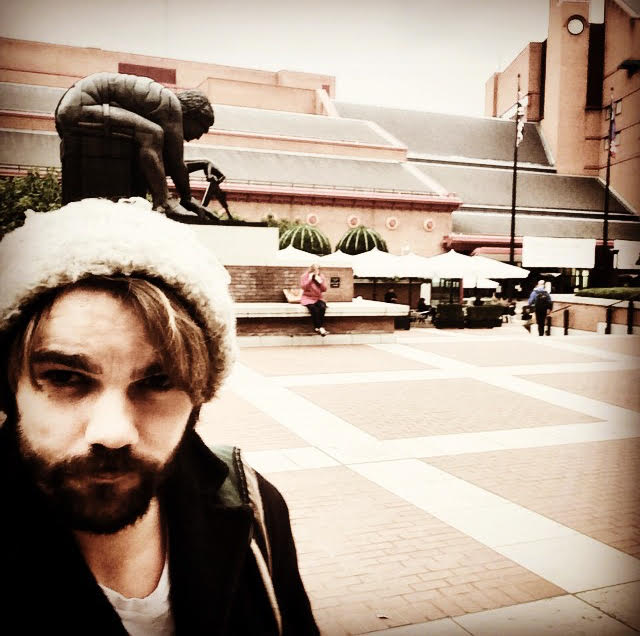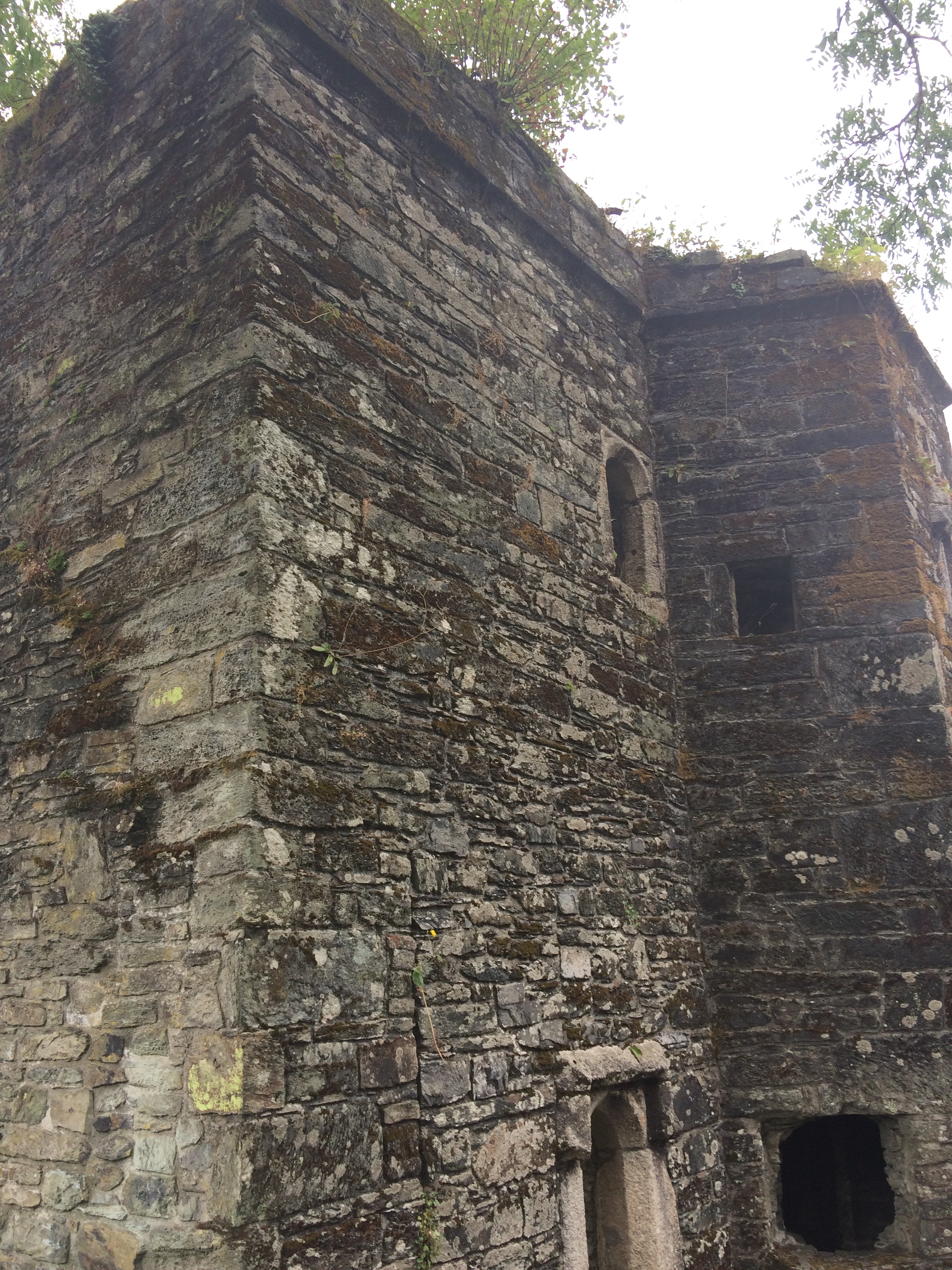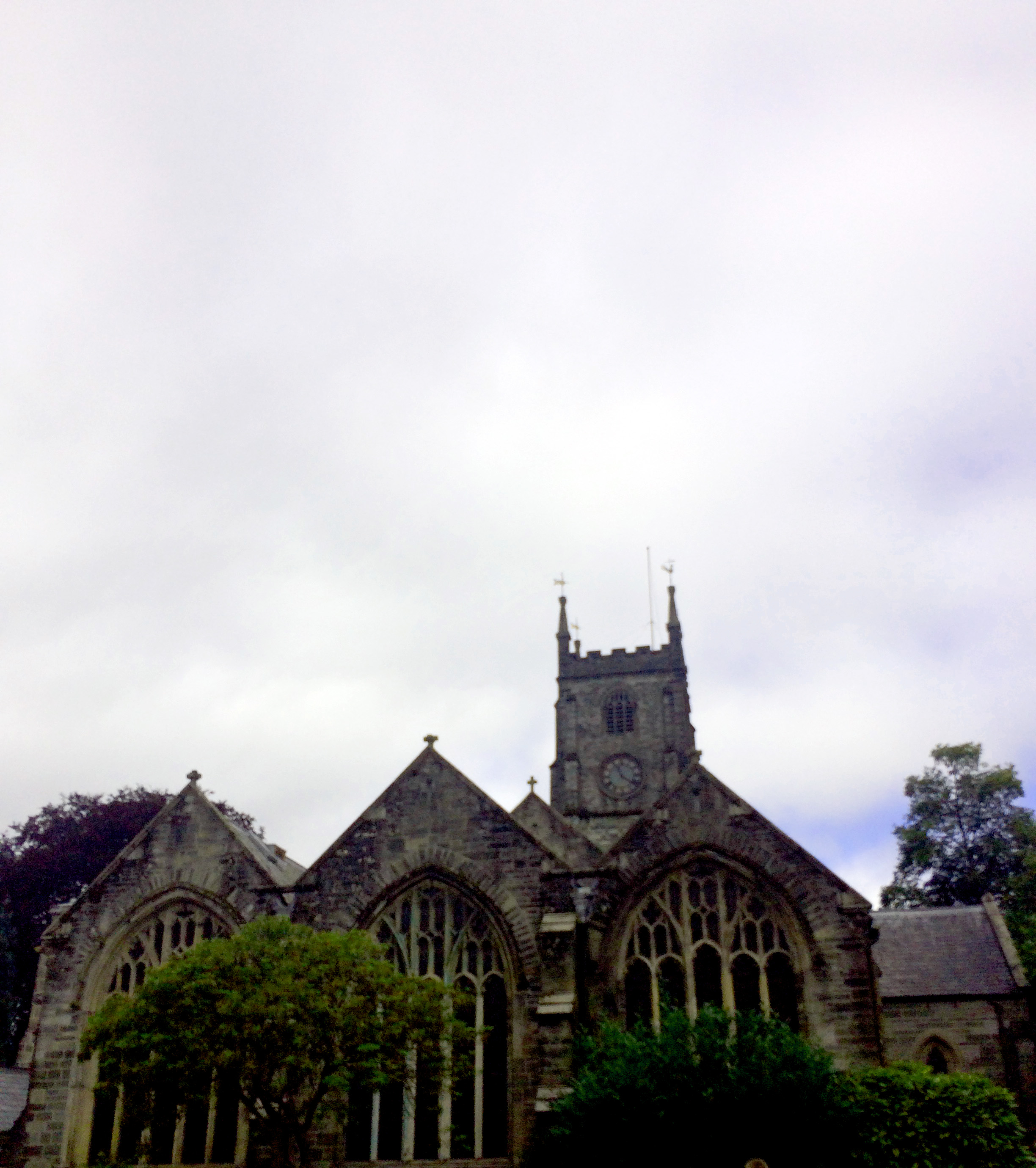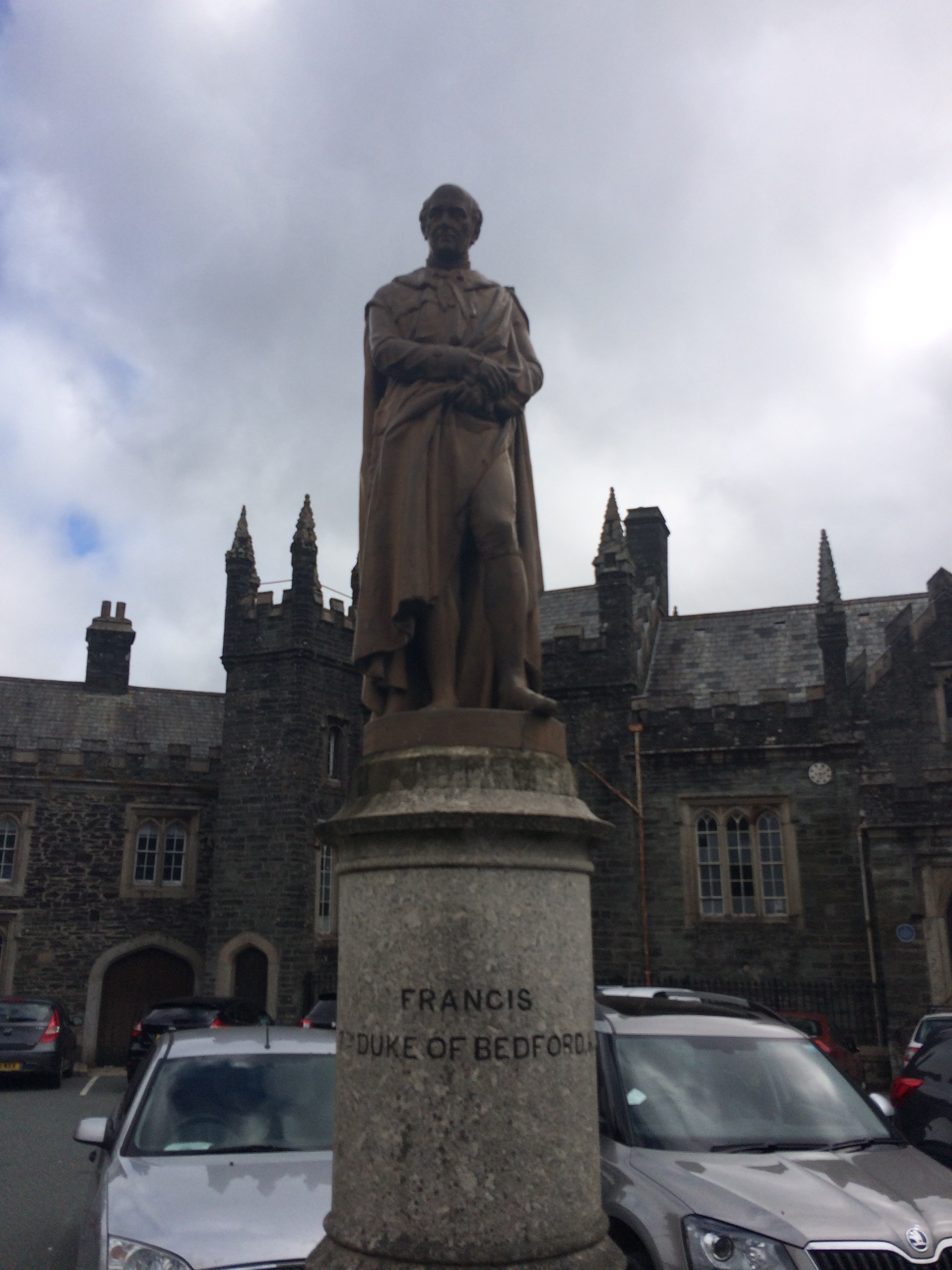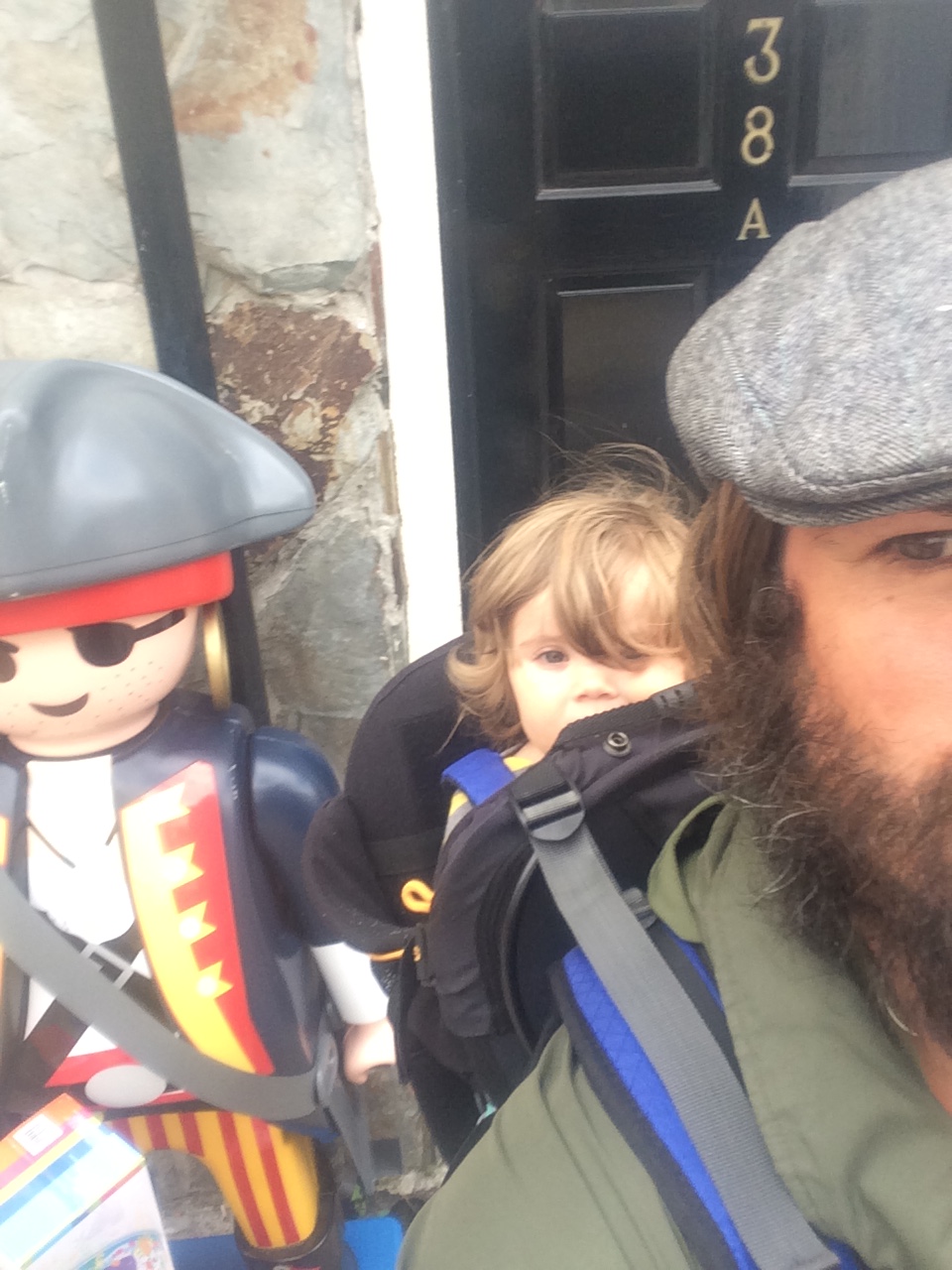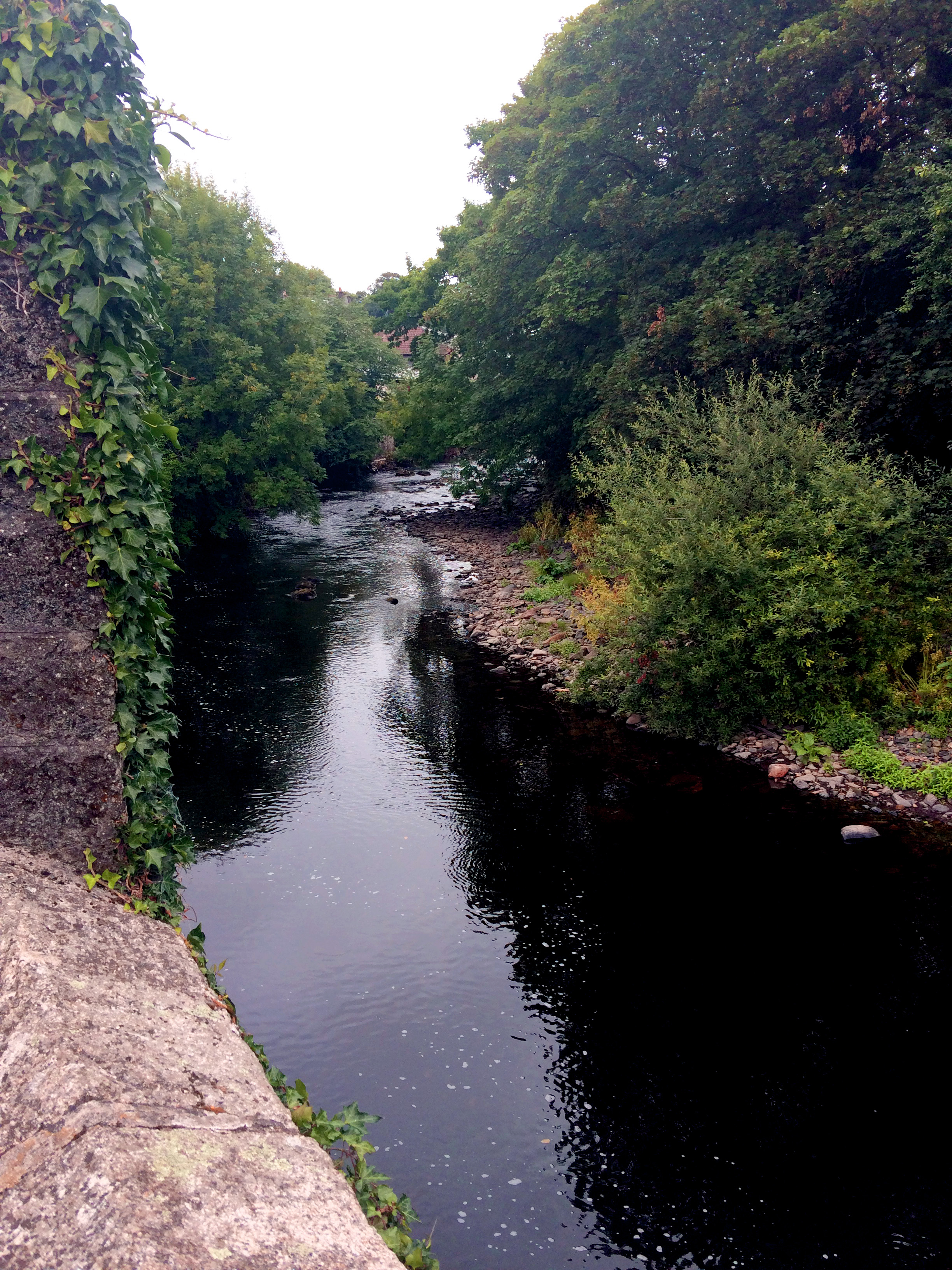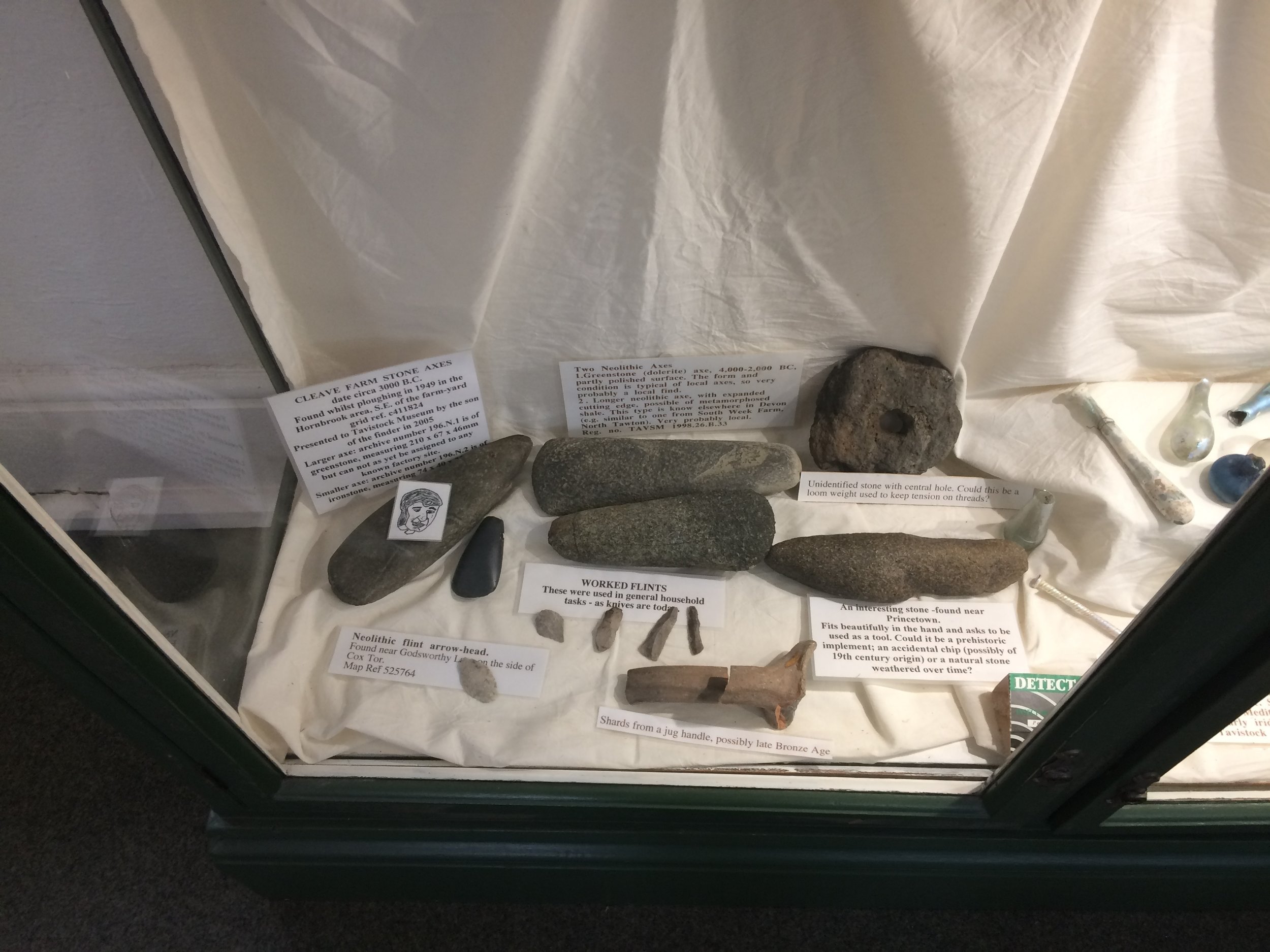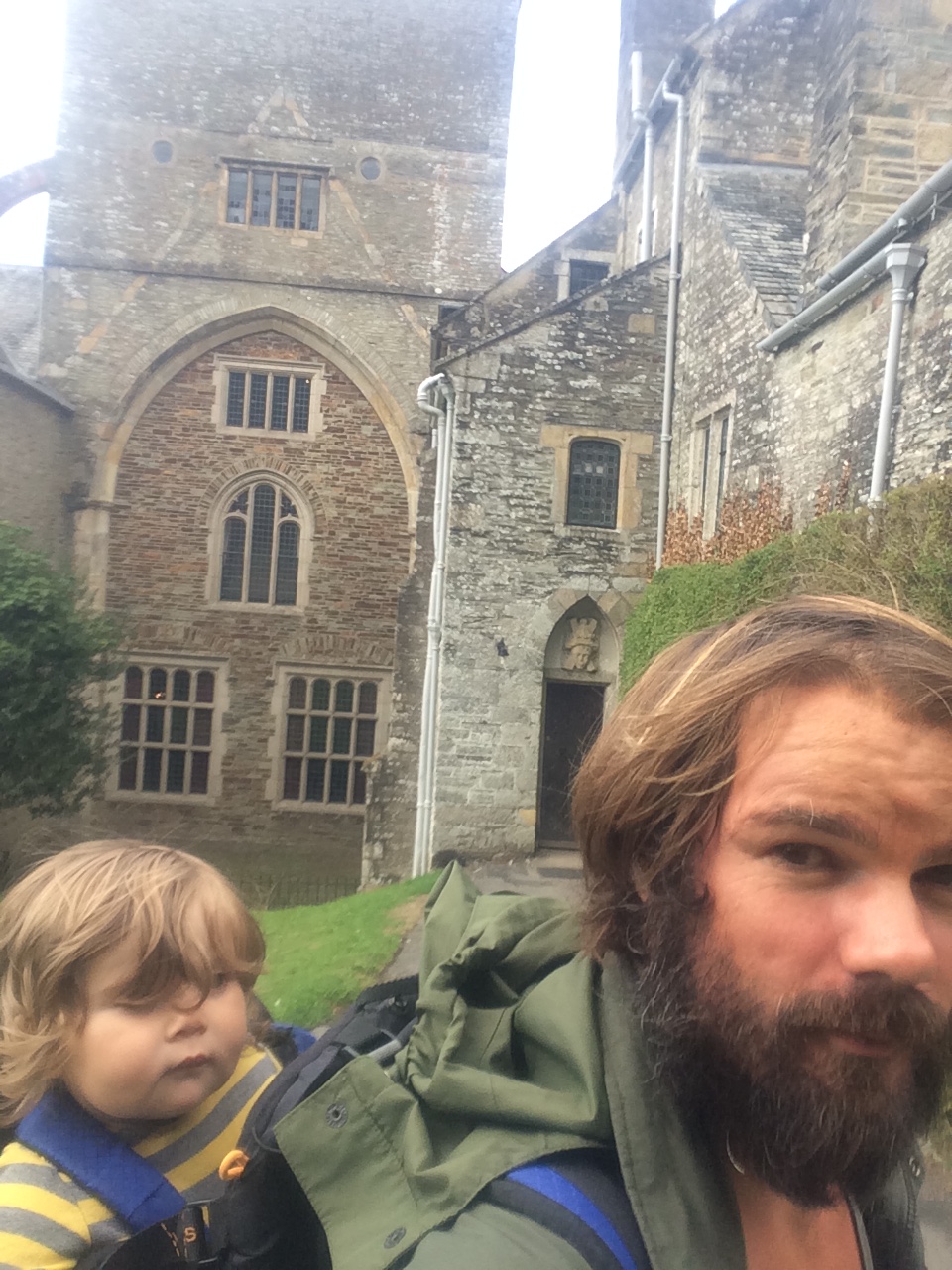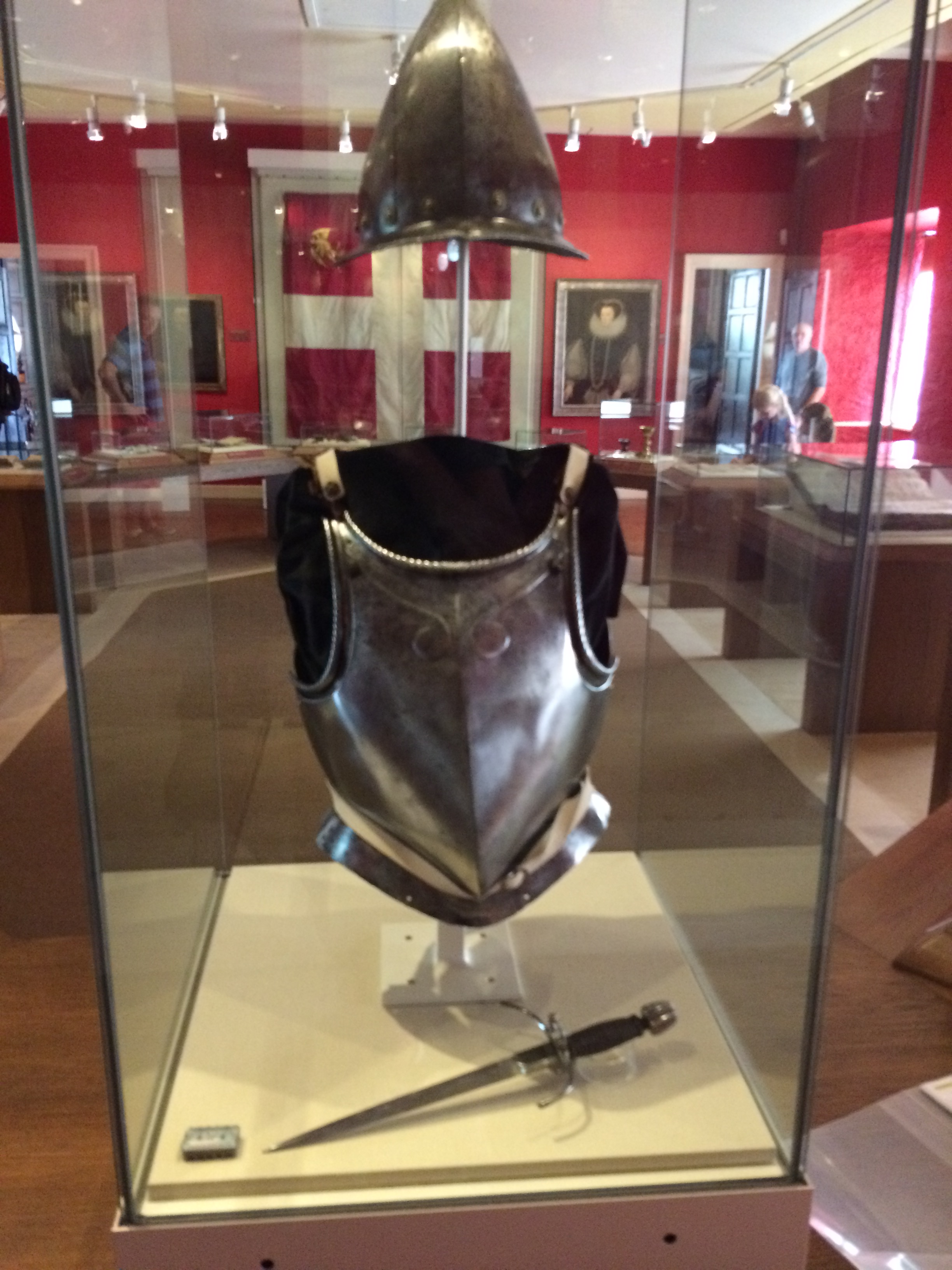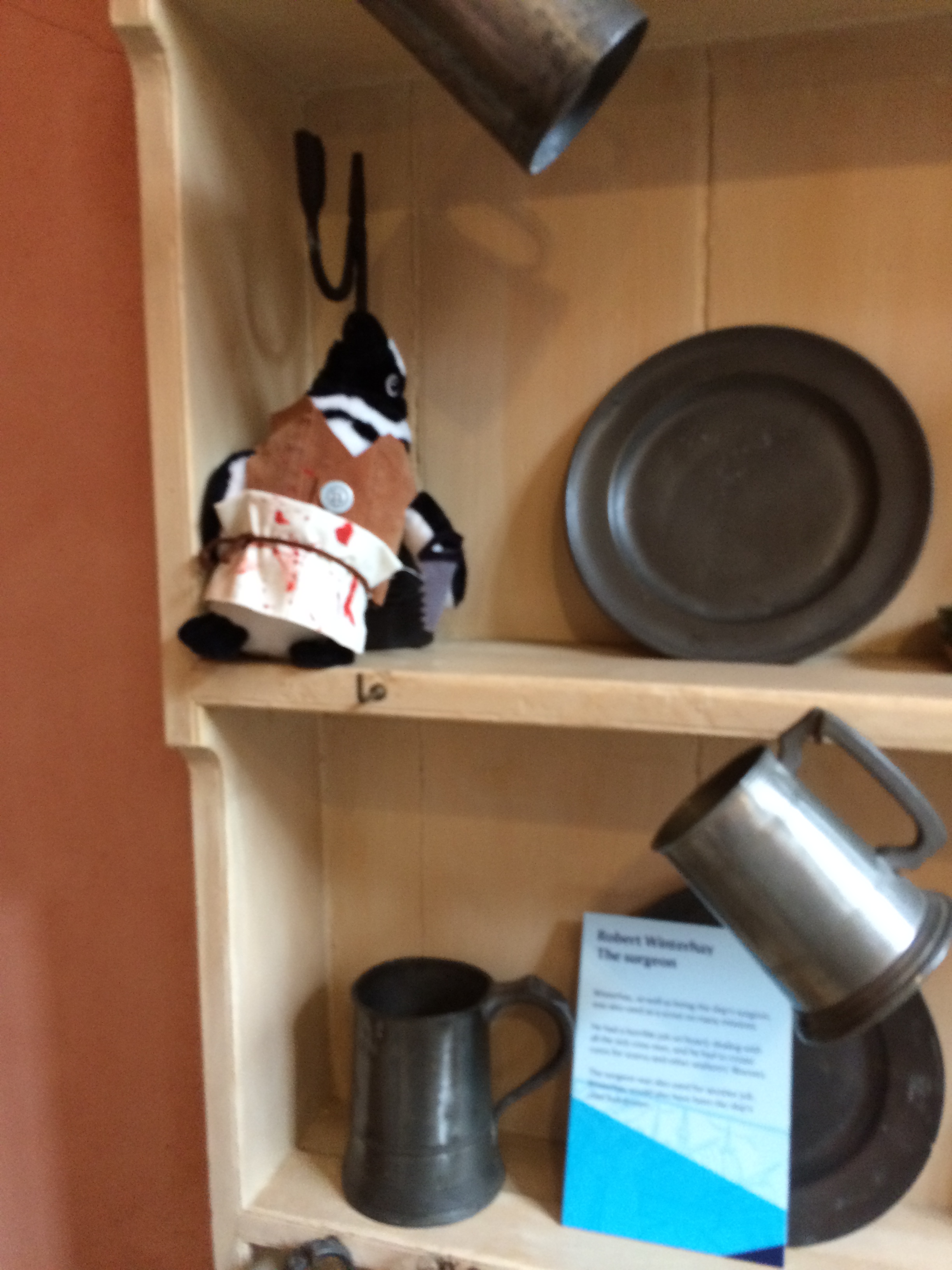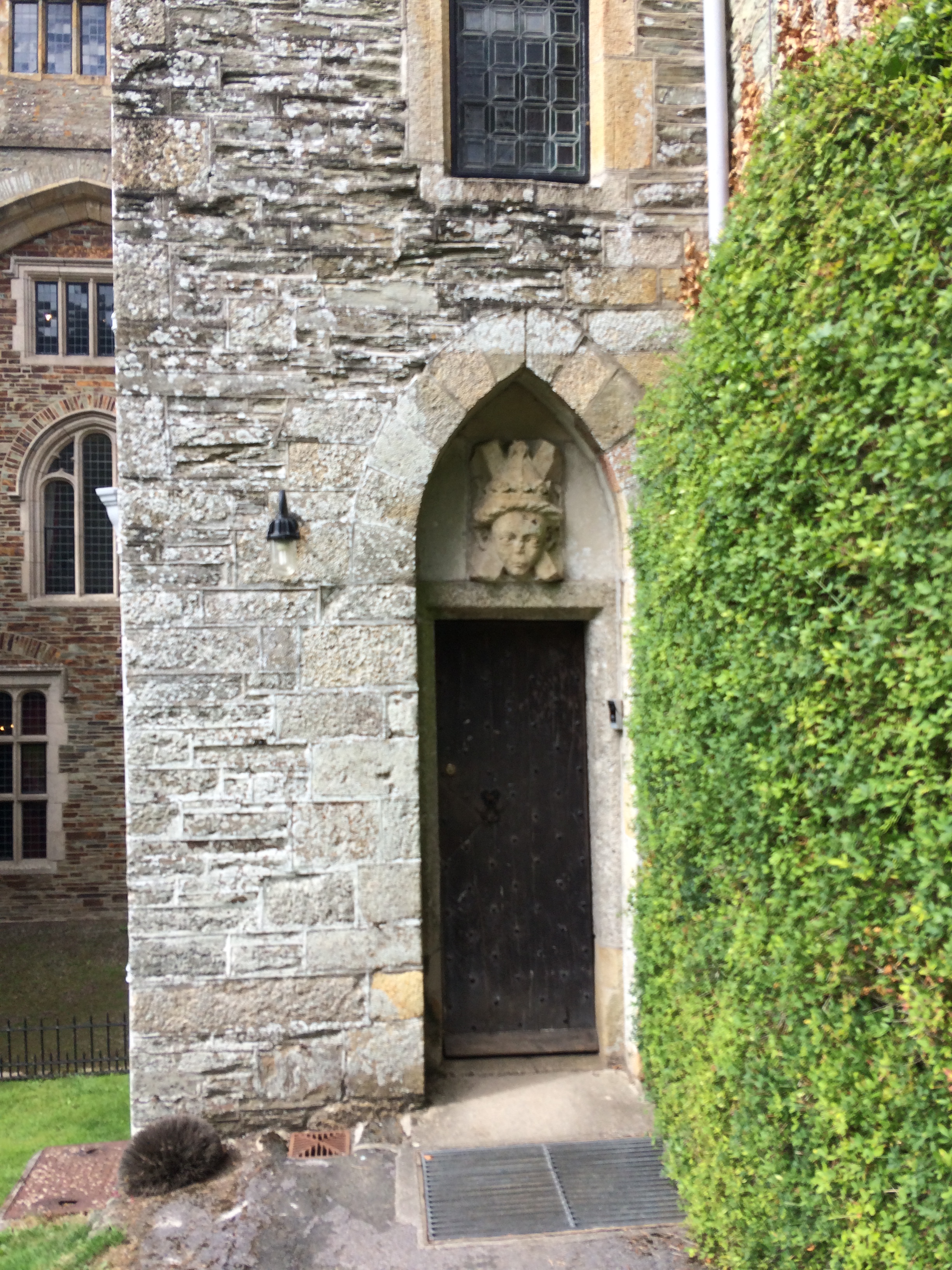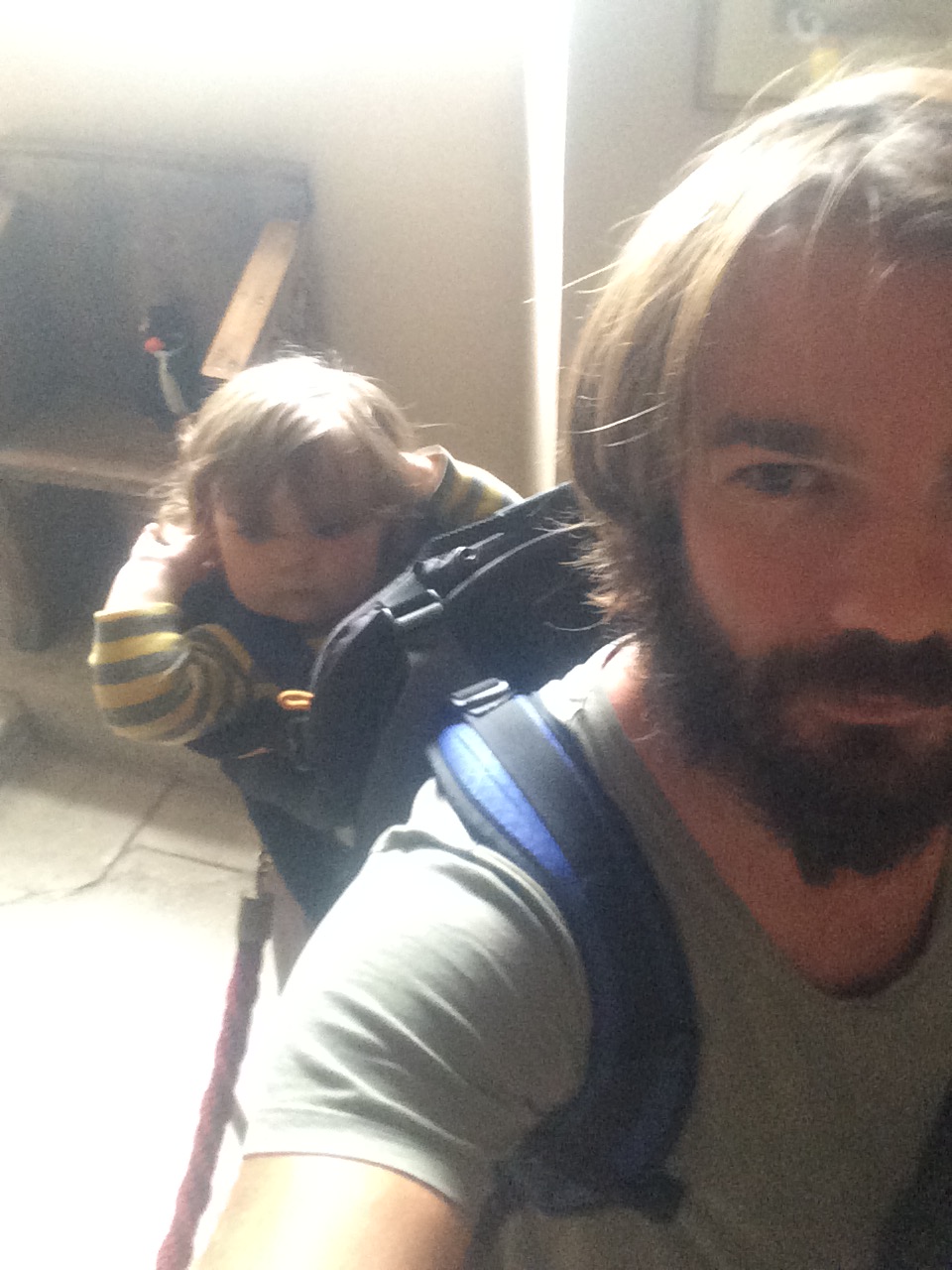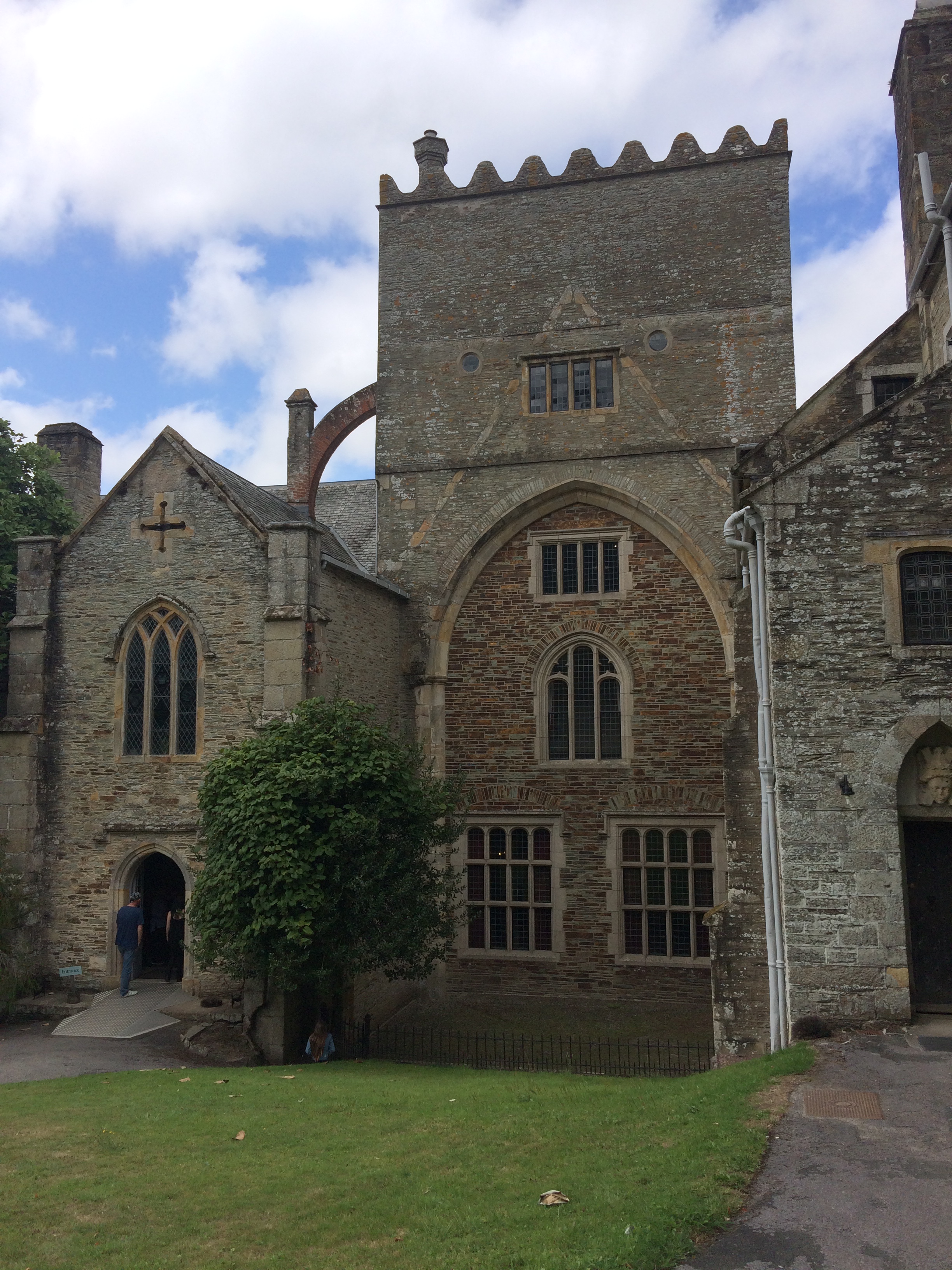Salty surf washes coolly across my face as rays of sunlight bounce and mix. Bubbles obscure my vision temporarily, and suddenly we’ve crossed the precipice to find ourselves awash in sunlight filtered through the wings of angels. Our world extends into a vast, unrelenting blue. The slow descent to the deep hazy bottom begins. Normally murky green and grey Scottish diving conditions blossom into memories of the Pacific, as Azure, Cerulean and Ultramarines unfold before our eyes, finally revealing pink and green kelp. The kelp sways in rhythm to the endless surf and tide. It feels natural, this sway and pitch, as Jacques Cousteau once astutely observed, “the tides are in our veins.”
As the bubbles rise in a steady stream up to the surface, we check our dials. 5m… 8m… 12m… We can see the ground rising to meet us and we check in at a final 27m, the pressure now noticeable. Careful fin flicks ensure we don’t slick the bottom. To do so would fill our entire field of vision with murk and sediment, harming the flora and fauna of this alien world in which we are merely tolerated guests. We set our compasses and navigate in the formation we’d practised for months, checking our bearings, always keeping an eye on the time and our air.
My dive buddy takes the lead, whilst I content myself searching for signs of shipwreck debris; a strange and out of place timber, a misshapen metal item, a rounded surface, a jagged or flat edge. The flash of my camera blazes the eyes of the fish that pass, curious and most blissfully unaware. Of the Esperance? Nothing reveals itself. I look about, maintaining our agreed-upon search pattern, moving ever westward when a motion catches the corner of my eye. A crab drifts on the current 20 cm from me and though I slow my kicks to avoid it, the current lifts it against my mask where the crab now attaches itself. Its small eyes scan my face. With this close encounter, I manage to muffle a scream, knowing full well that nobody – neither the crab nor my dive buddy – can hear me. It releases a claw from the side of my mask, threatening with a little snap, snap, snap, beady eyes still on me. Before I can make another move, it releases its other claw and drifts off on another adventure. I take a heavy inhale from my regulator before catching up the few meters of distance that have grown between me and my dive partner.
The kelp that envelops us in its embrace suddenly thins out, becoming a desert of sand stretching out ahead. To think this desert is unoccupied would be premature. Sand crabs scuttle about as we pass over, some threatening us with fighting claws, some preferring the safety and solitude of their underground homes. My right eye twitches slightly, hoping they don’t make any acrobatic attempts at my mask. Sanddabs flit past, visible to the untrained eye when swimming, before suddenly disappearing to the bottom. My dive buddy rubs his tummy, suggesting he would very much like to eat these dabs. I roll my eyes, a vegetarian with no choice but to humour my friend.
Still no Esperance. We look at each other, acknowledging that the search so far has been fruitless. A few more fin kicks and we see the outline of the Kartli. We know we’ve come to the end of the search zone. Air and time running low, we must navigate back to our buoy line and head to the surface.
Our return to the buoy is simple: Paul is a capable underwater navigator. We gently swim our way back across the sandy seafloor before coming back into the kelp forest. There’s a calm enjoyment in visiting this magical place where life abounds in 4D all around you; a wonderful number of little creatures, drifting, swimming and crawling about, blissfully unaware of your worries. Their serenity is contagious and by the time we make it back to the buoy, I breathe easily and forget that our hunt for the Esperance has been fruitless. We take a brief look at the kelp around us and with a nod, carefully begin our ascent to the surface: kick, kick, wait… Breathe… Kick, kick, wait… Breathe… Holding fast at our safety stop, I snap a picture of my fins for fun. These split fins have seen me through interesting waters, and today’s adventure will be another story for them to tell.
Hours later, safely back in our host’s home, I’m checking over my records and photographs, hoping to catch some glimpse of the Esperance that may have been missed during the dive, but no… A second dive hadn’t been possible with the surface interval required. I tinker with my camera, ensuring the casing hasn’t been cracked or compromised on the cow poo trailer ride back. We hadn’t the luxury of the massive body of cleansing water waiting for us on our return journey. The water troughs at the farmhouse were a real blessing, even if it did see three piratey divers in their skivvies, cold and muddied at the ankles, wrists and necks.
We joke that despite finding little, at least it has been a successful dive. A successful dive is one that you return from, I remind myself. And it’s true. We have all come back together for another evening meal on the Isle of Gigha. Tomorrow would involve less diving, with a coastal survey planned for another potential crannog, followed by an evening home visit to a lady who has a strange lintel stone. There’s been no sign of the Esperance, but further research and high-tech equipment will prepare either us or the next wave of researchers that come out to chance their luck at finding her.
McSporren yells to us. He’s made grilled, “vegetarian” sanddabs to celebrate the day. My little team will be thrilled, but I already feel like I’ve ingested enough of the sea today.
I think I’ll opt for the aqua vita instead.

